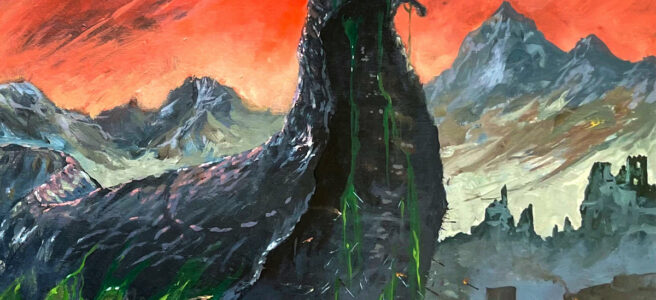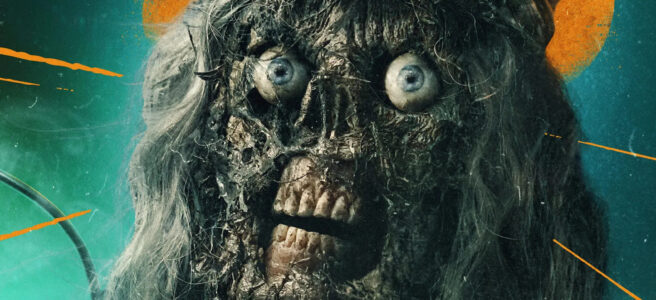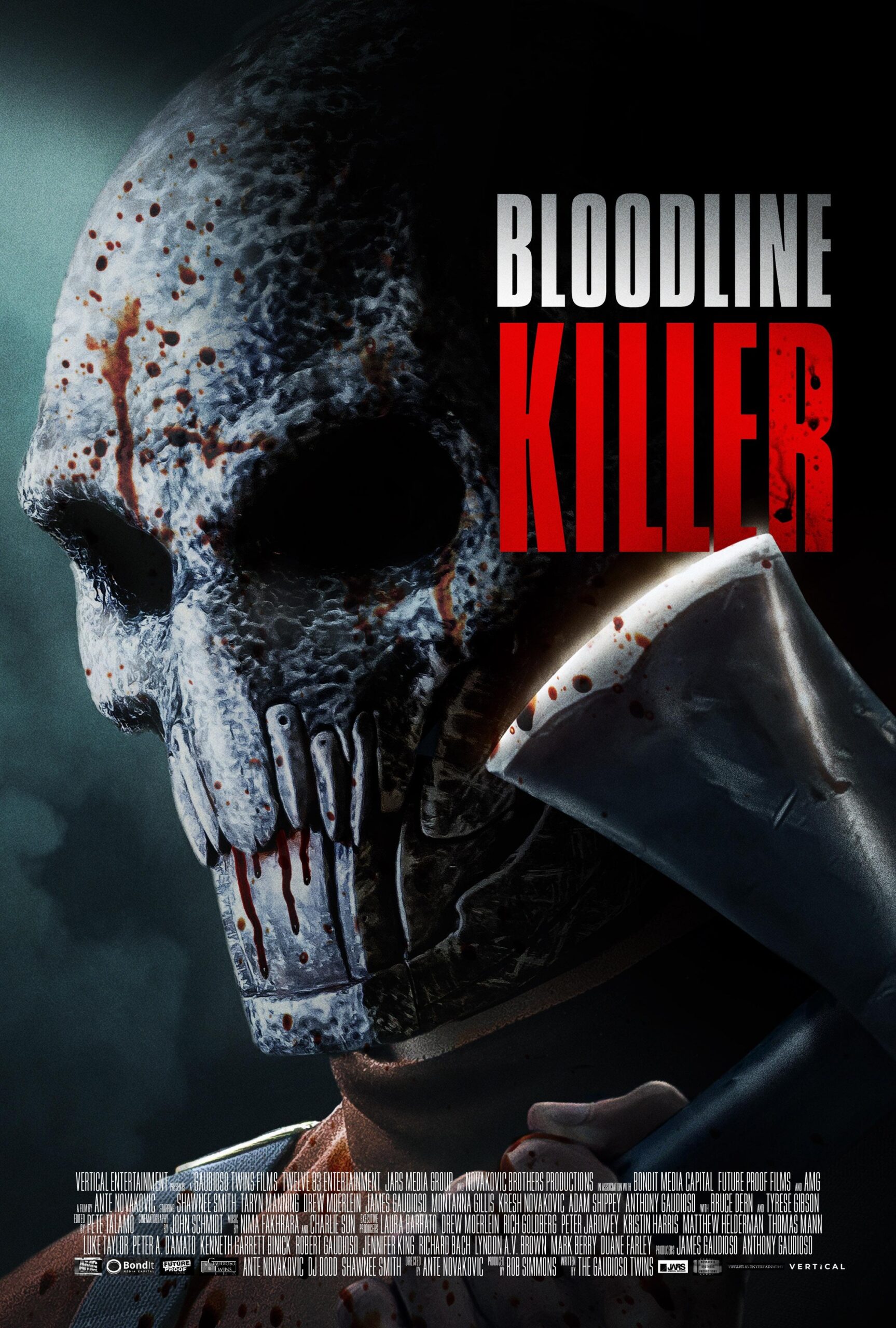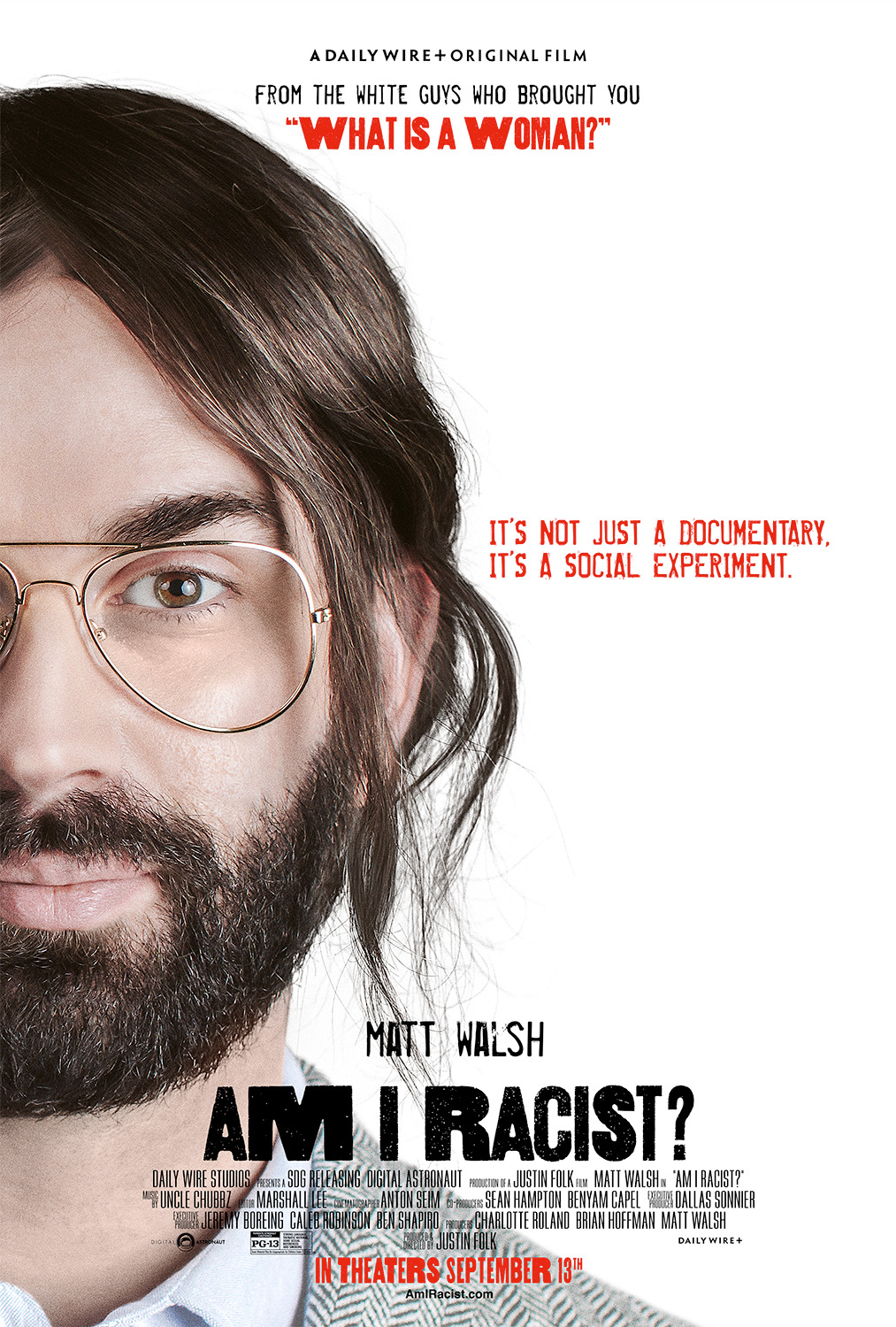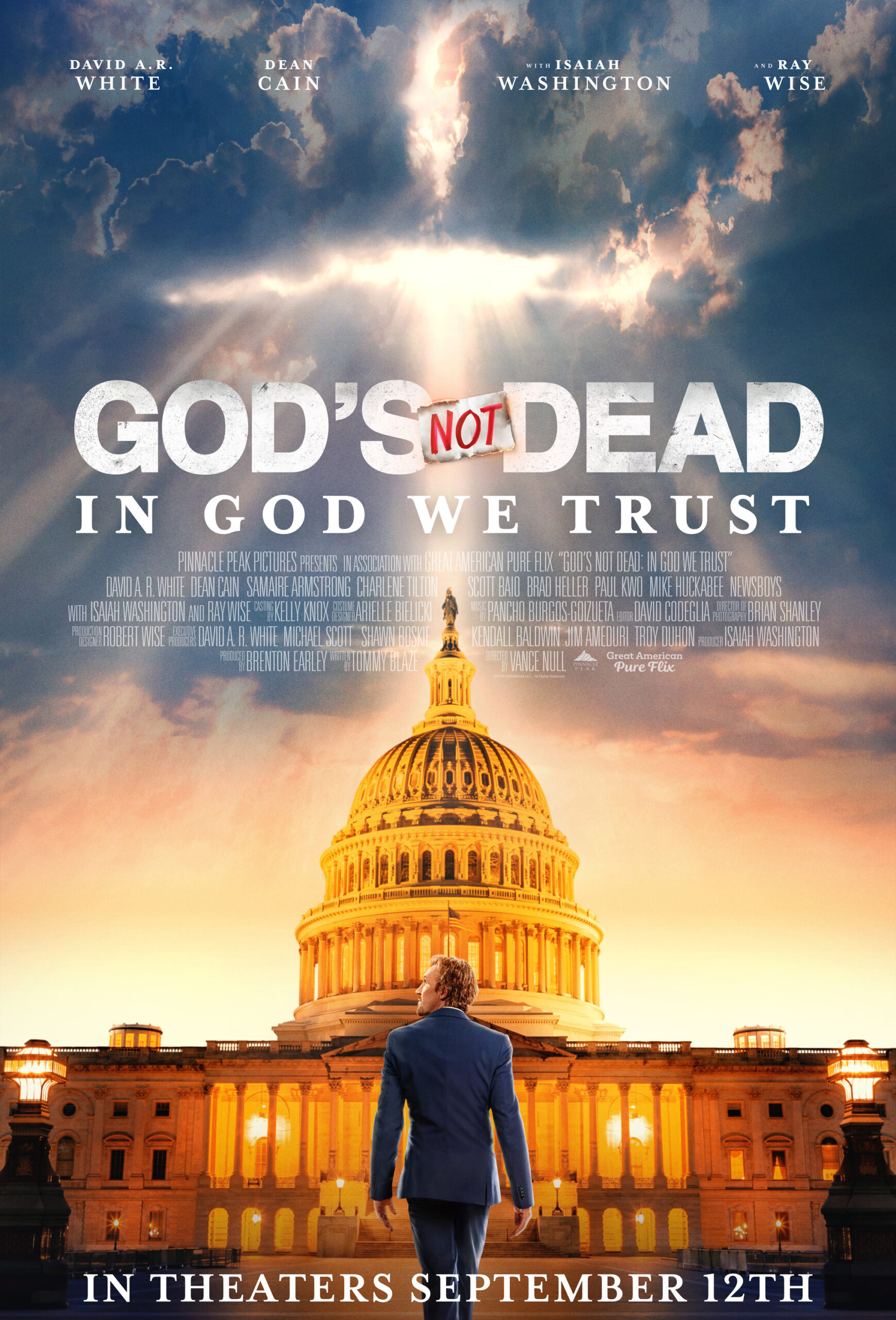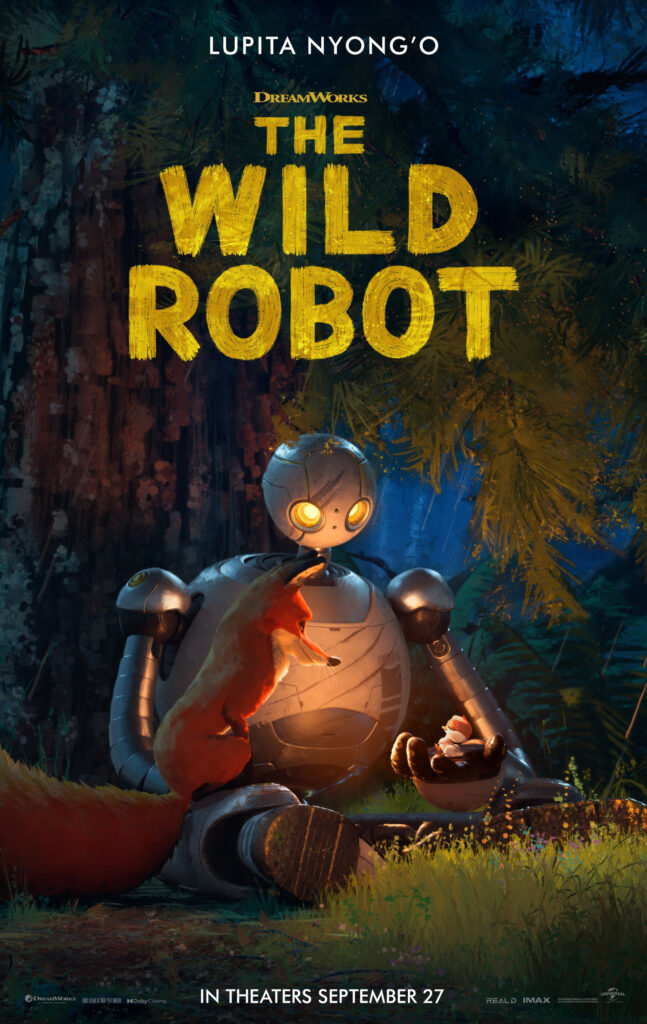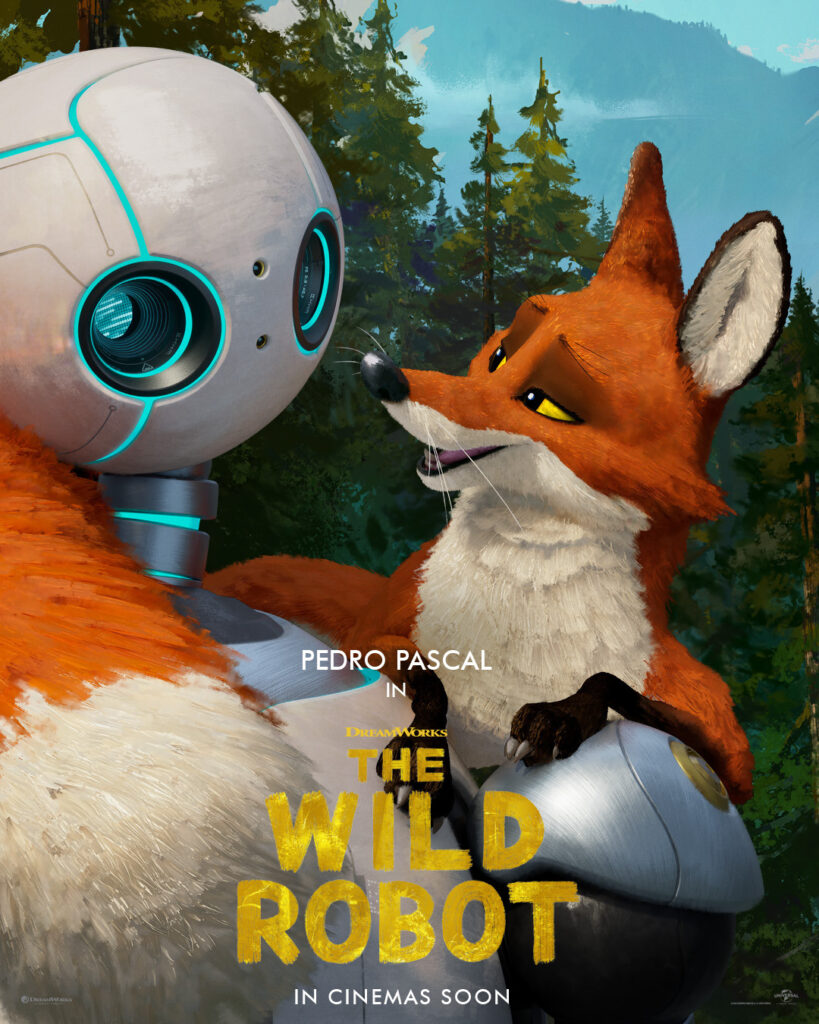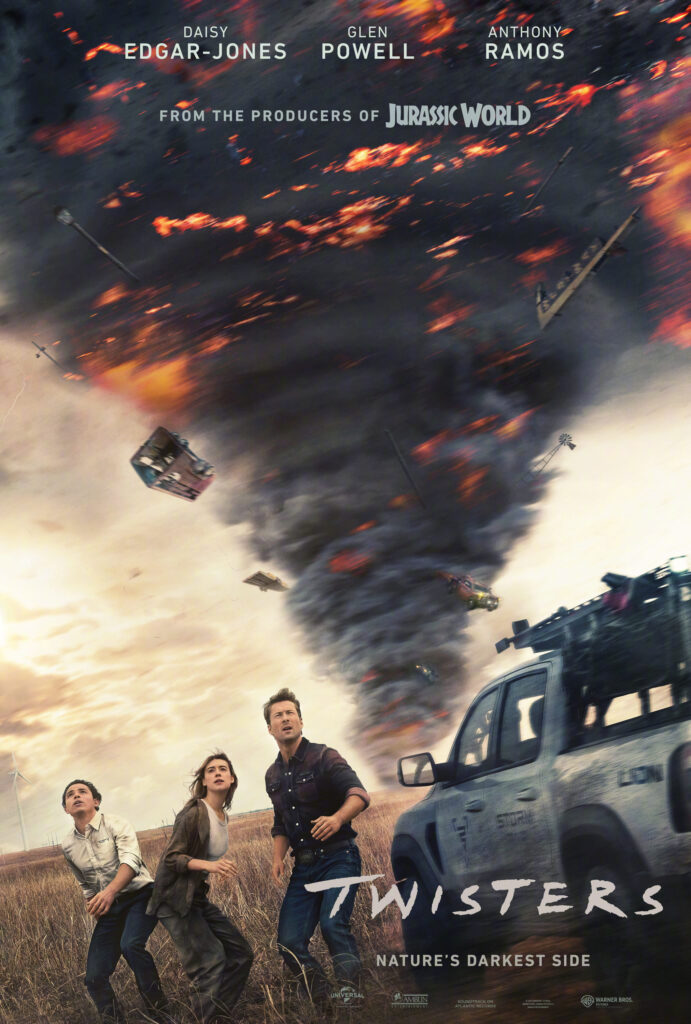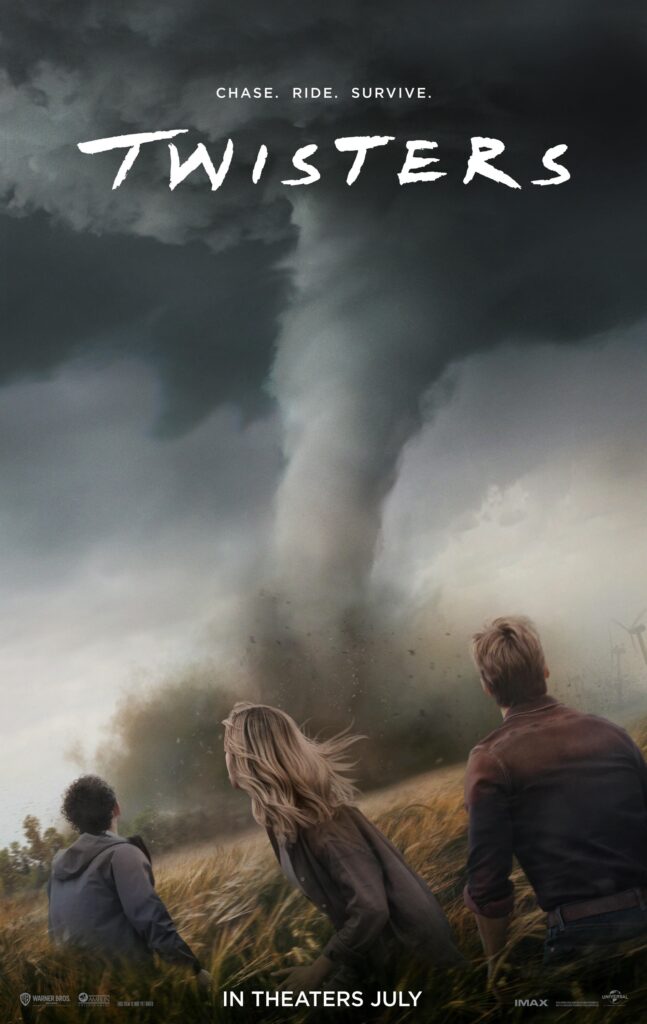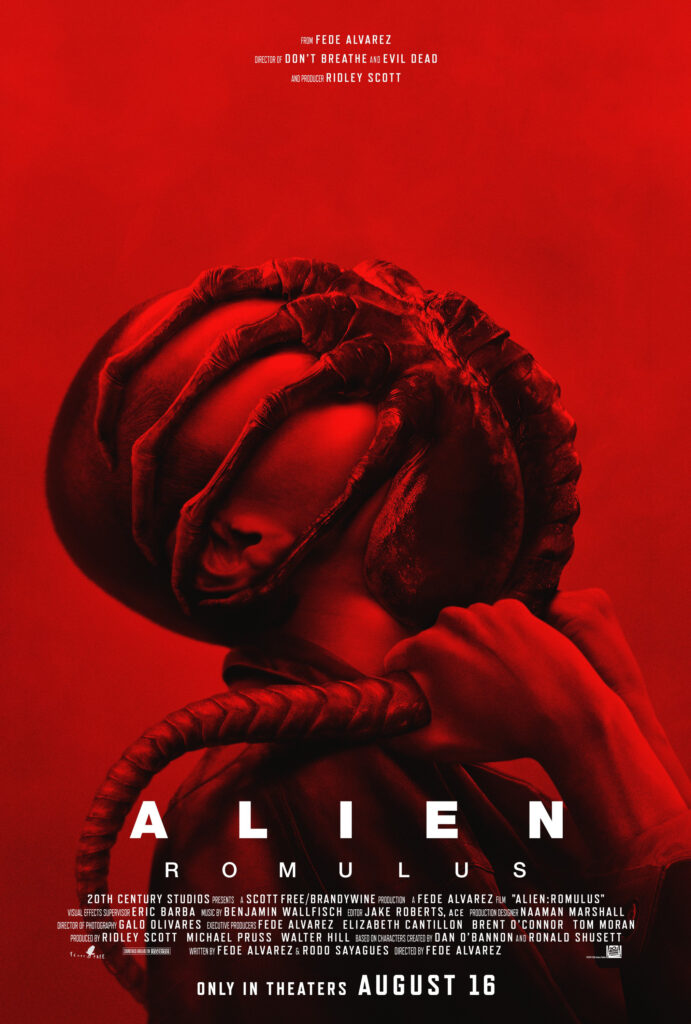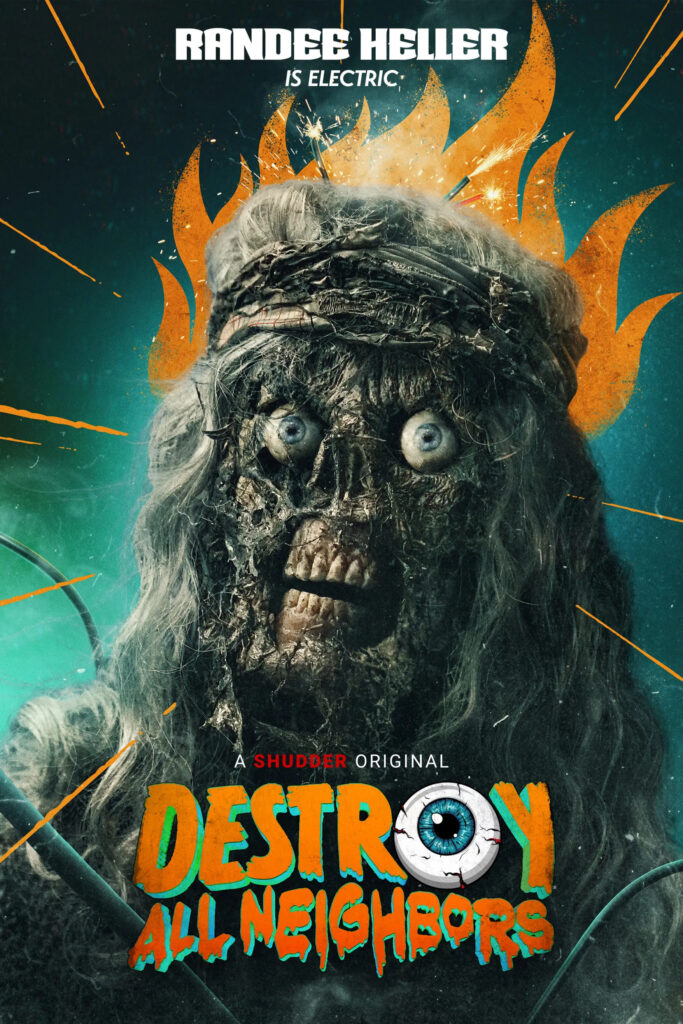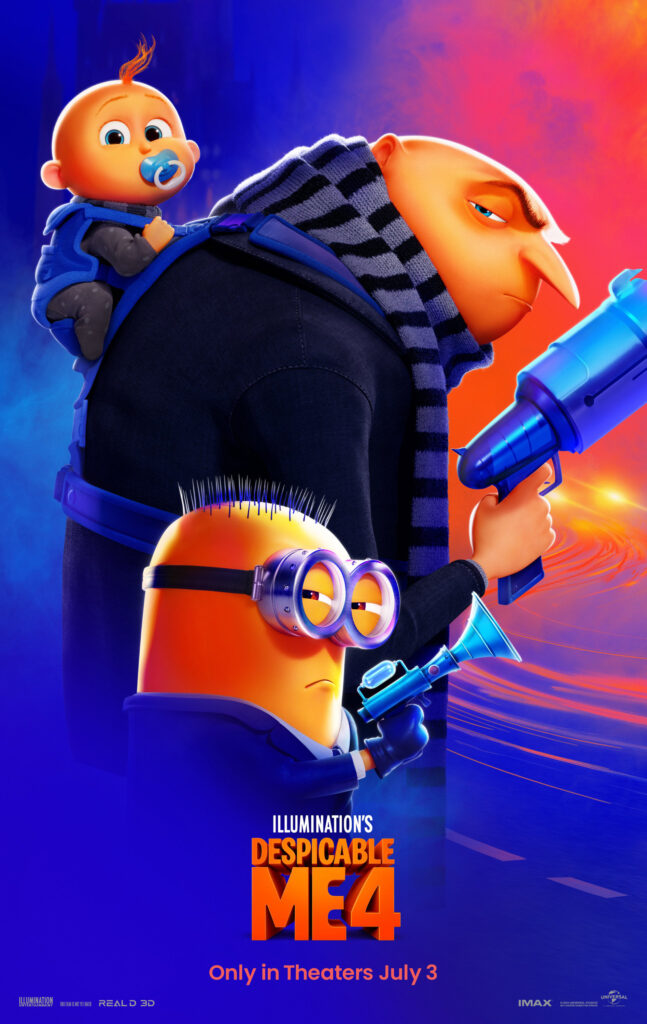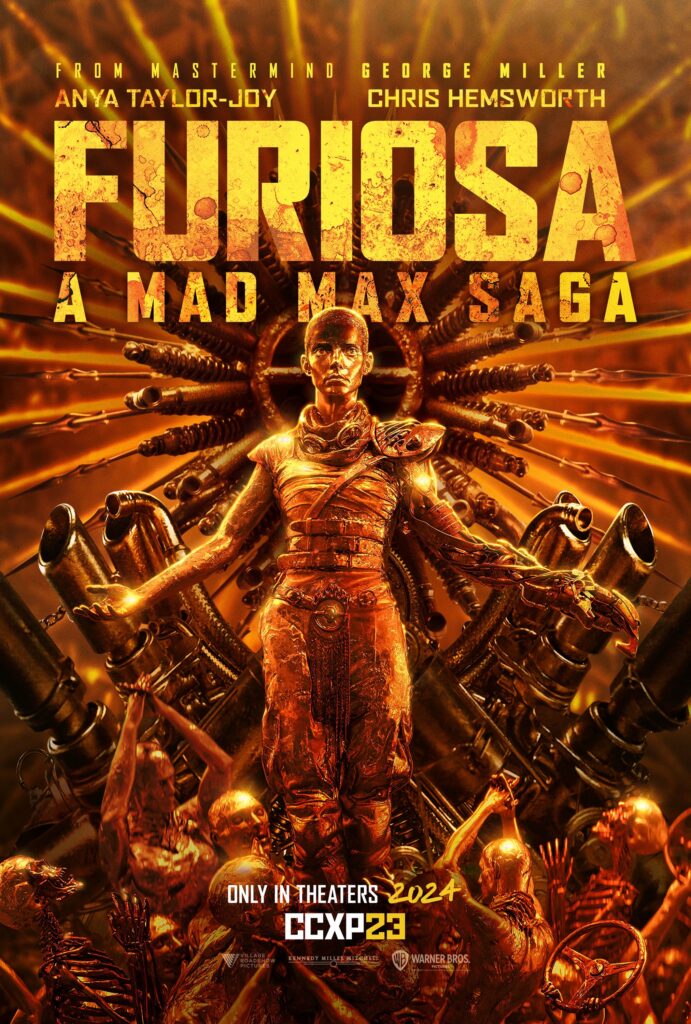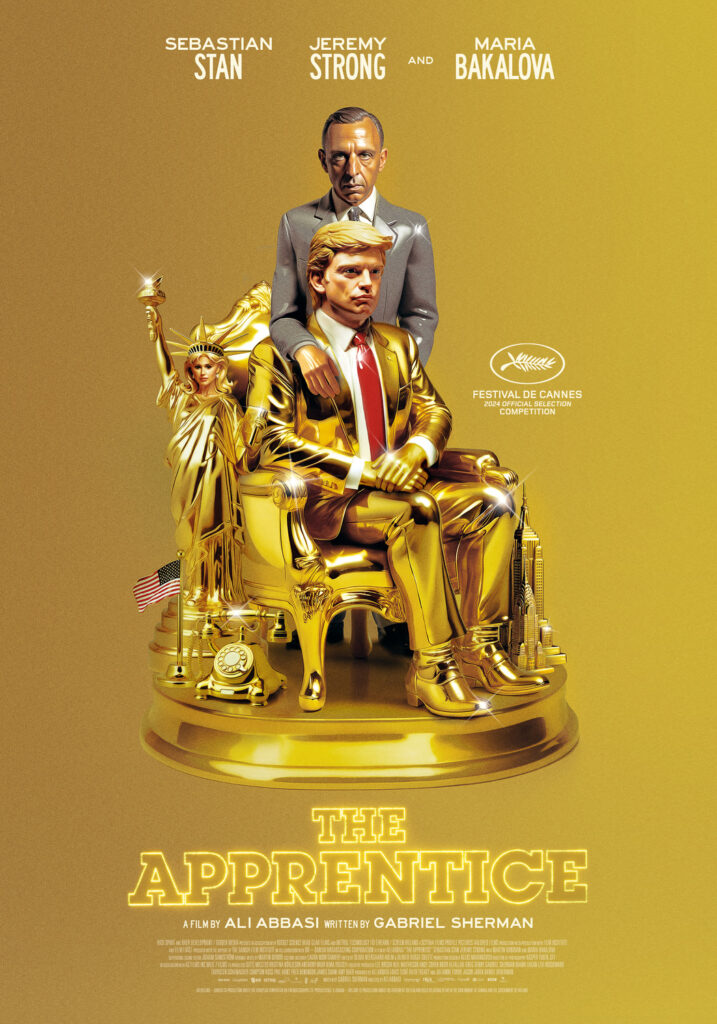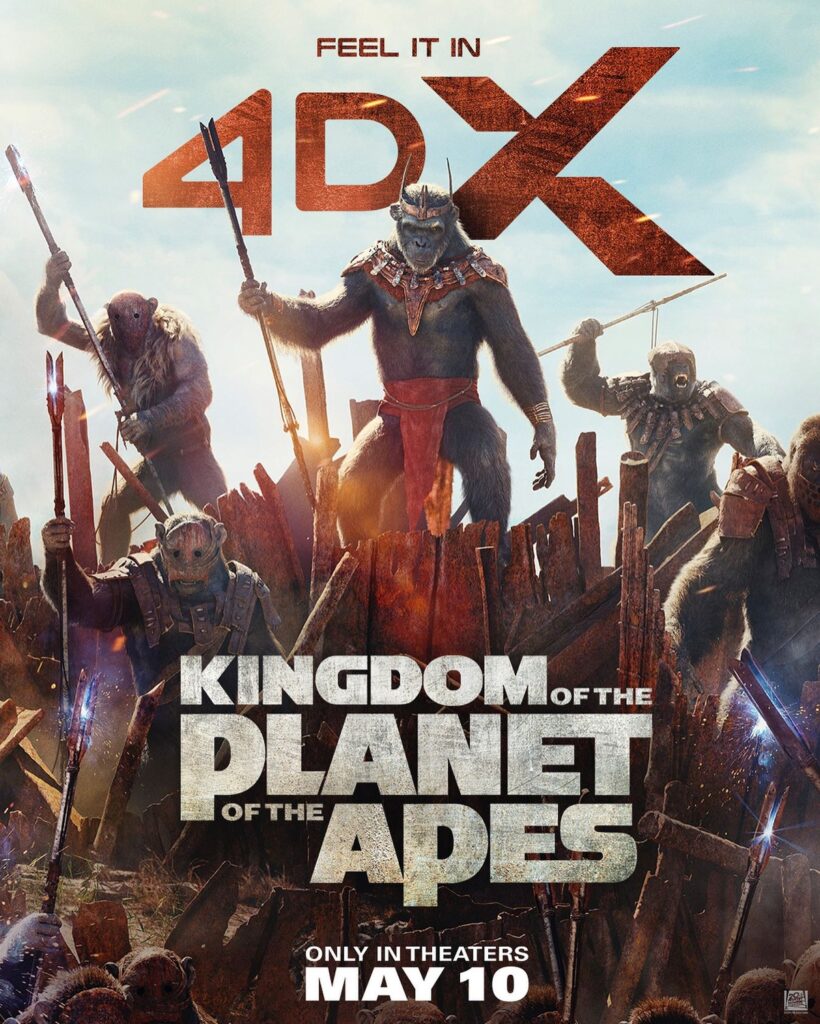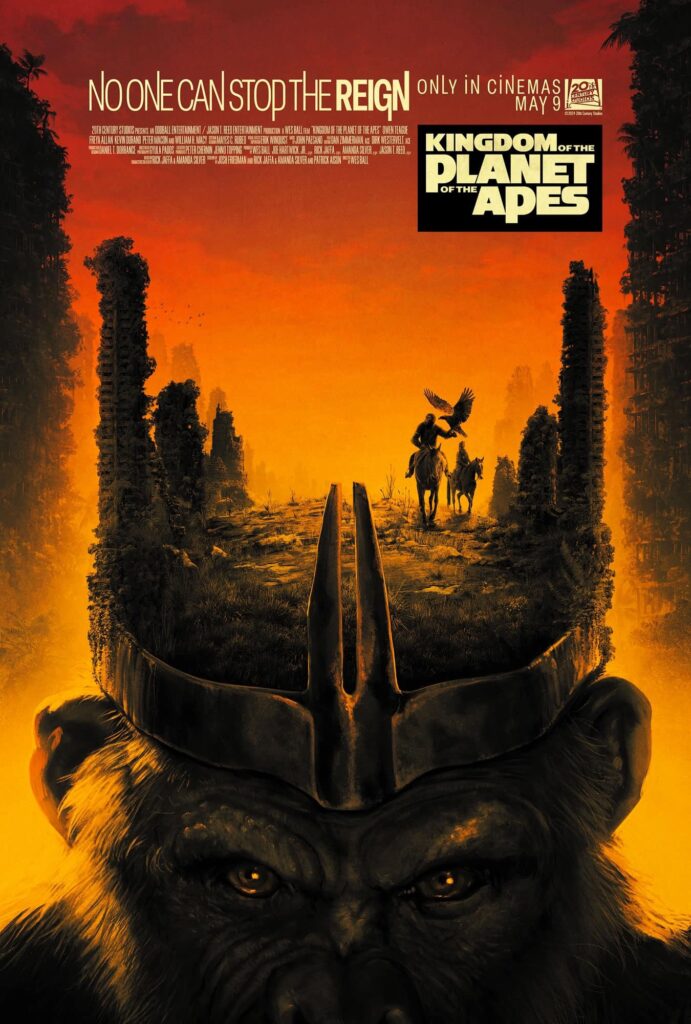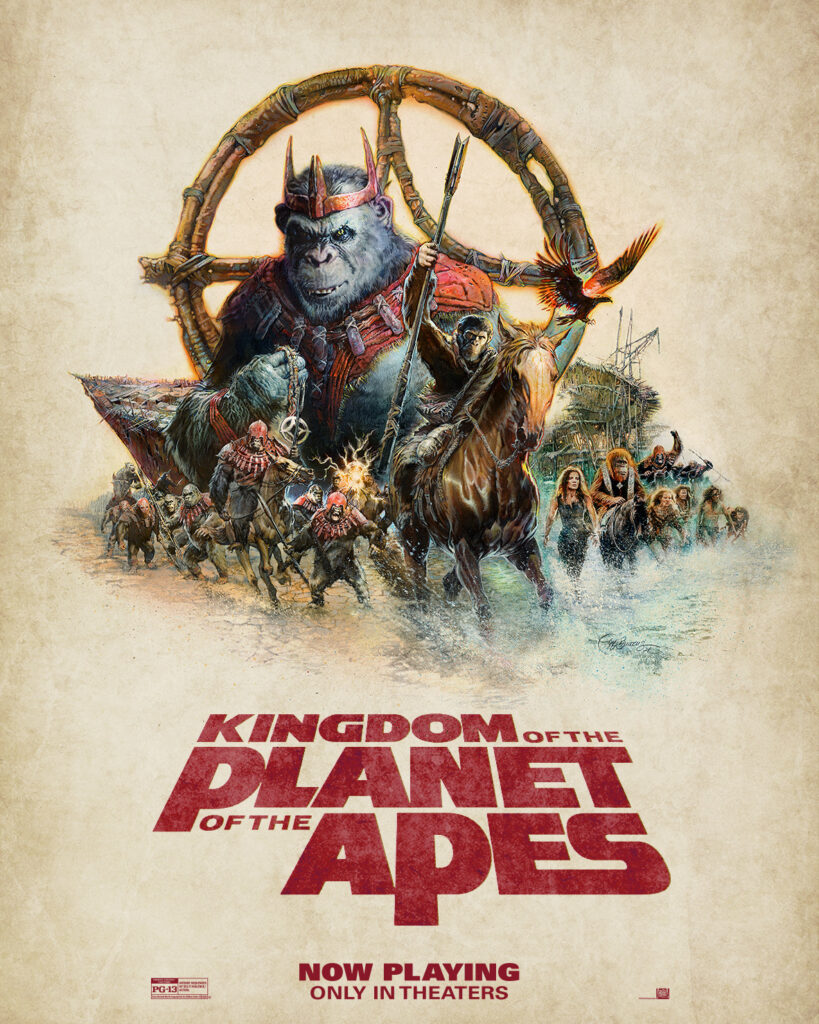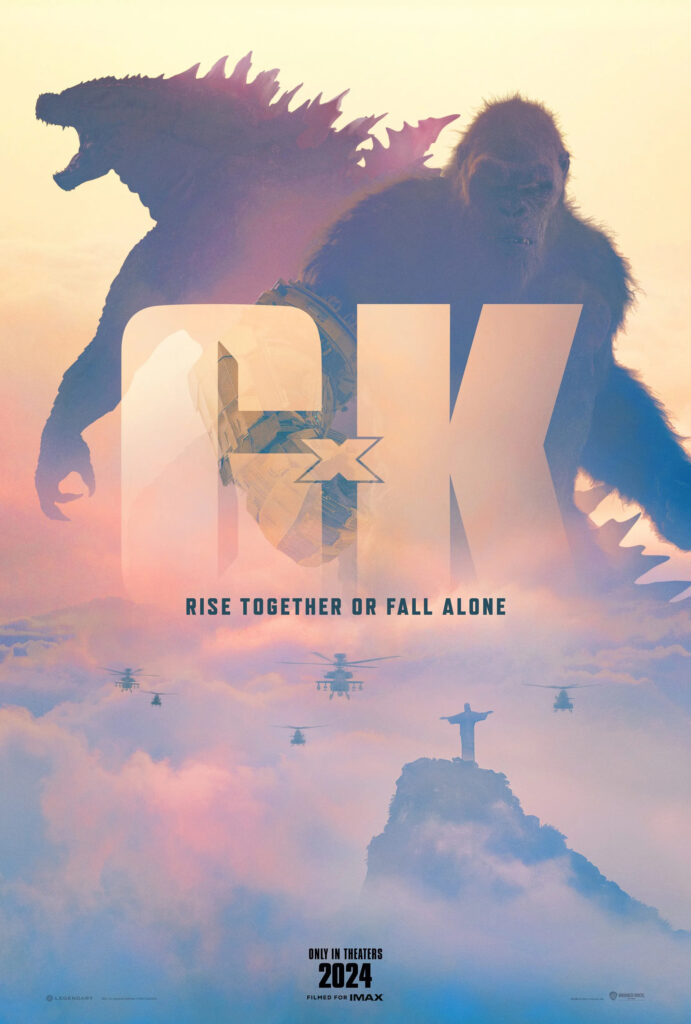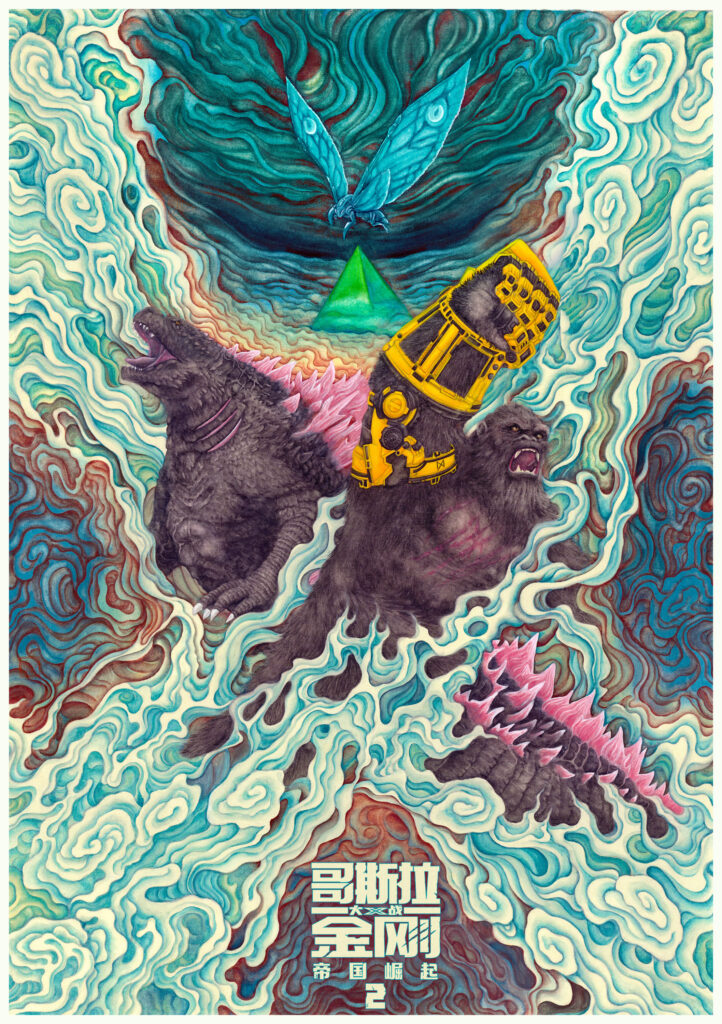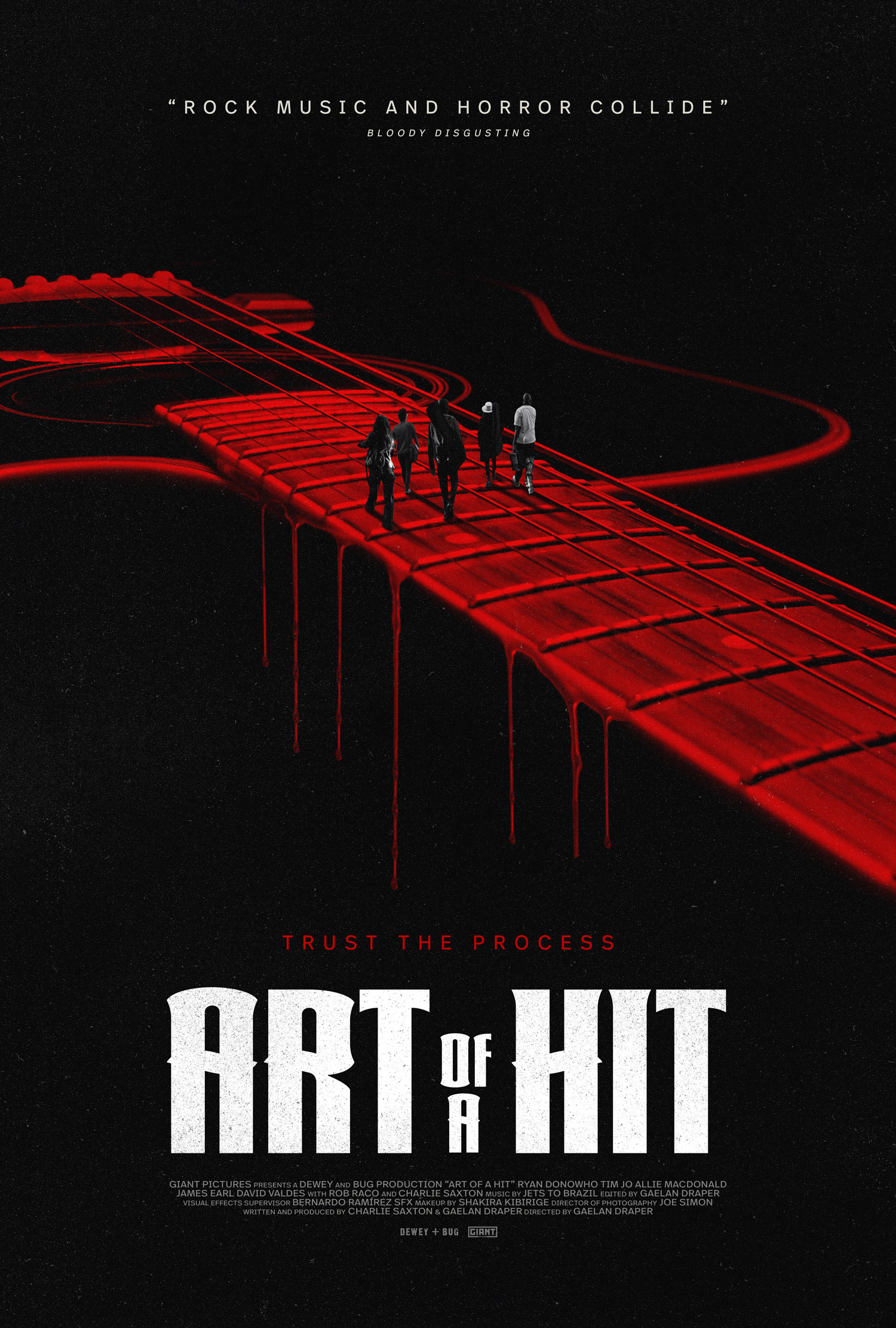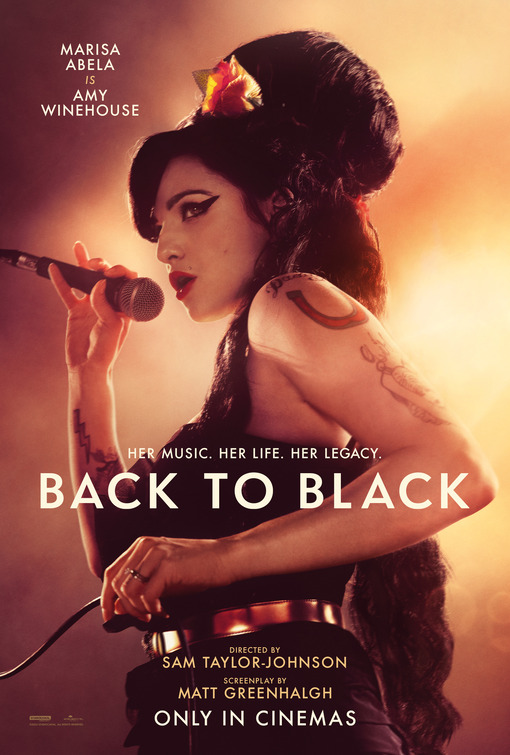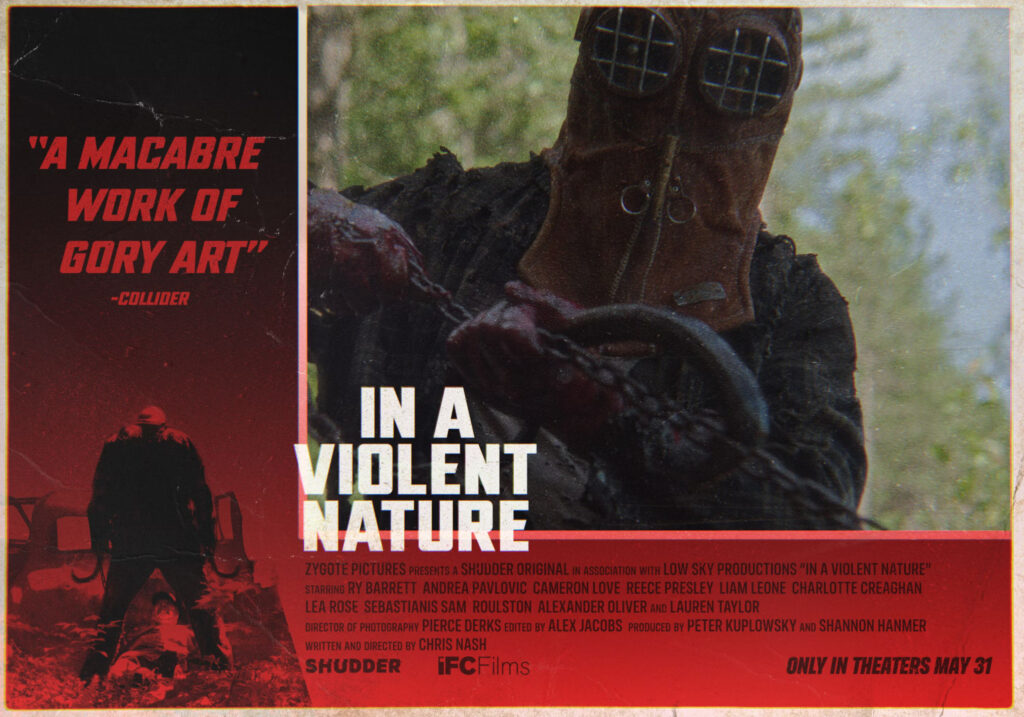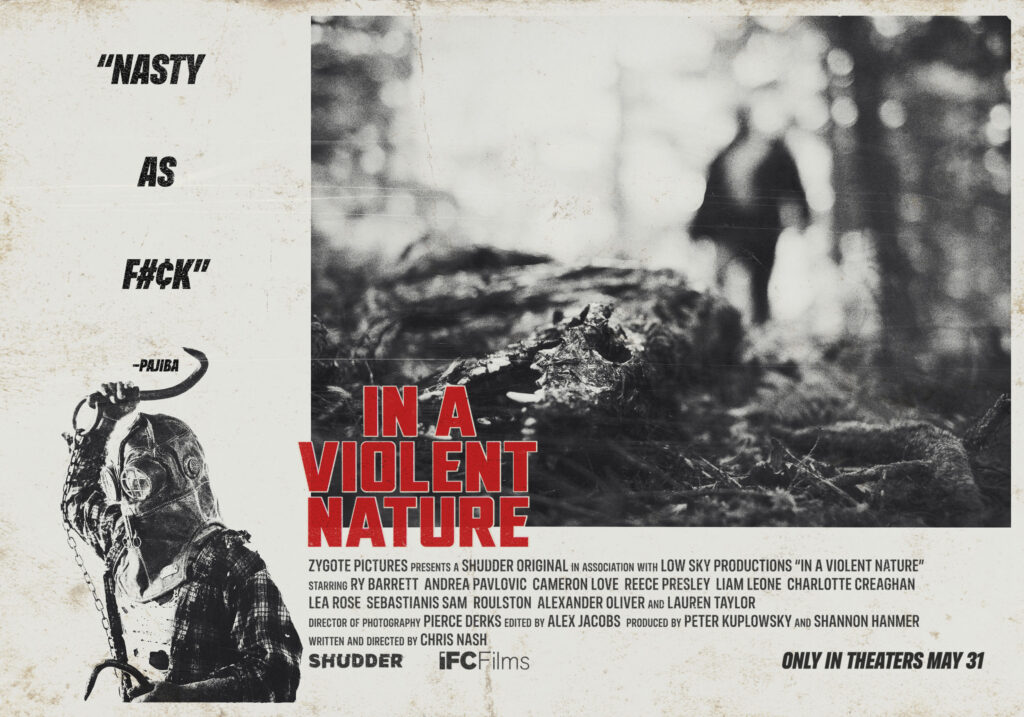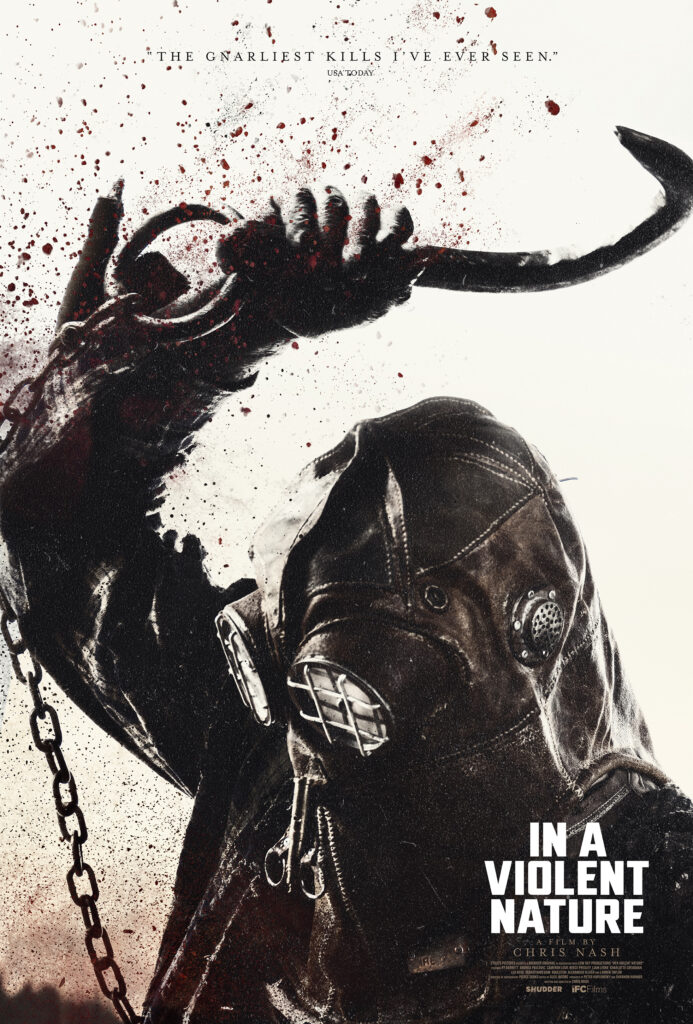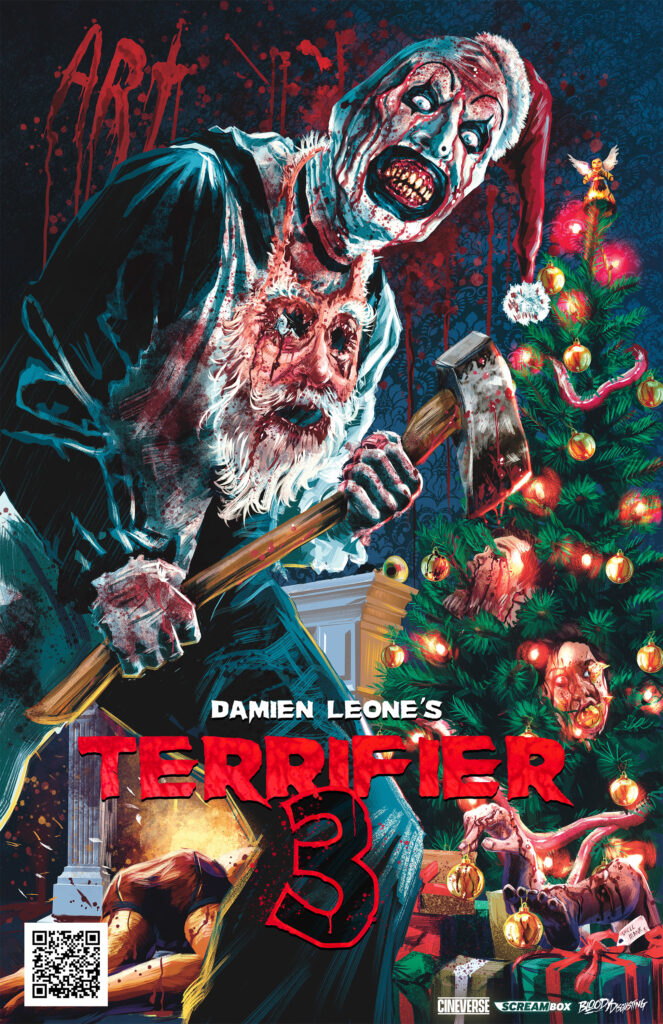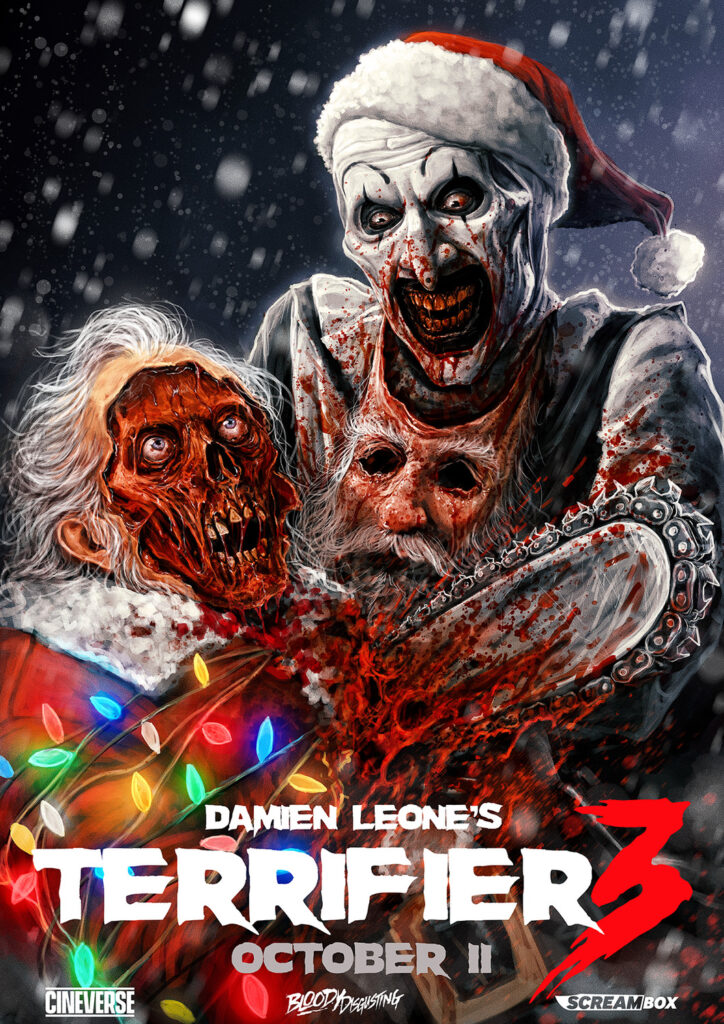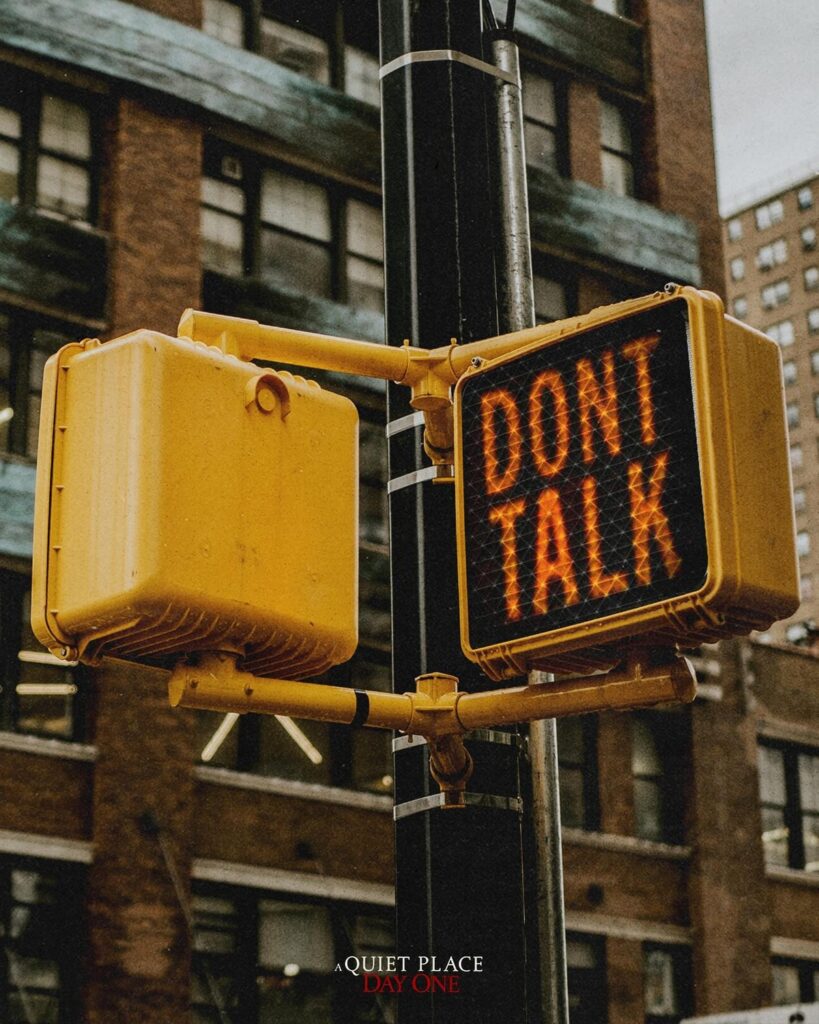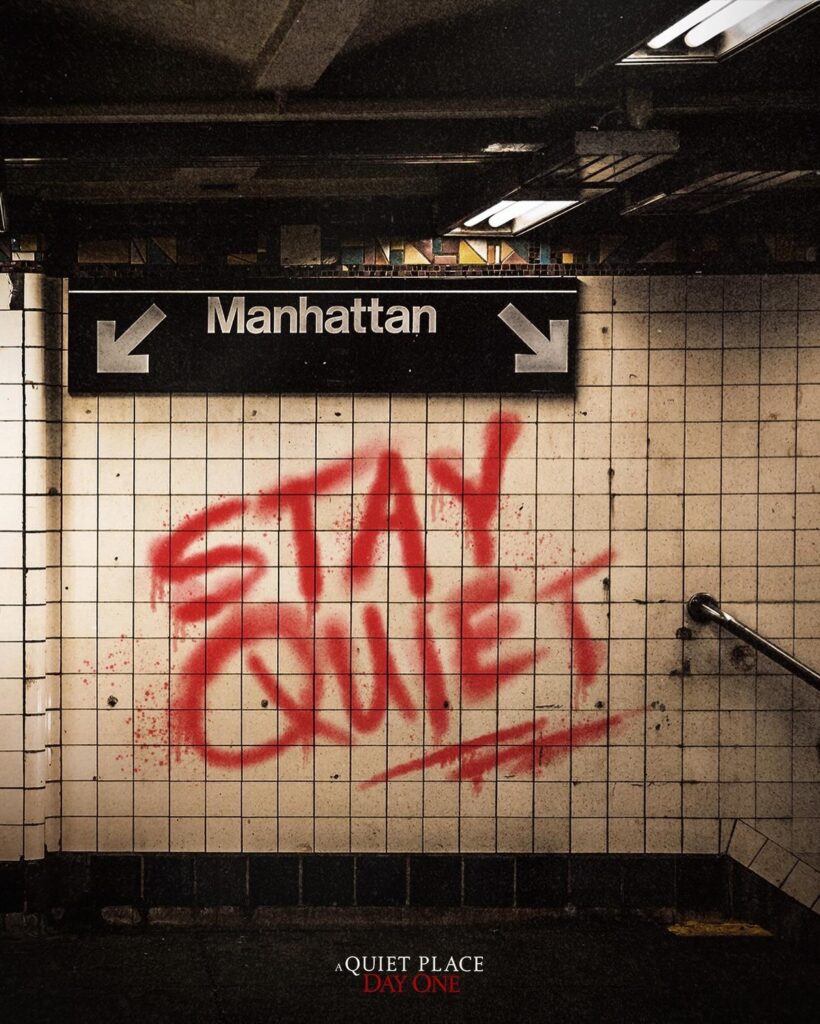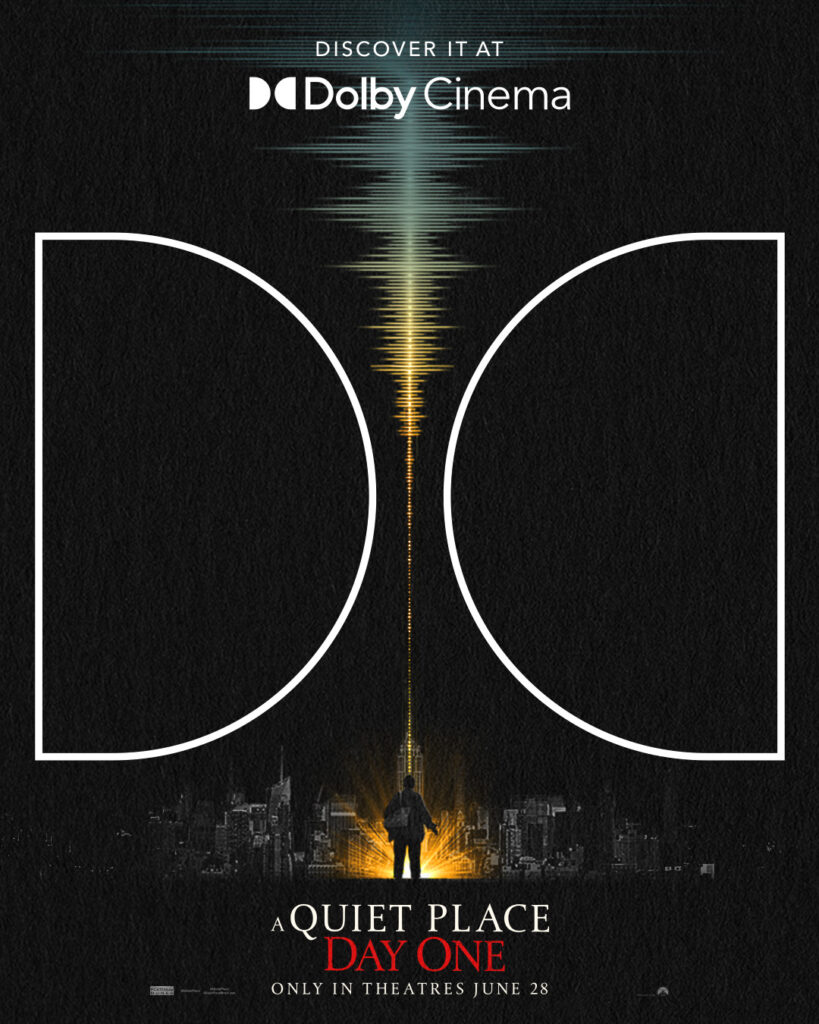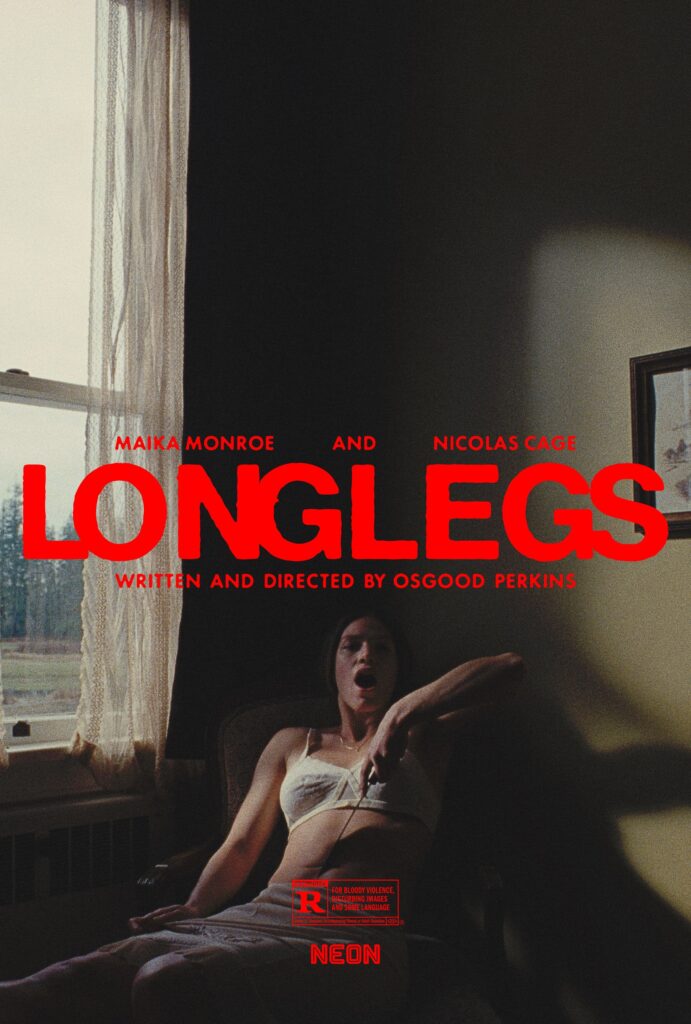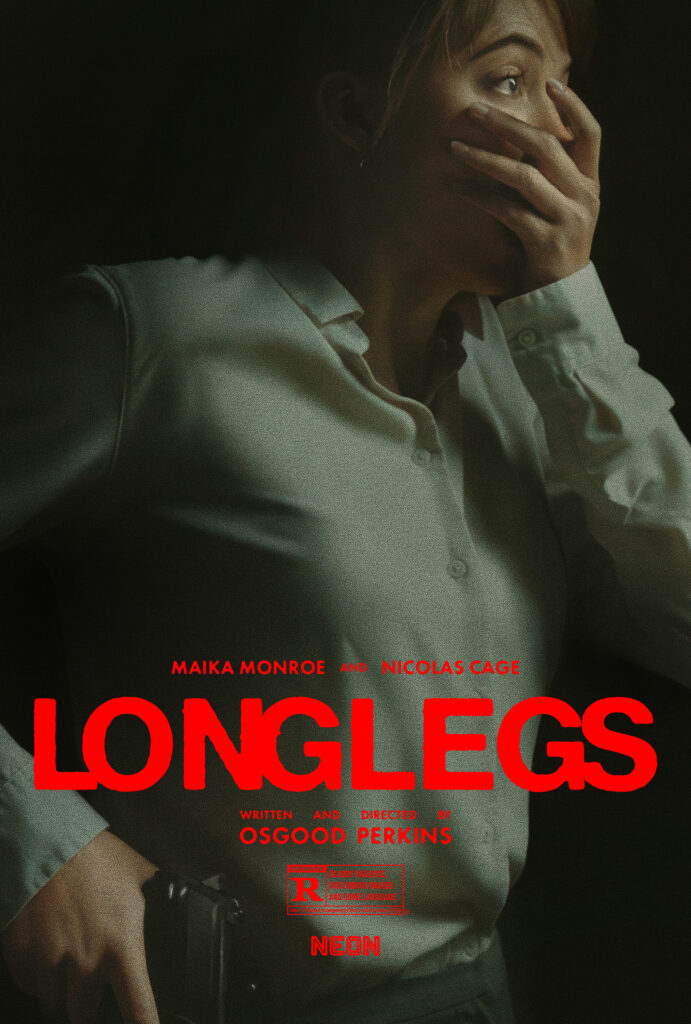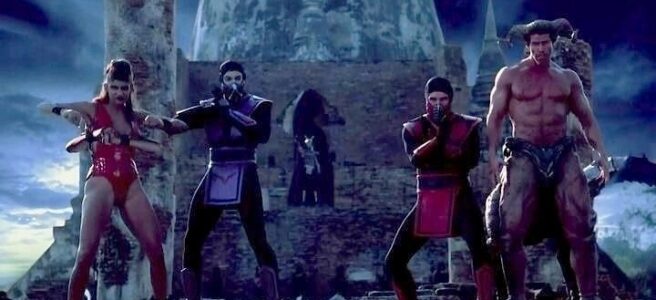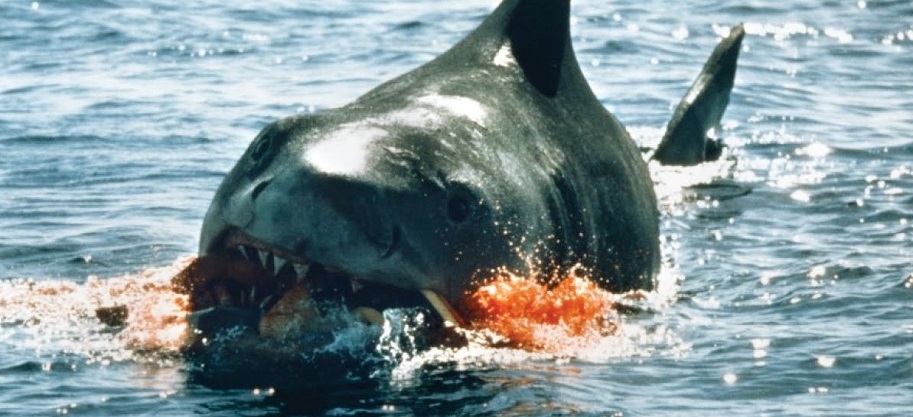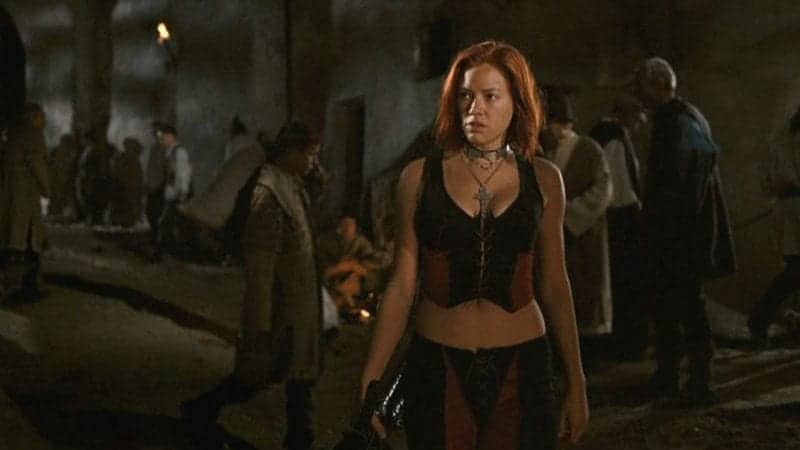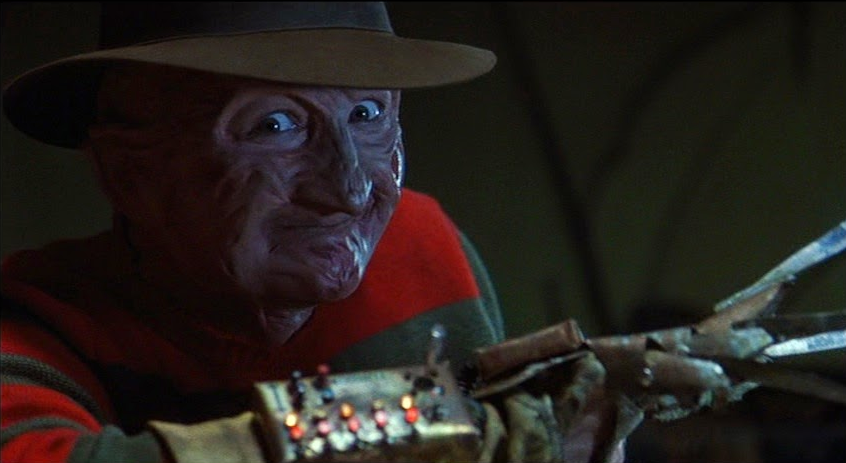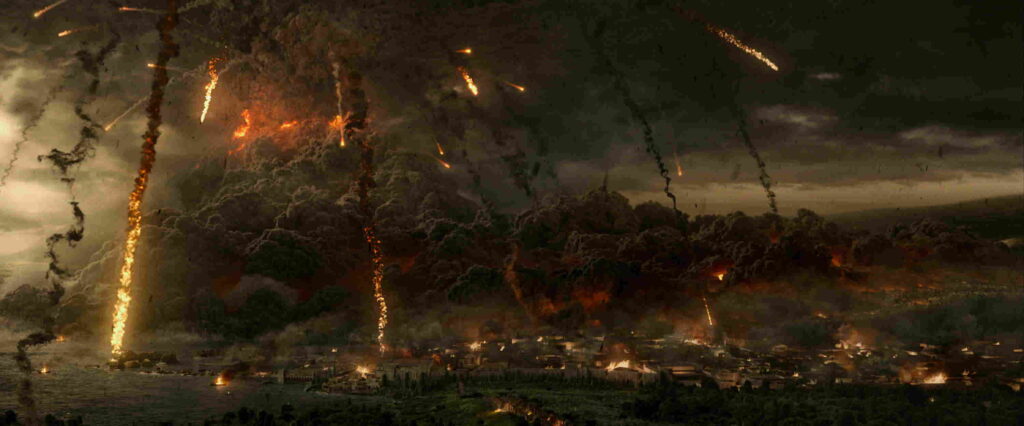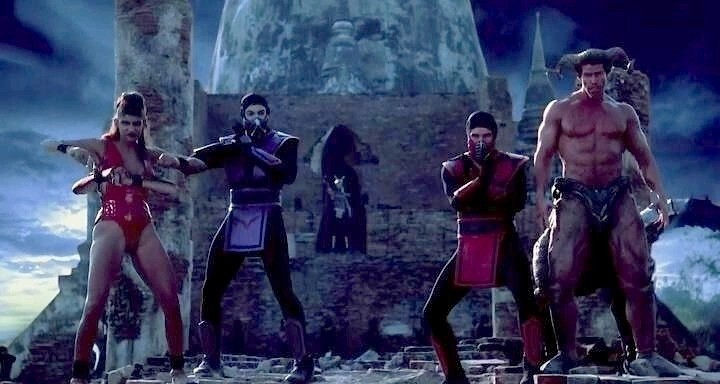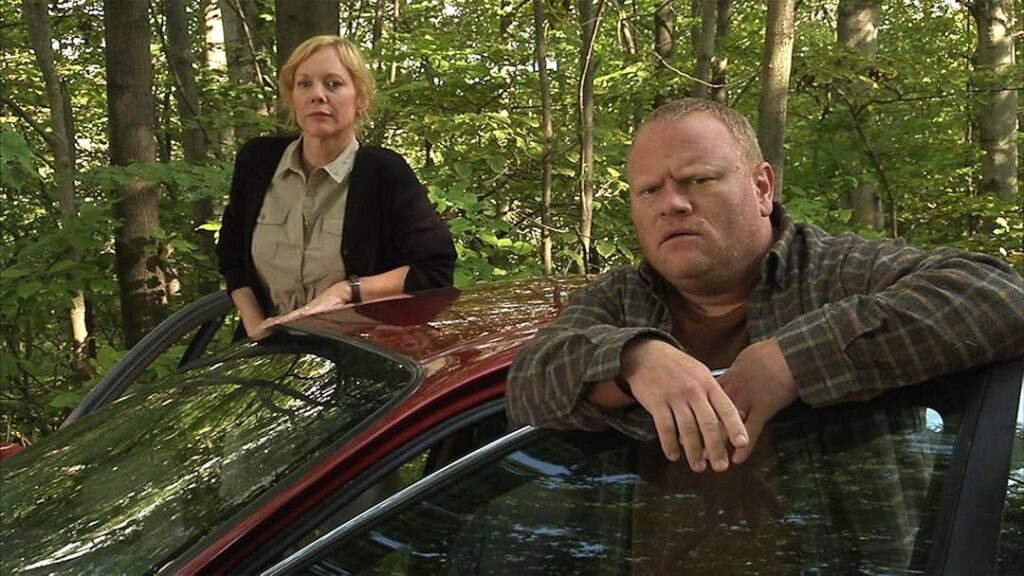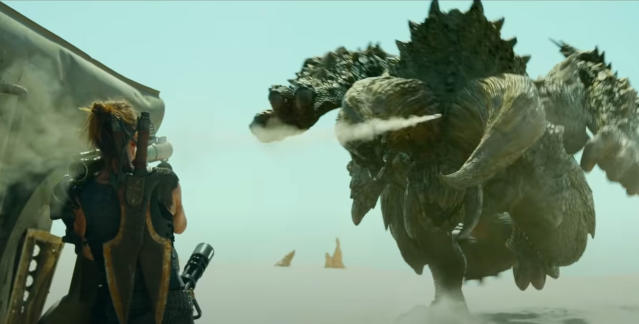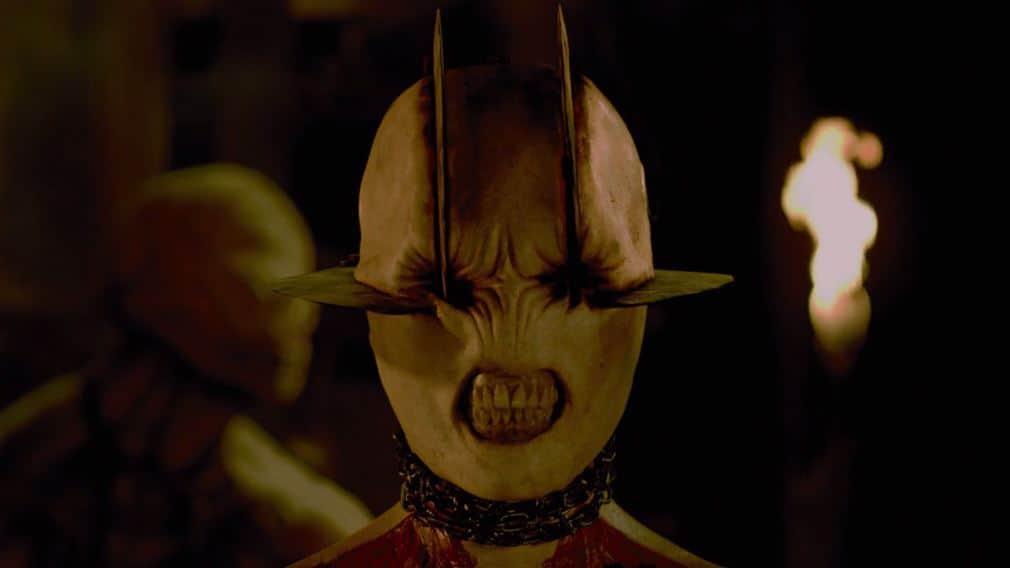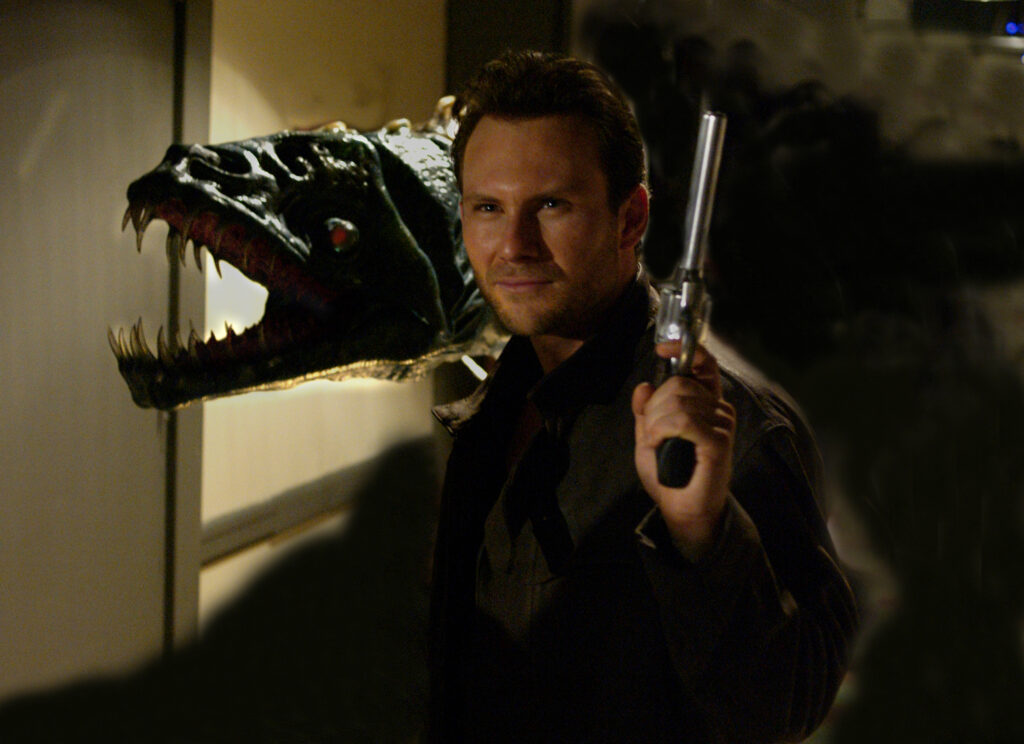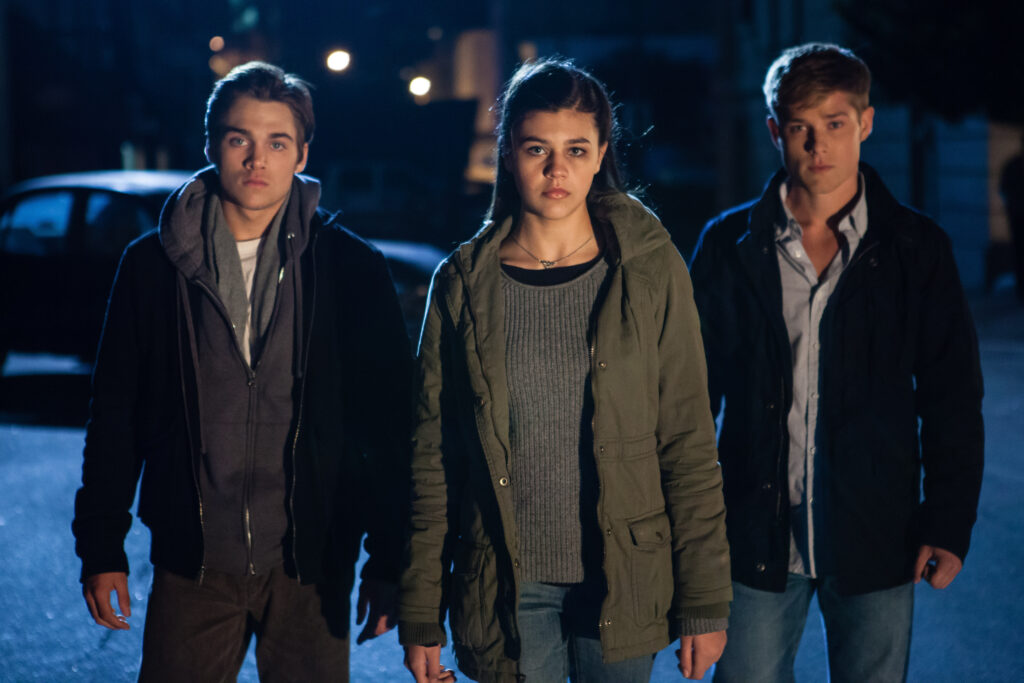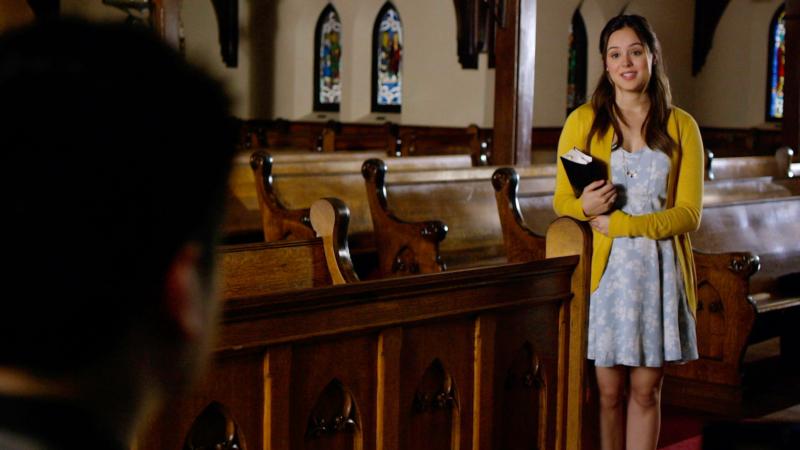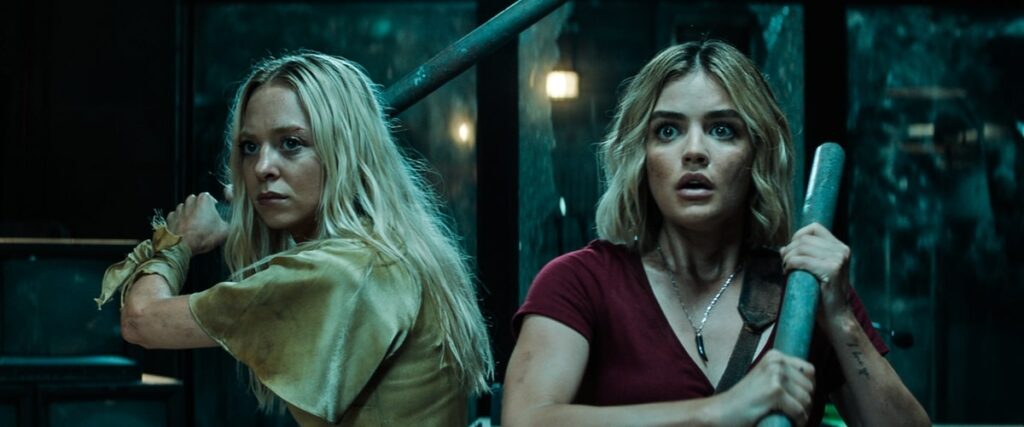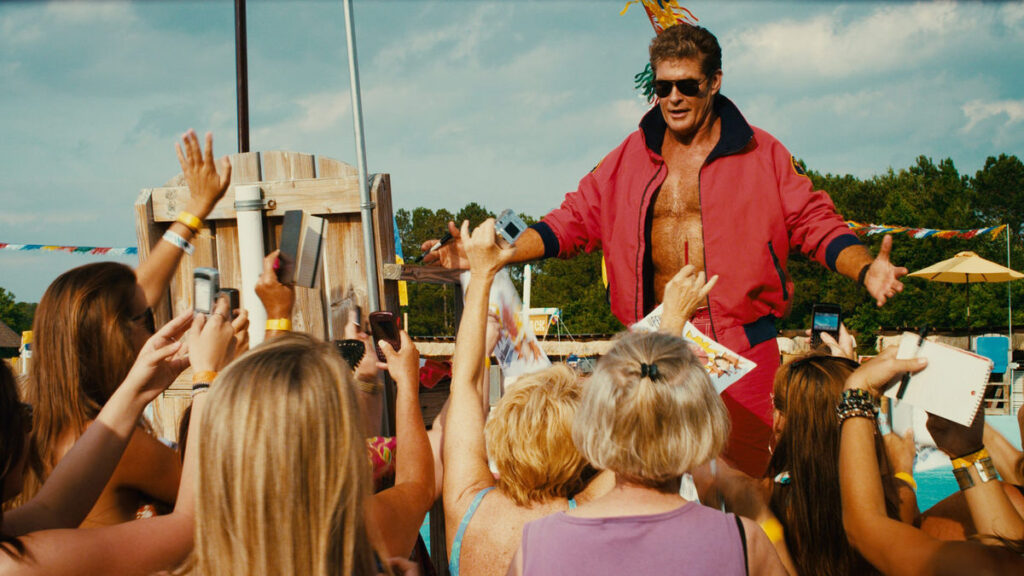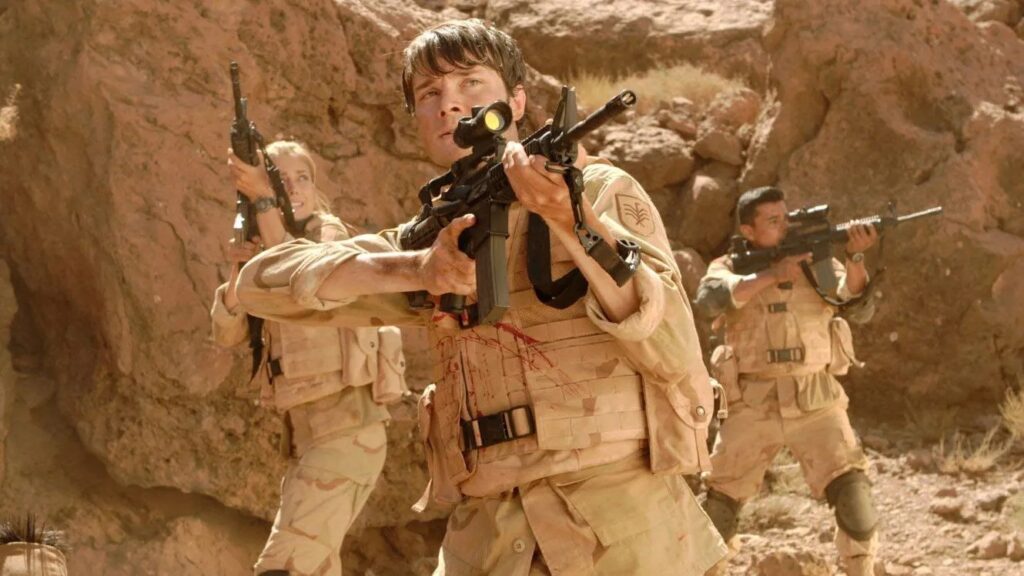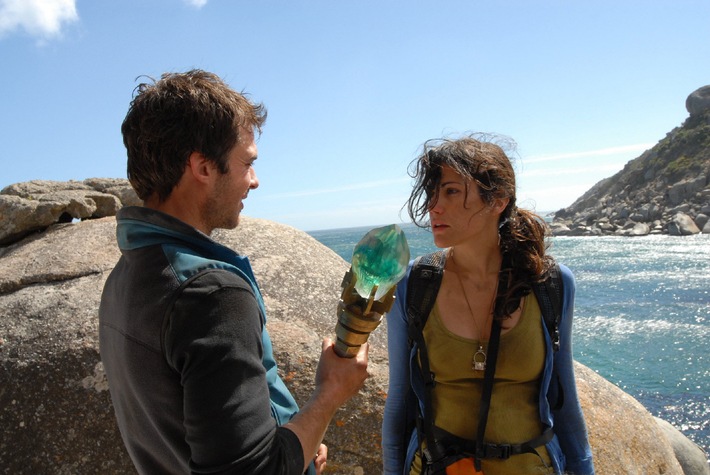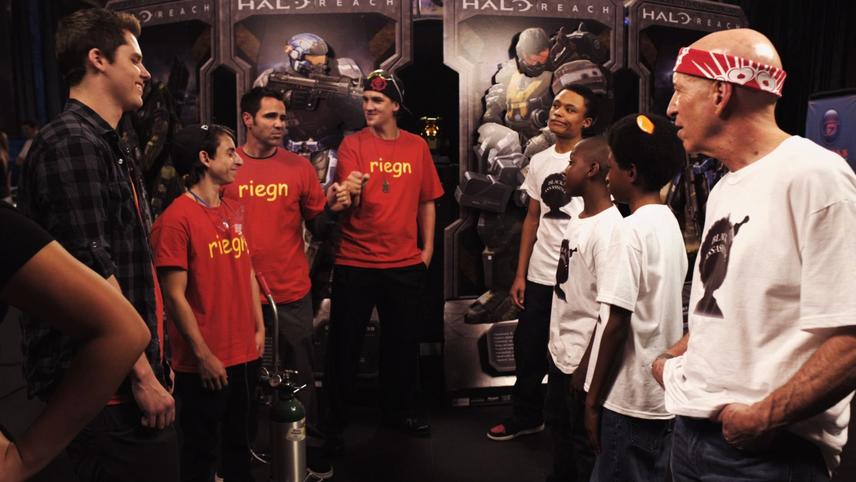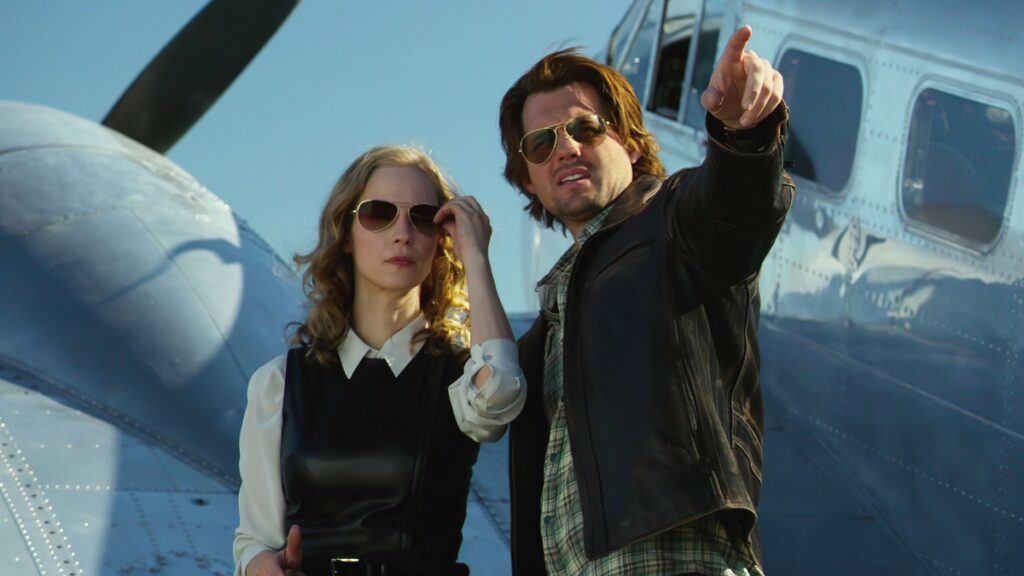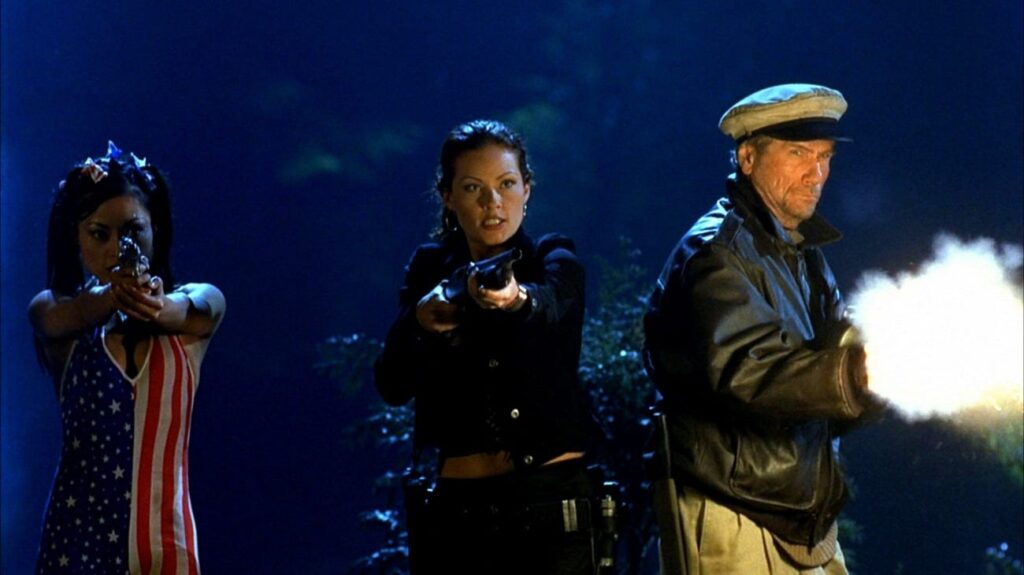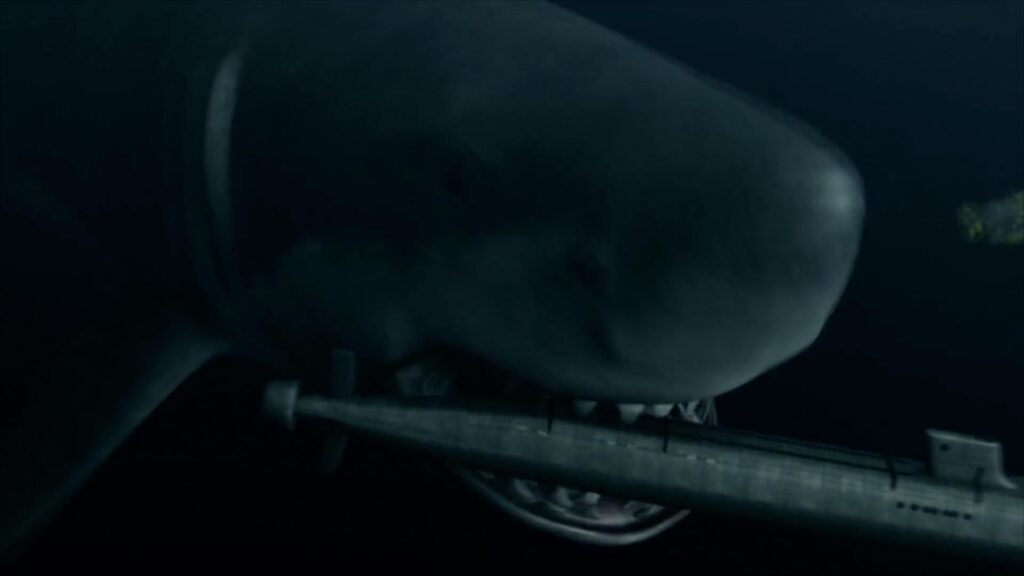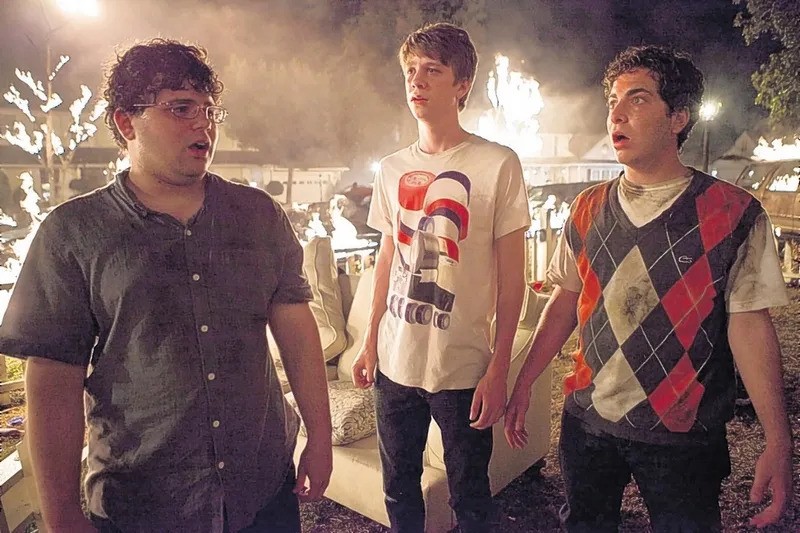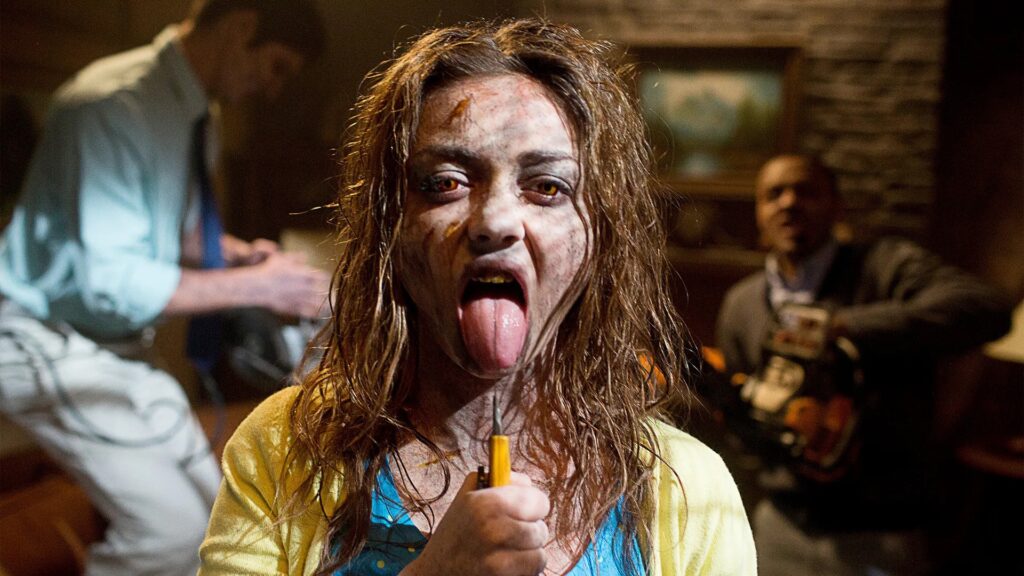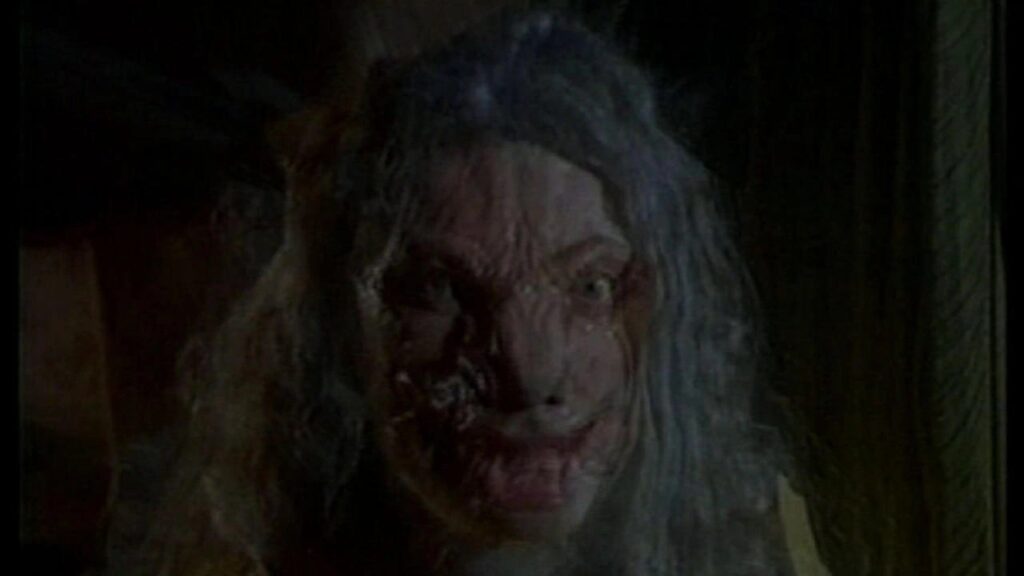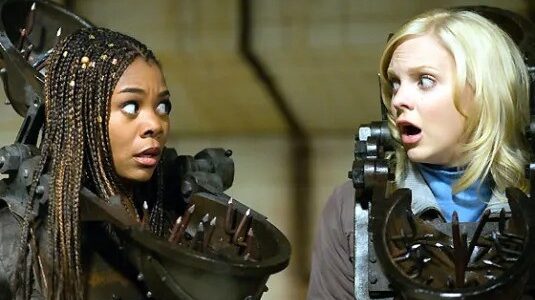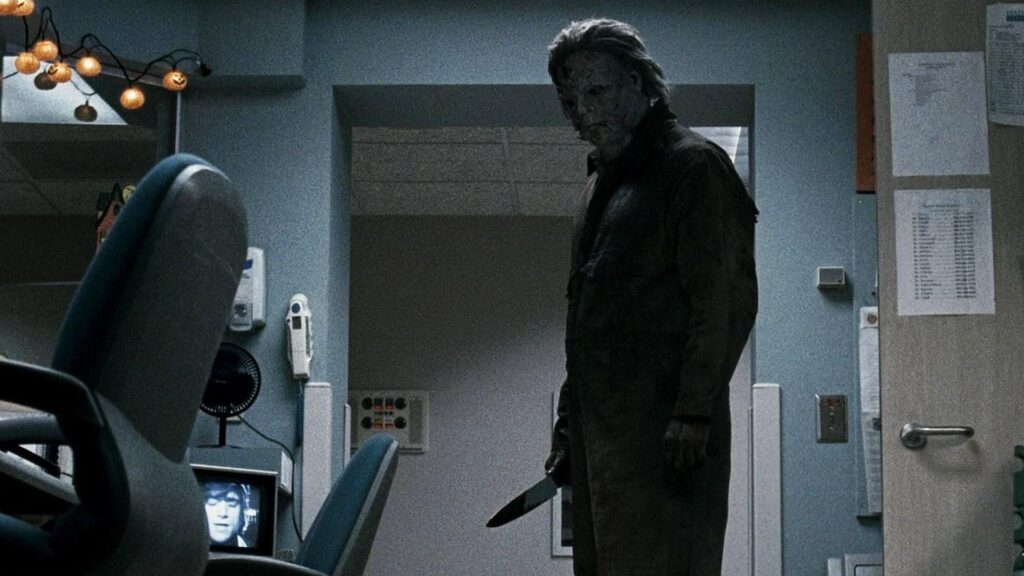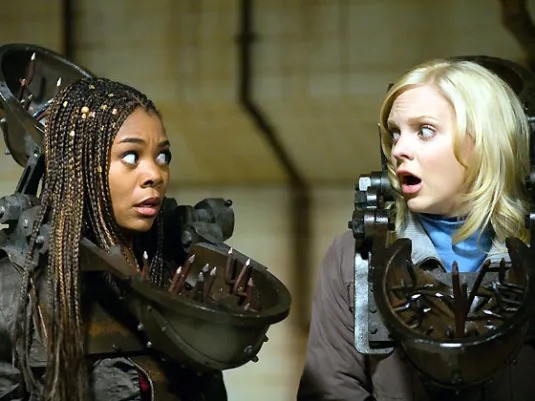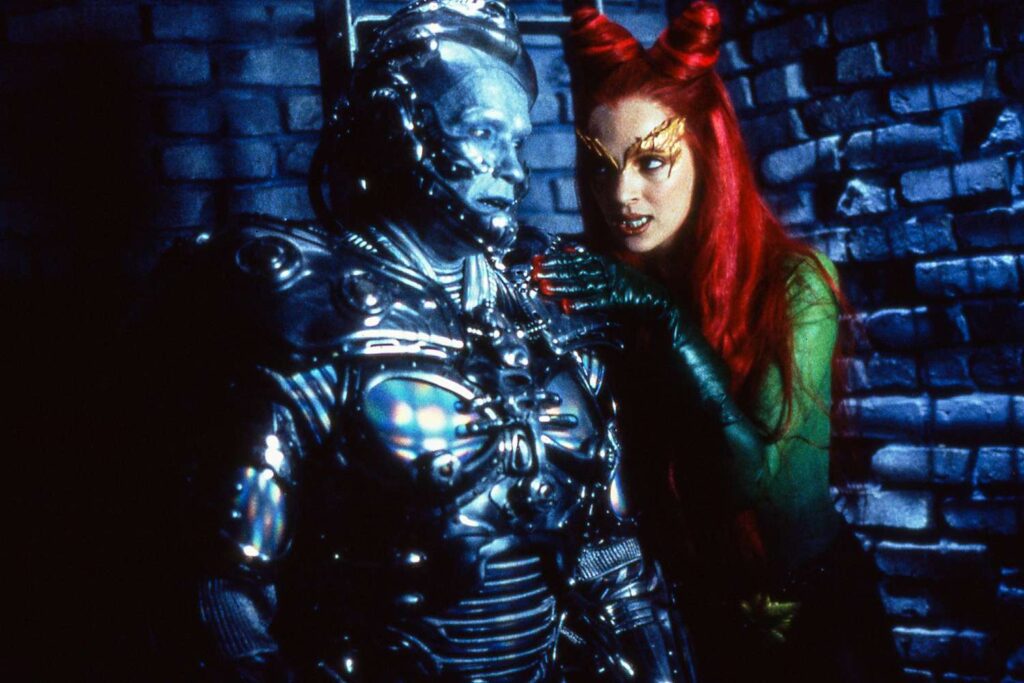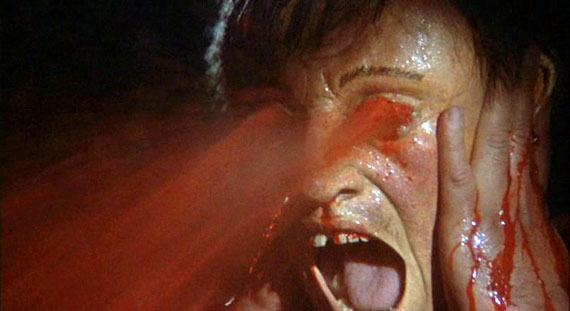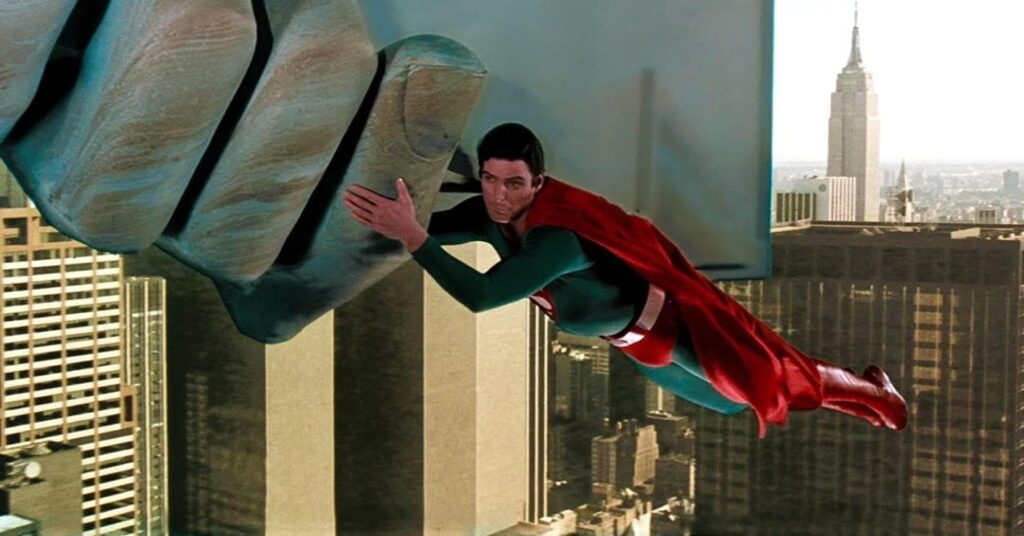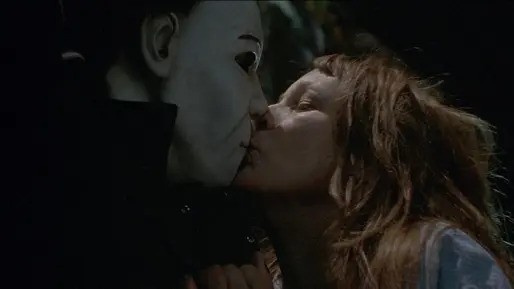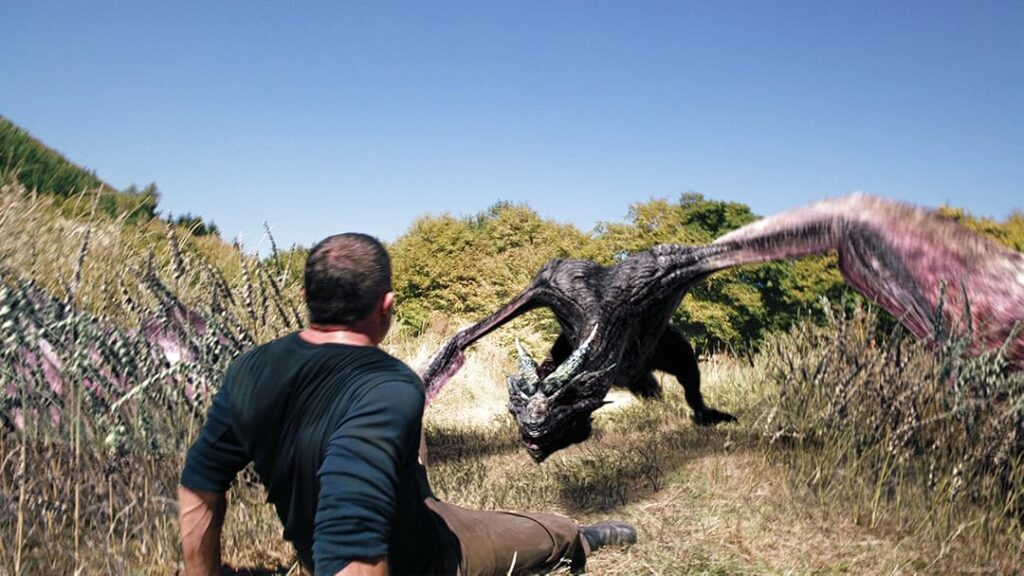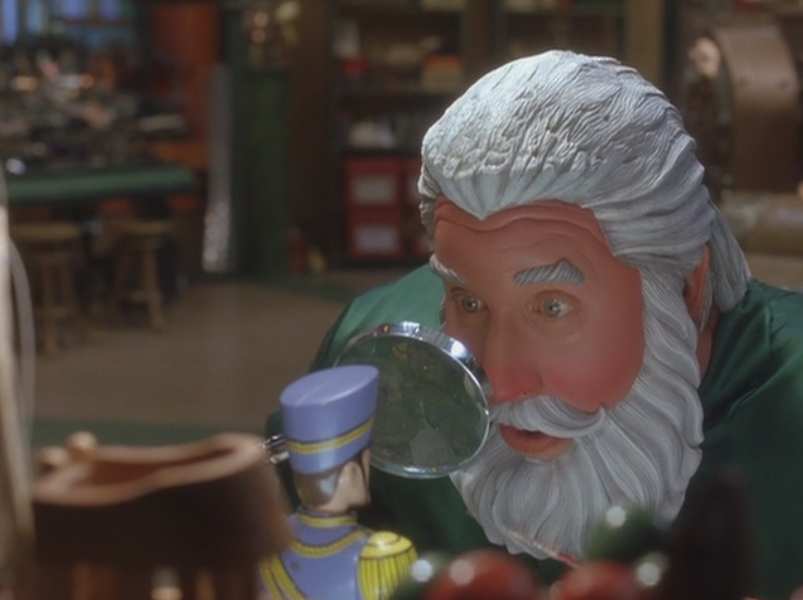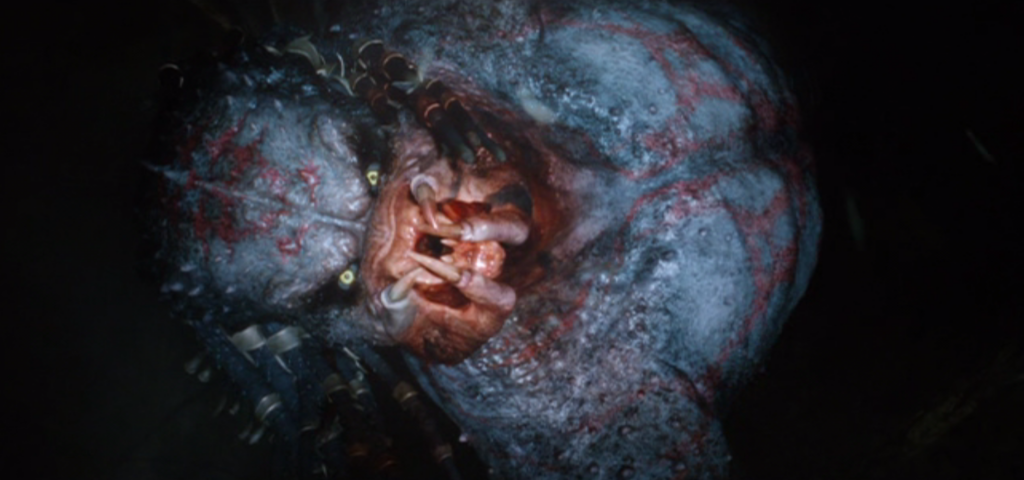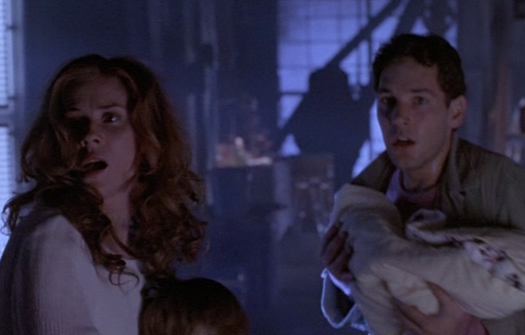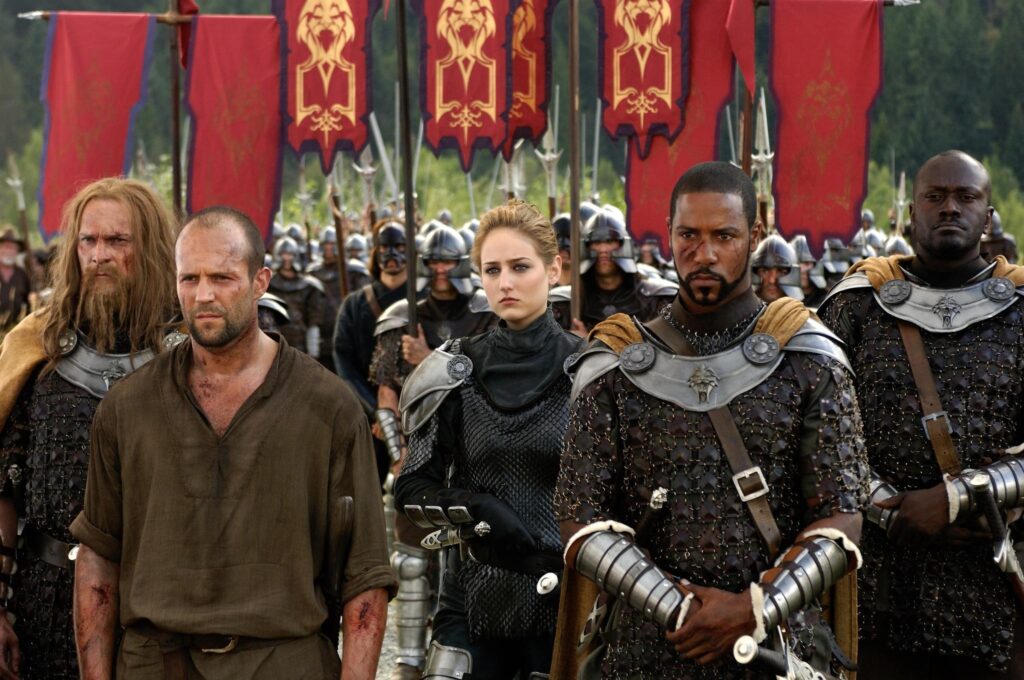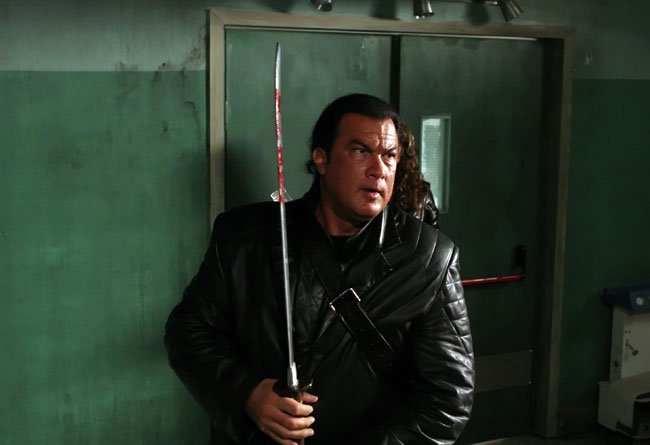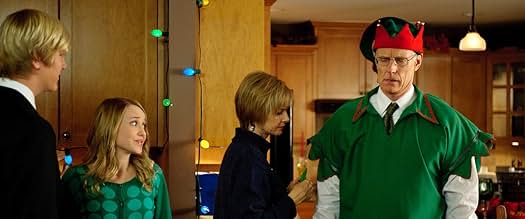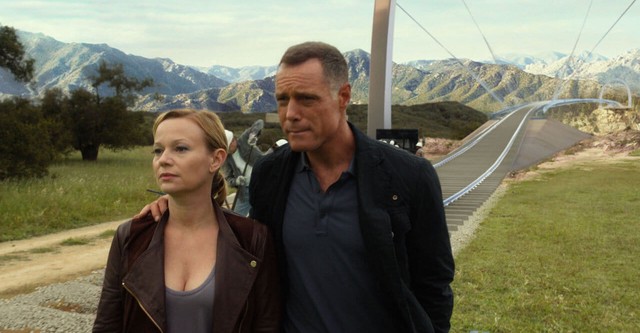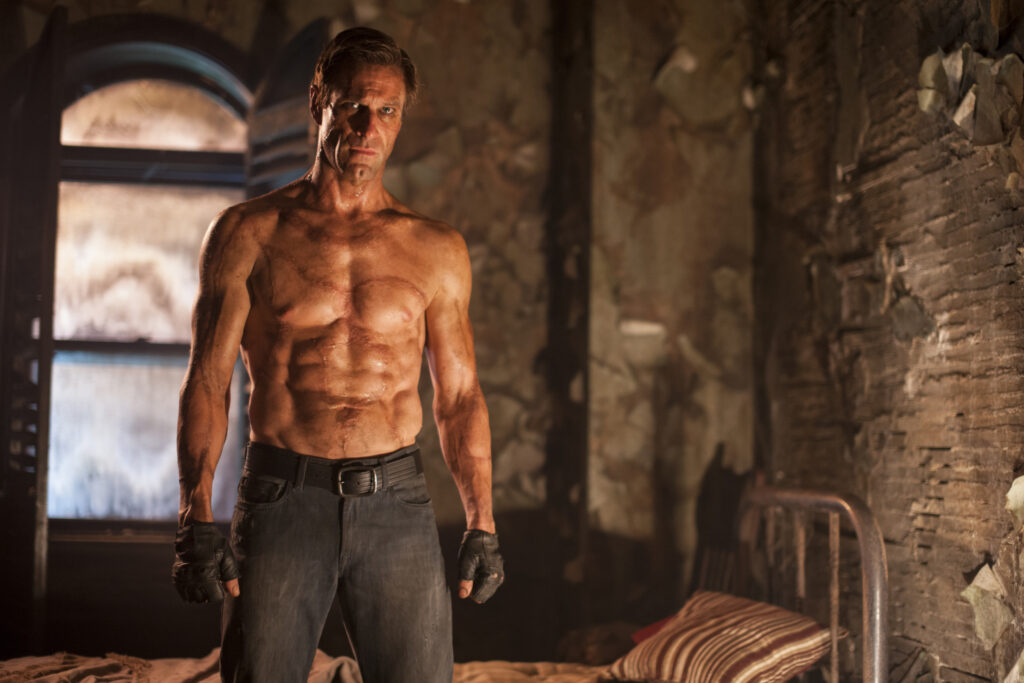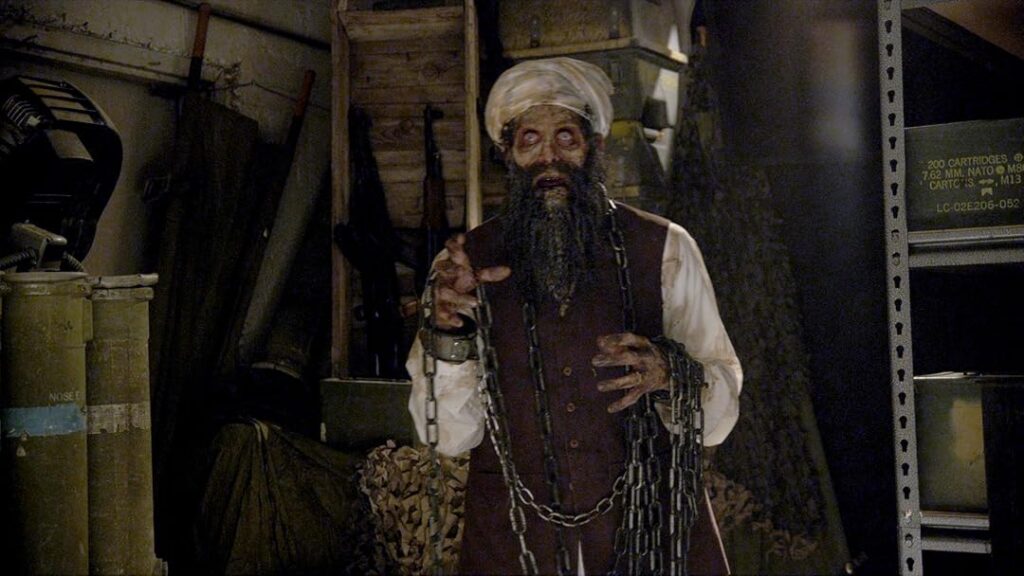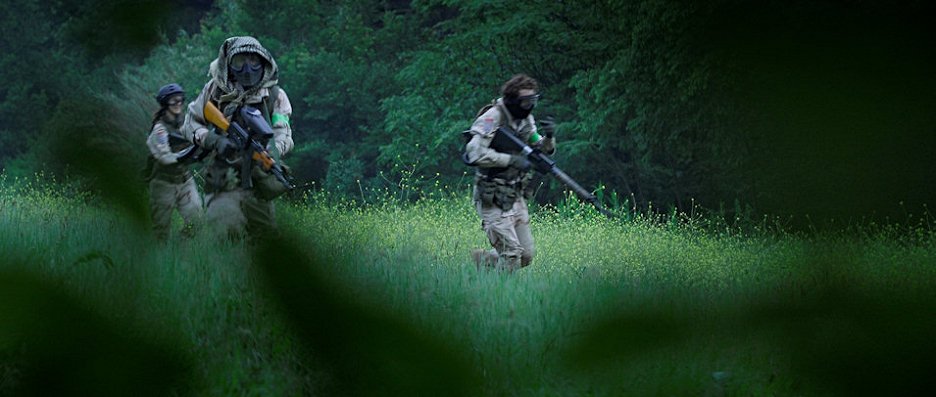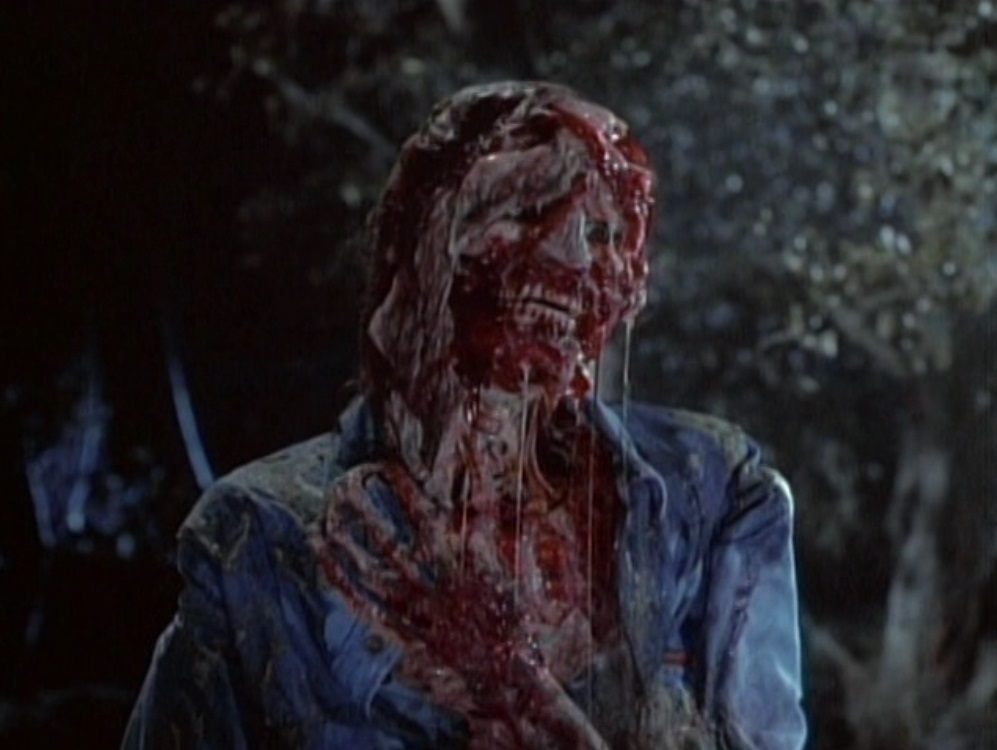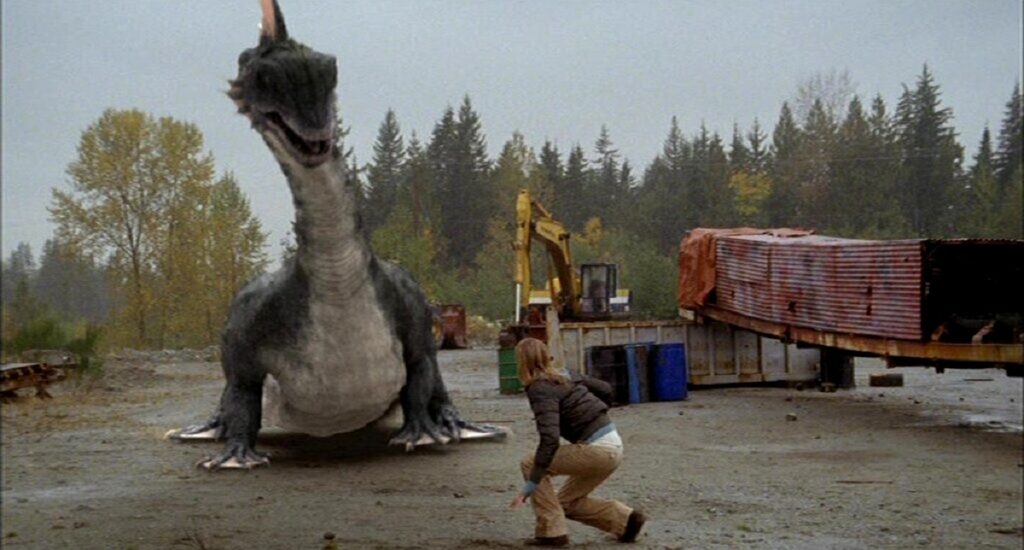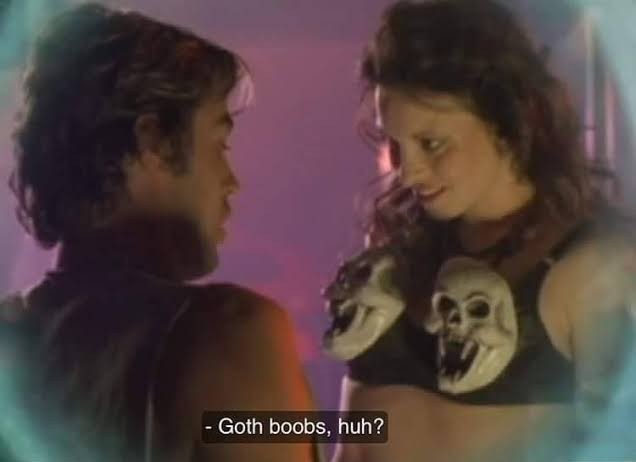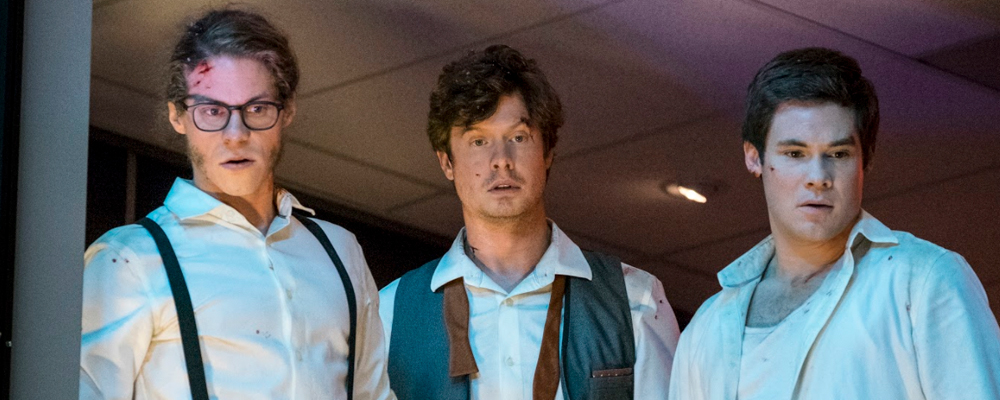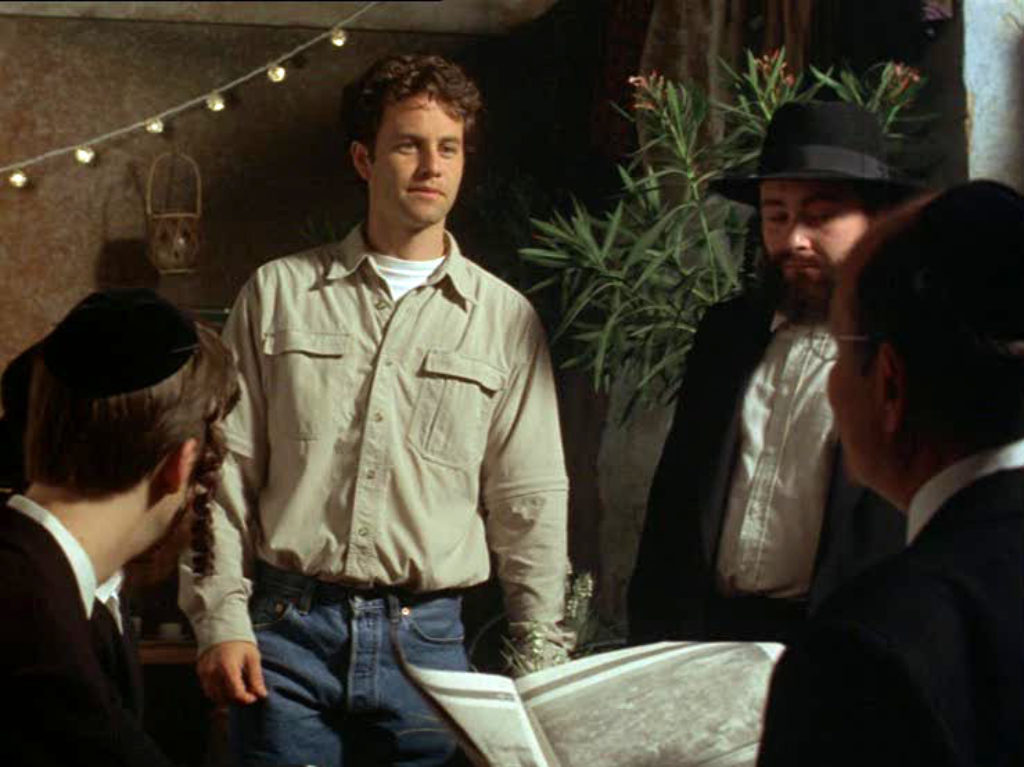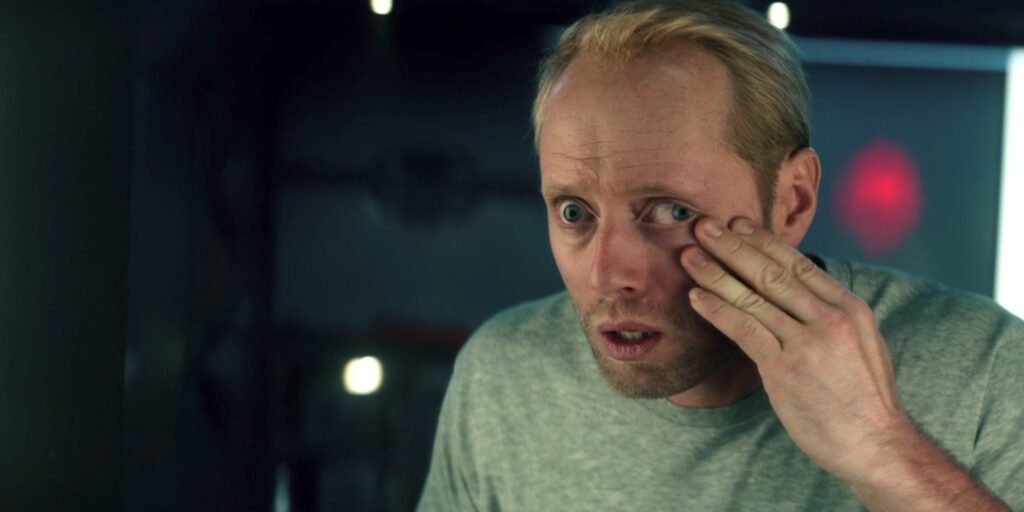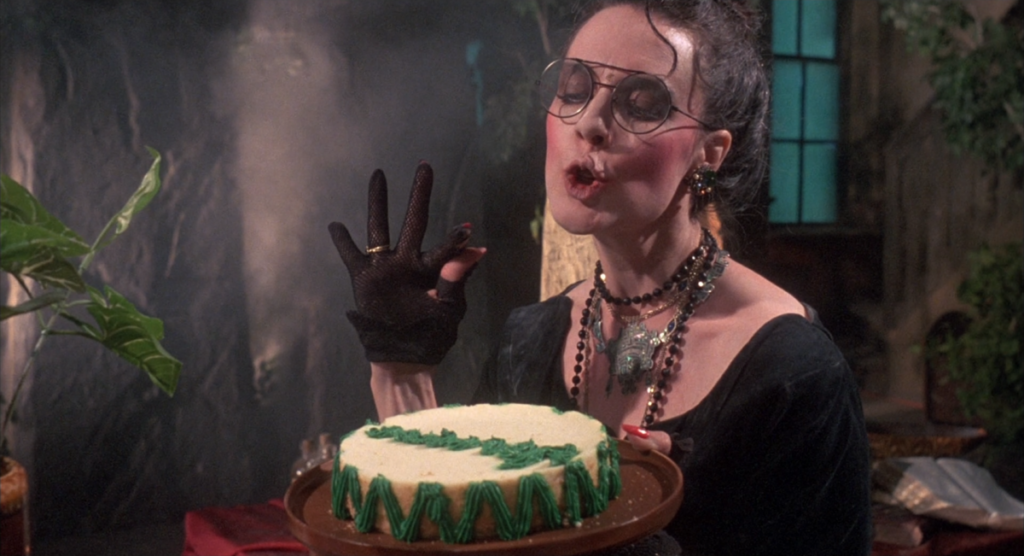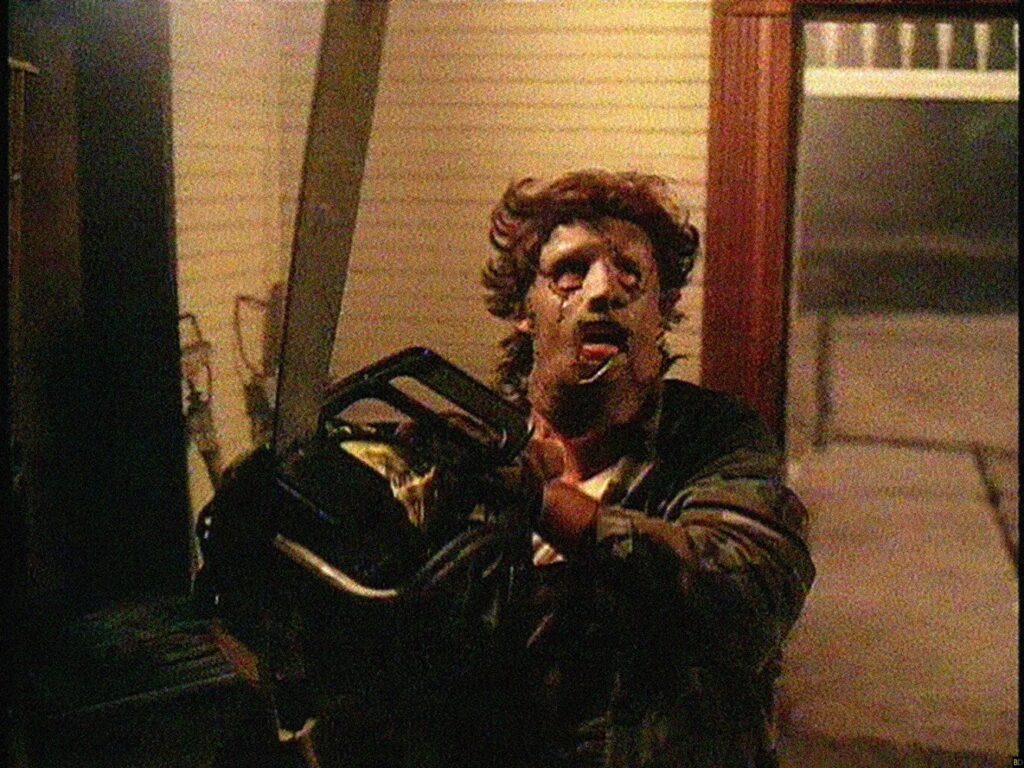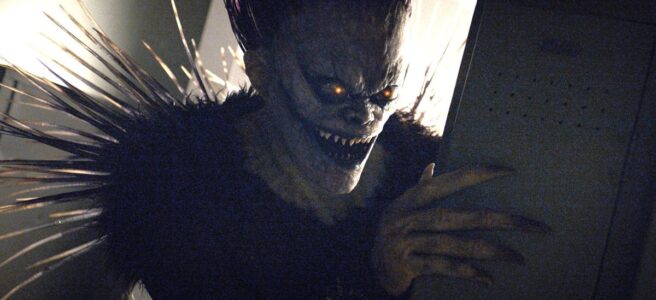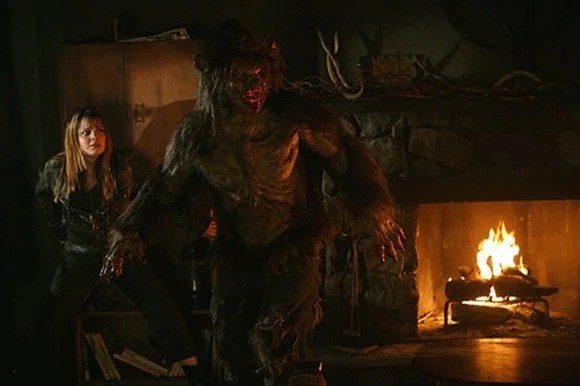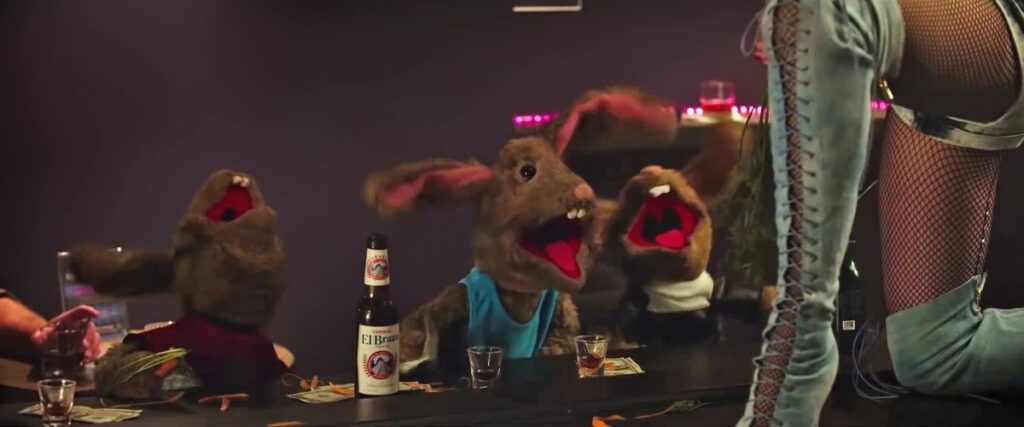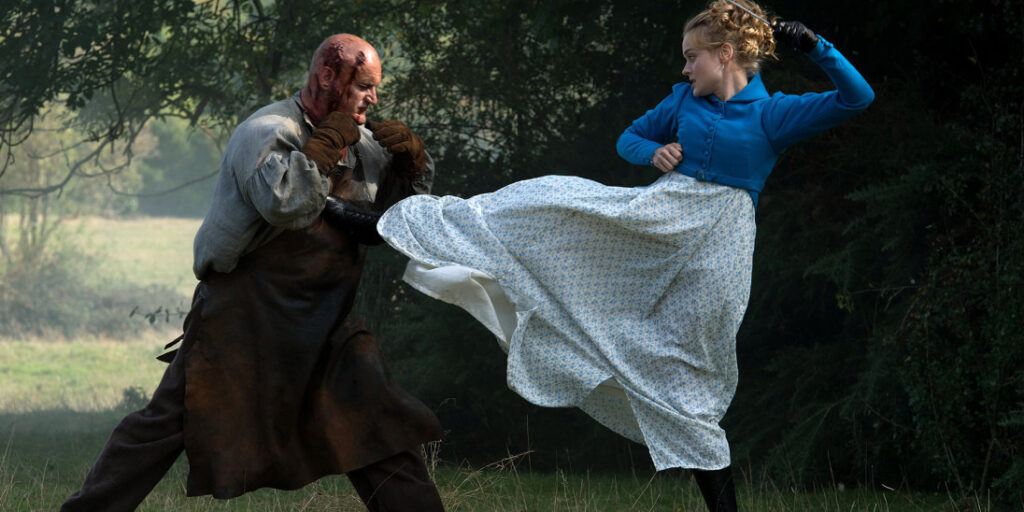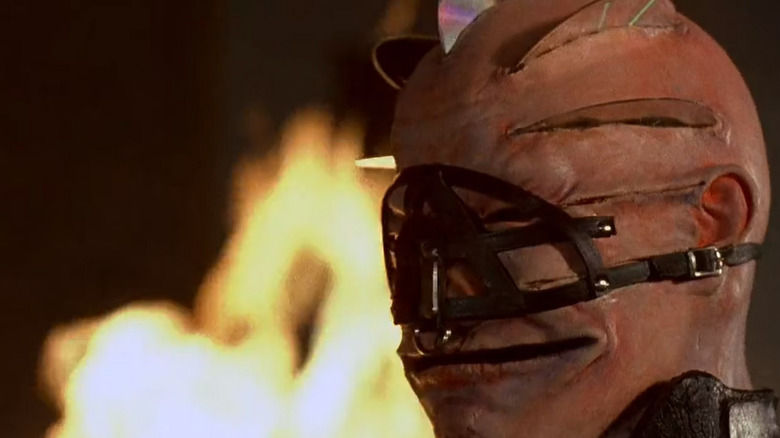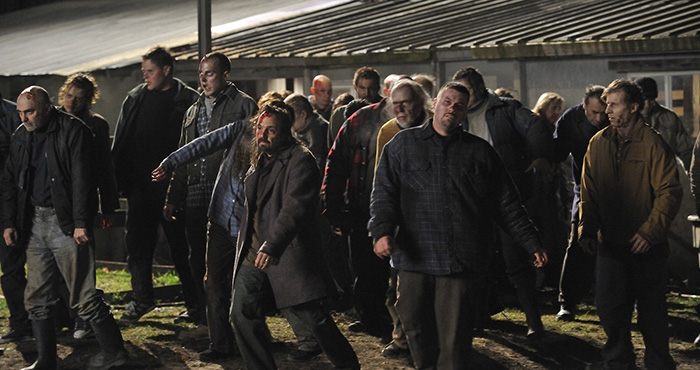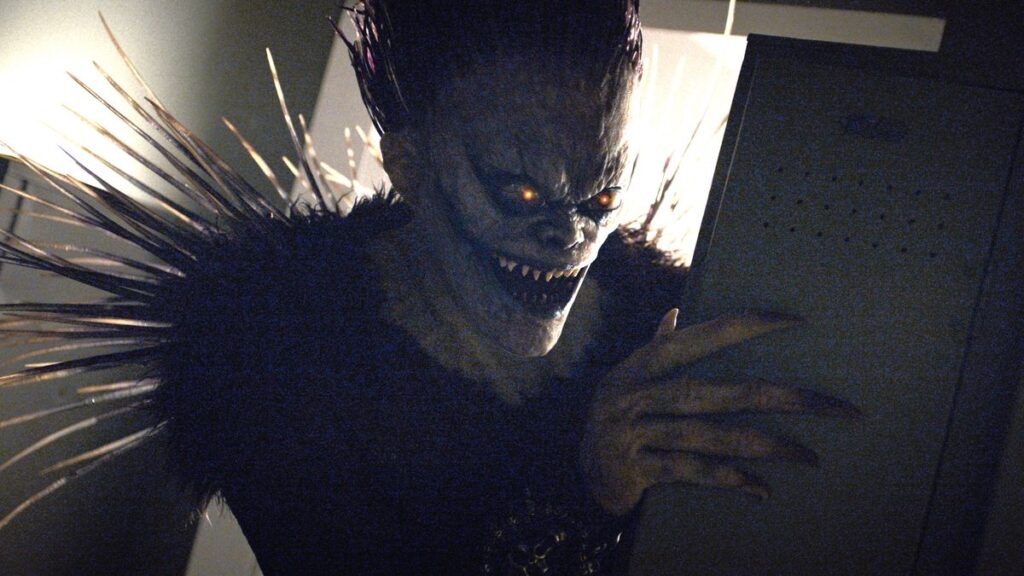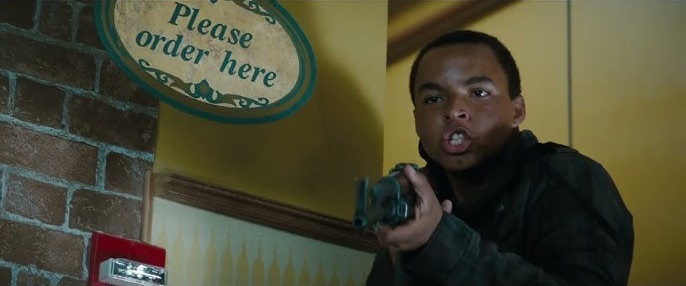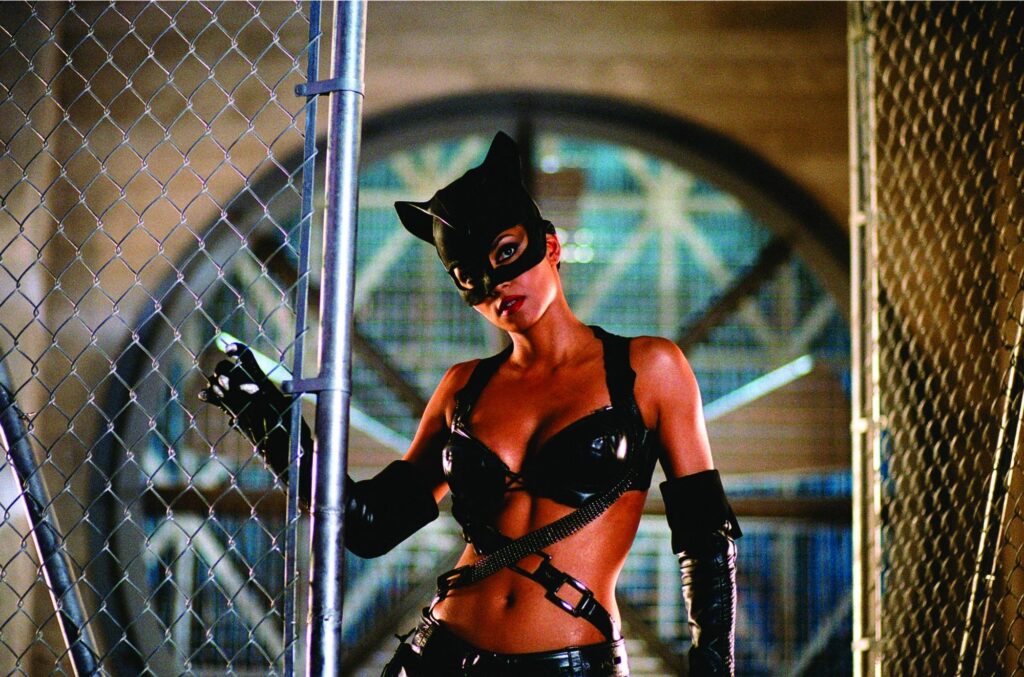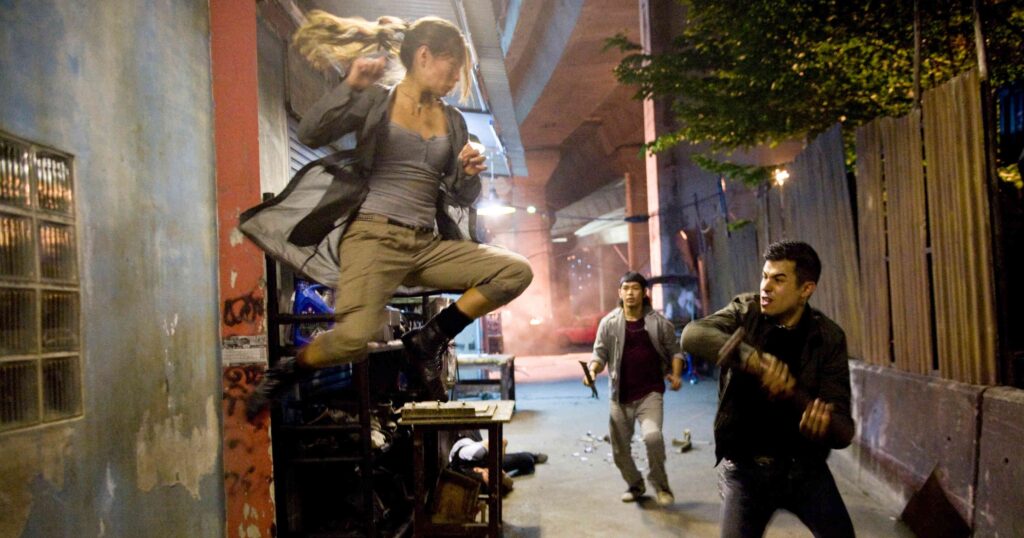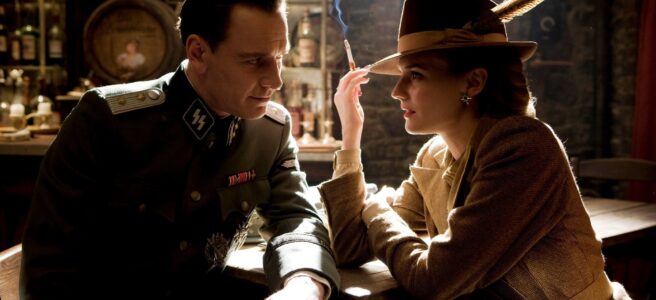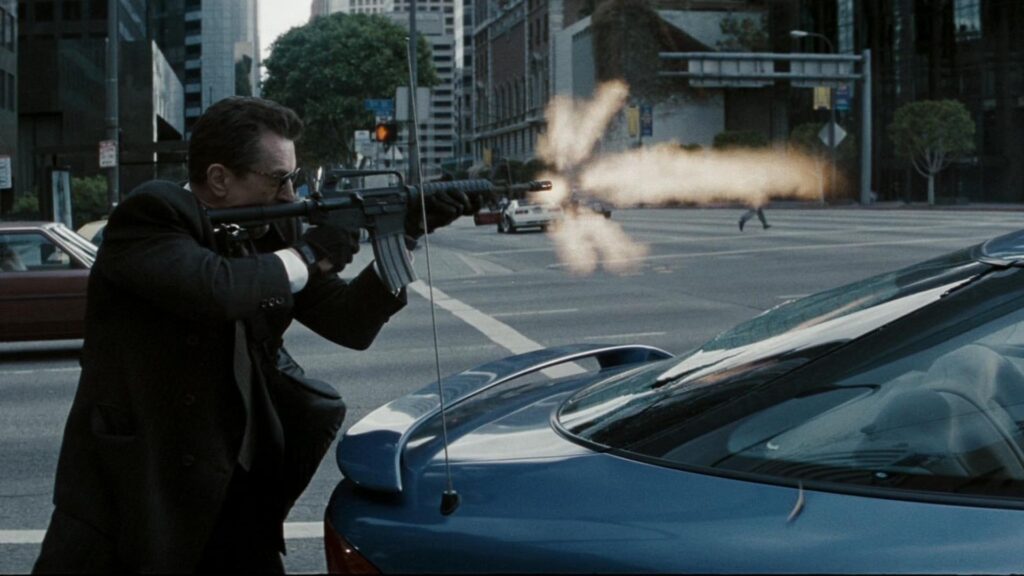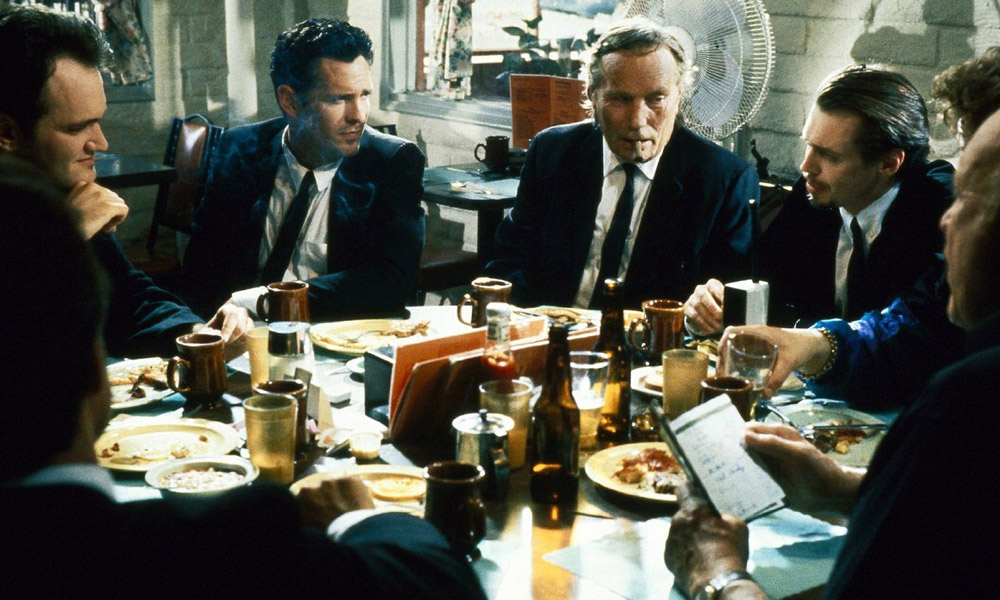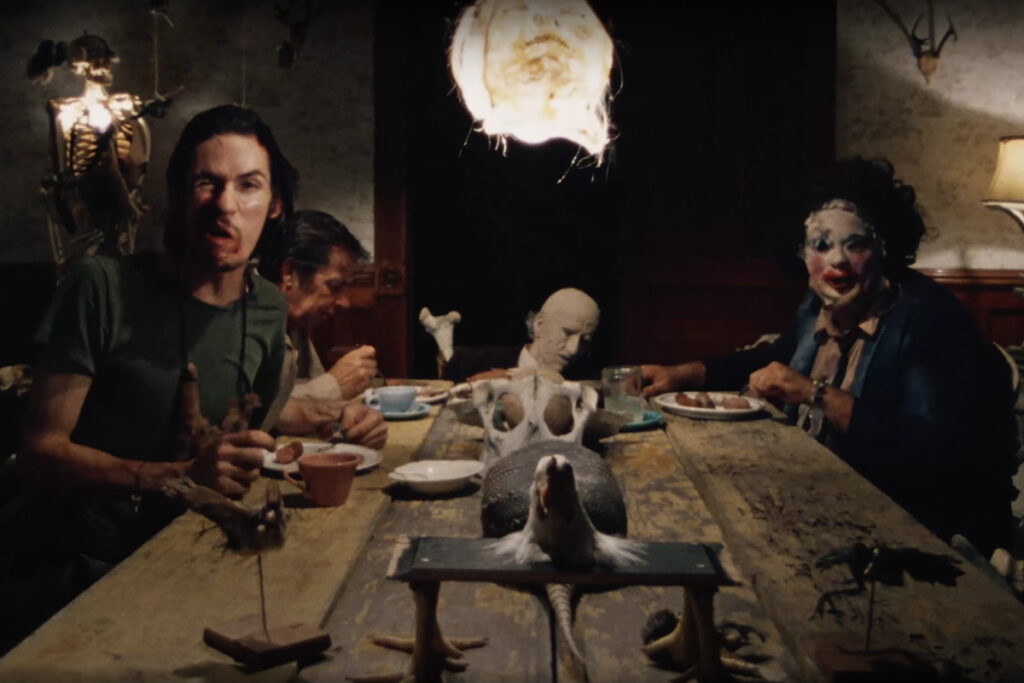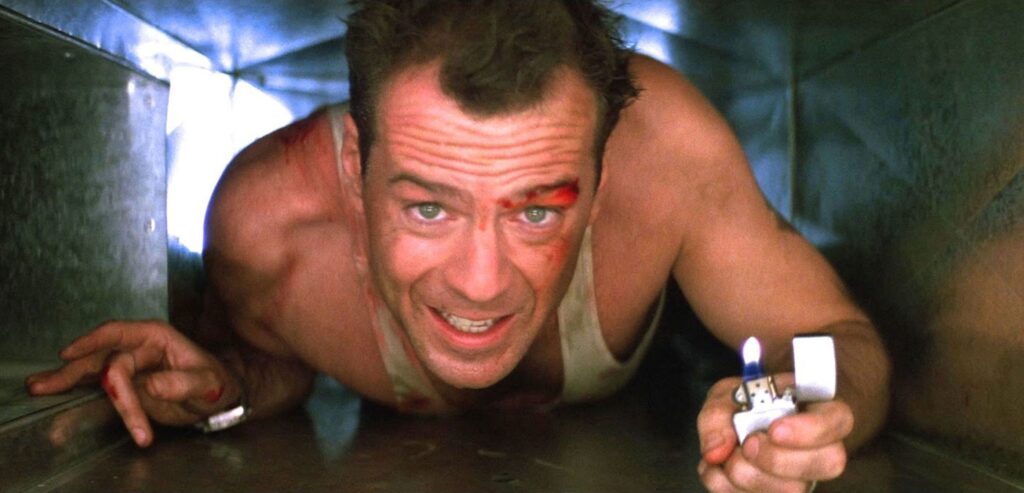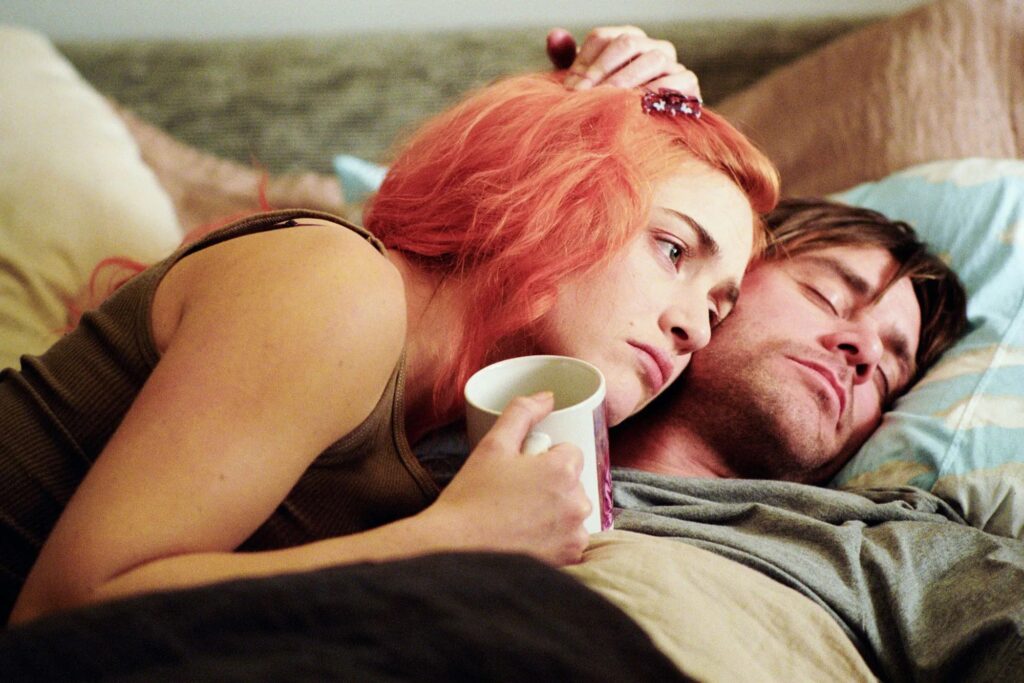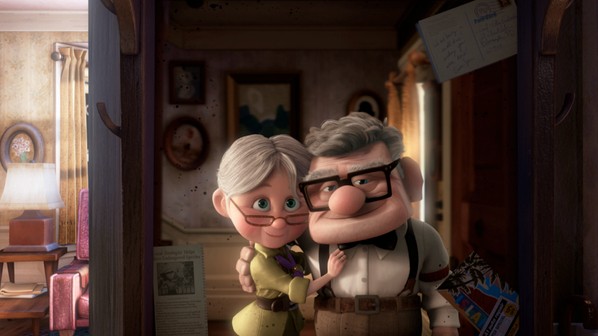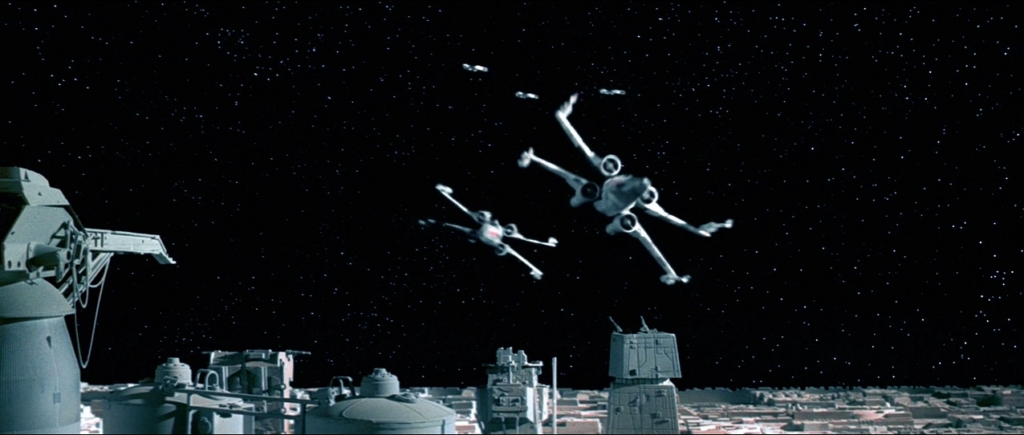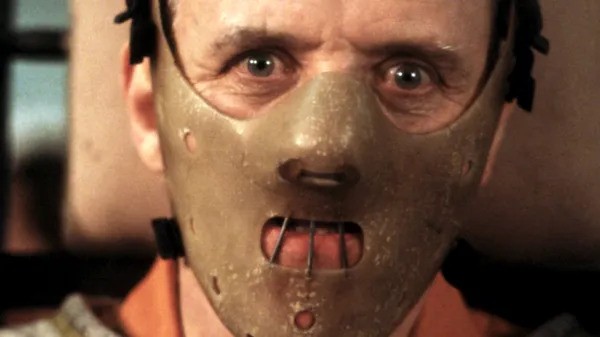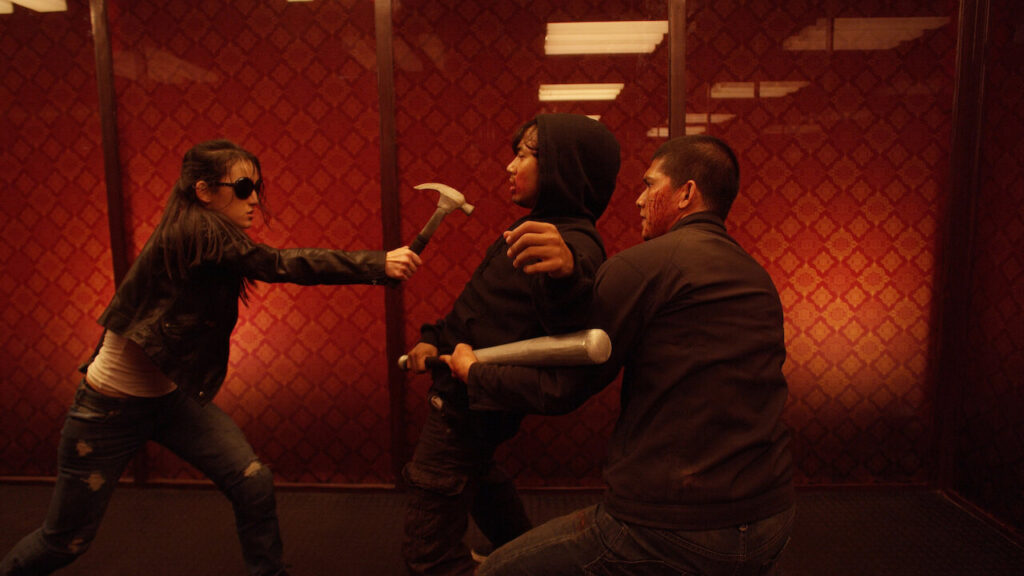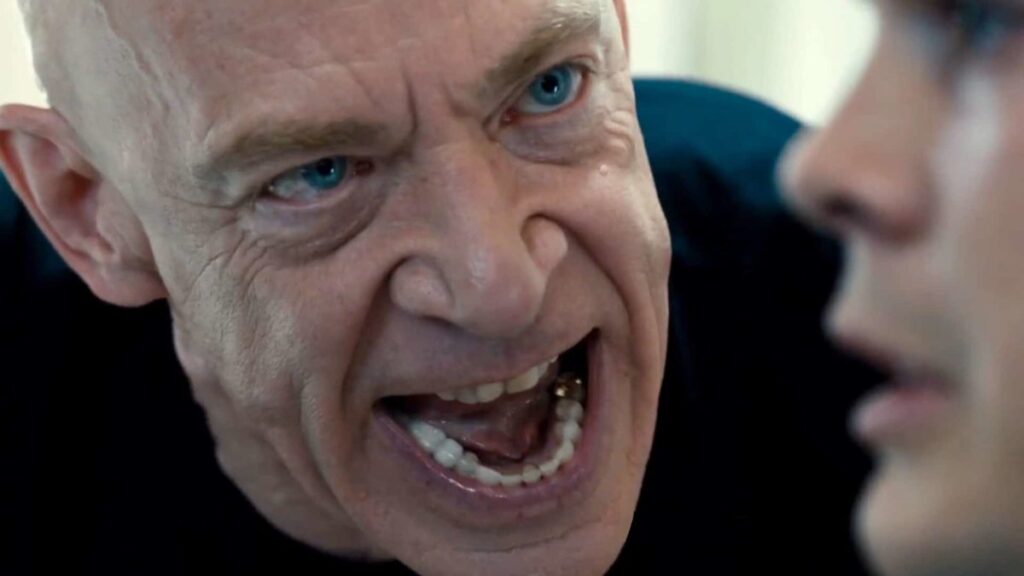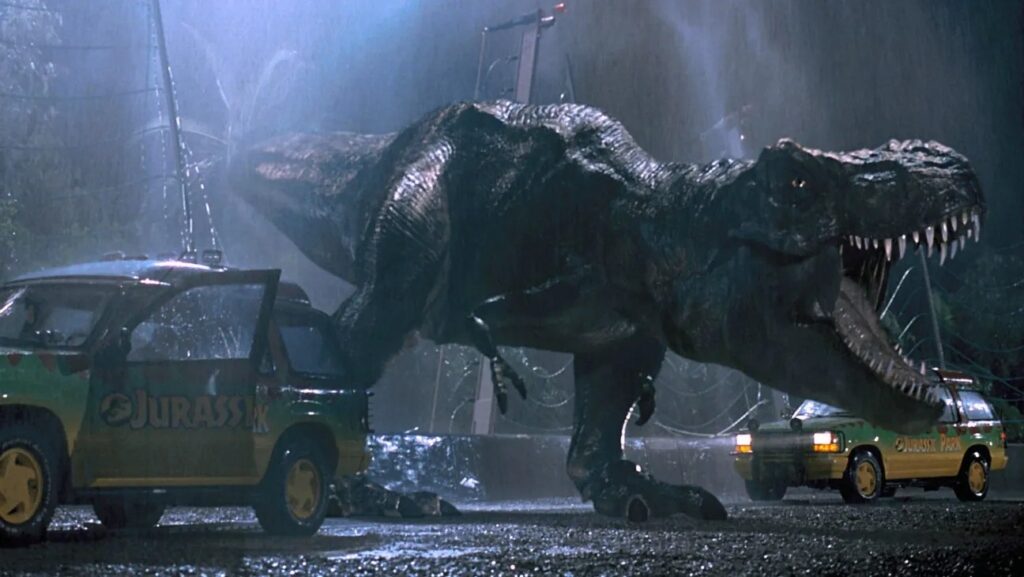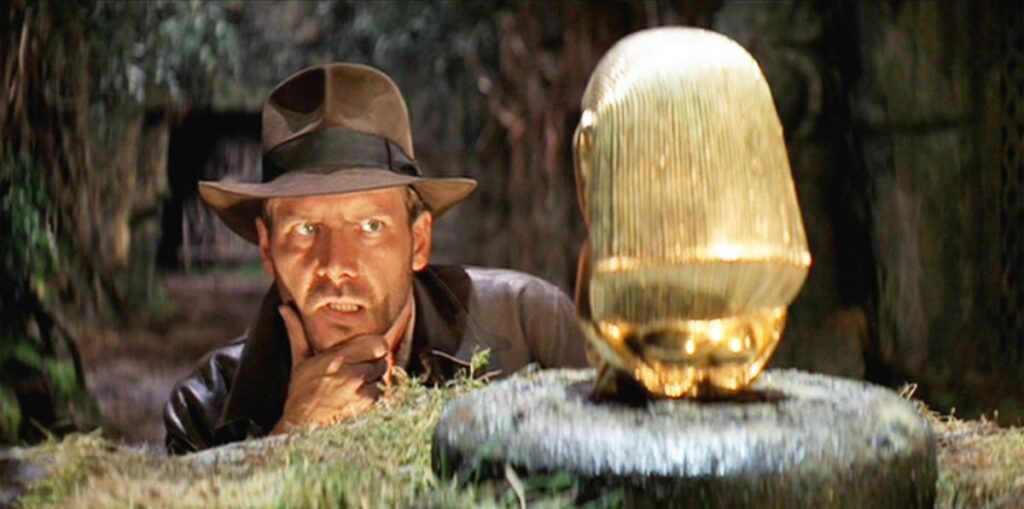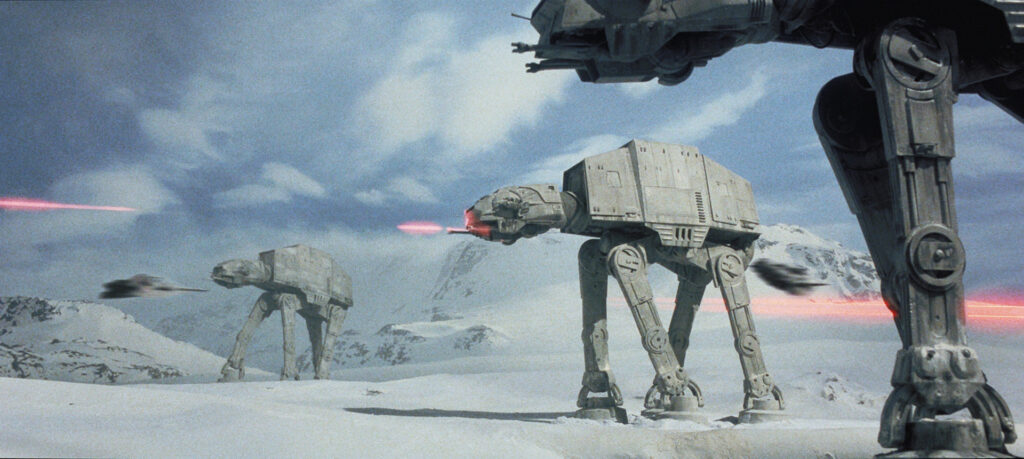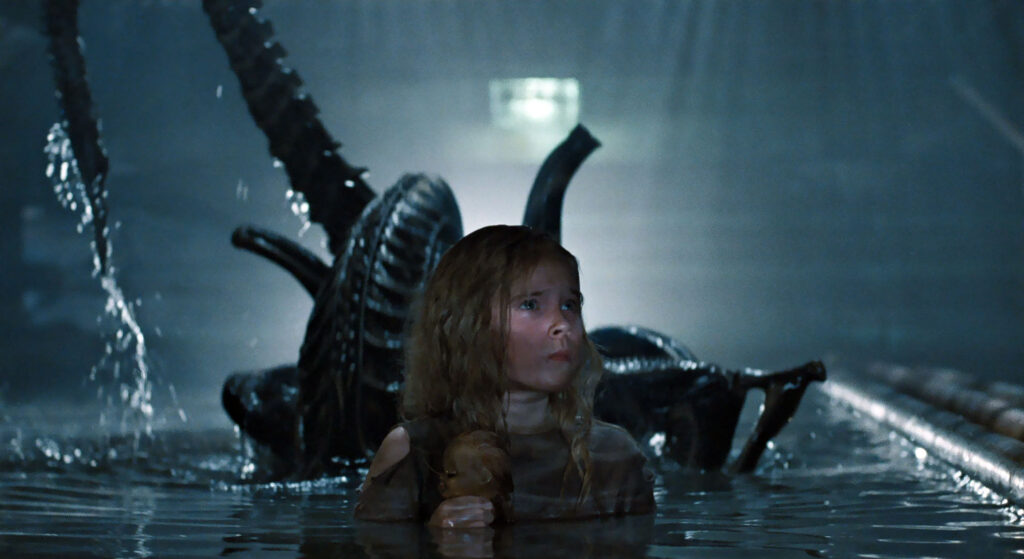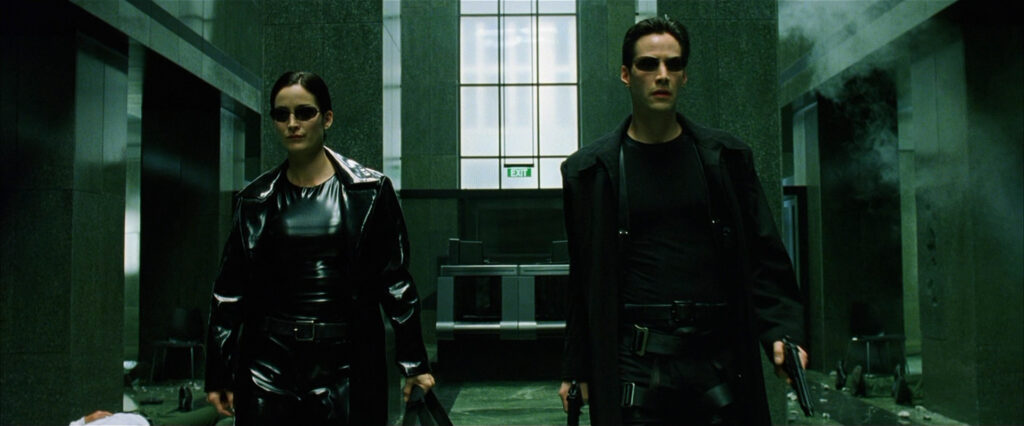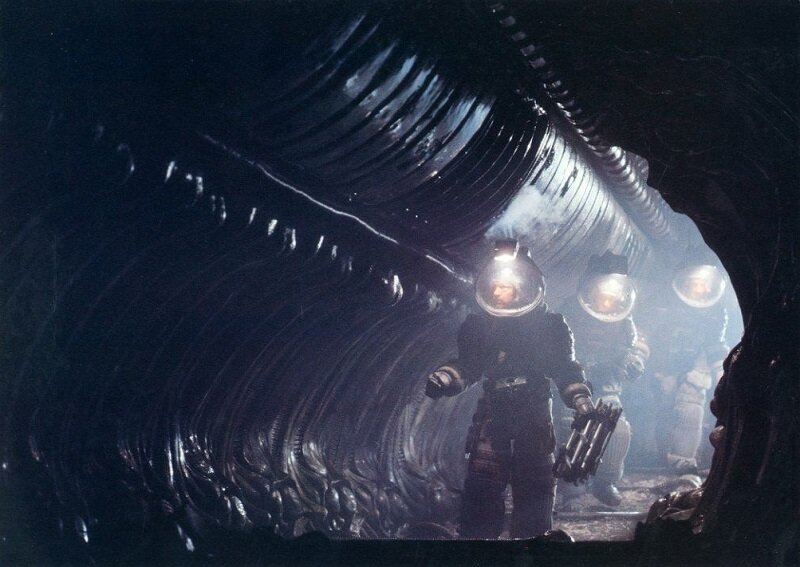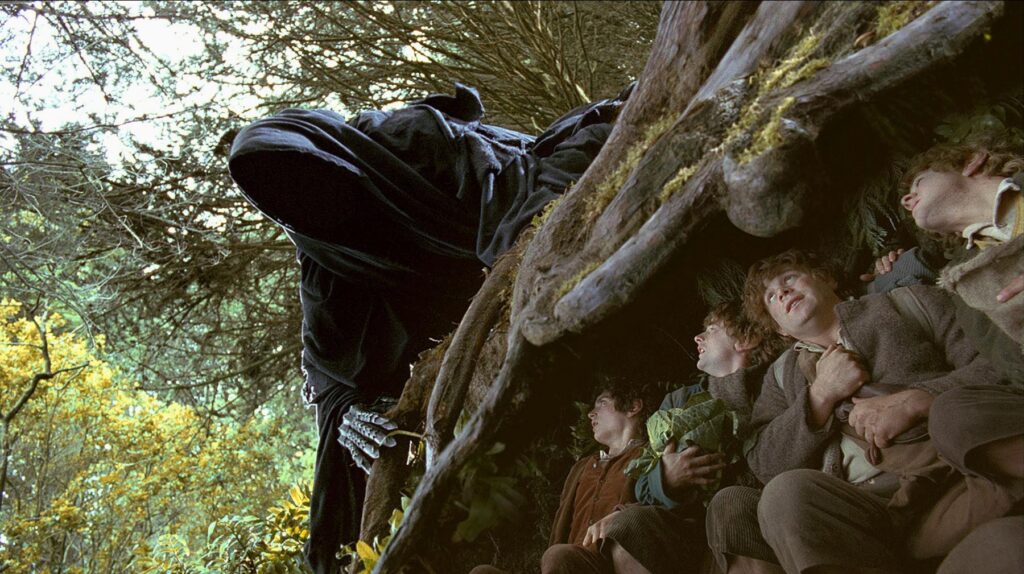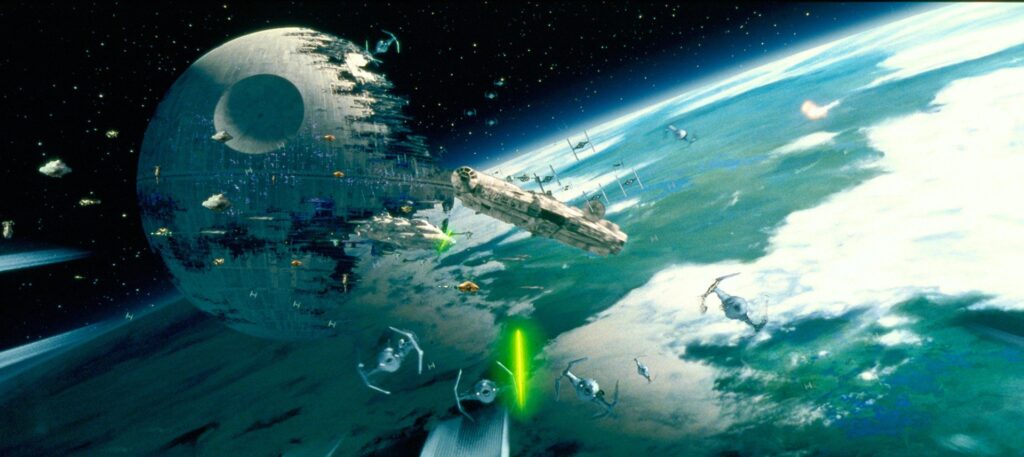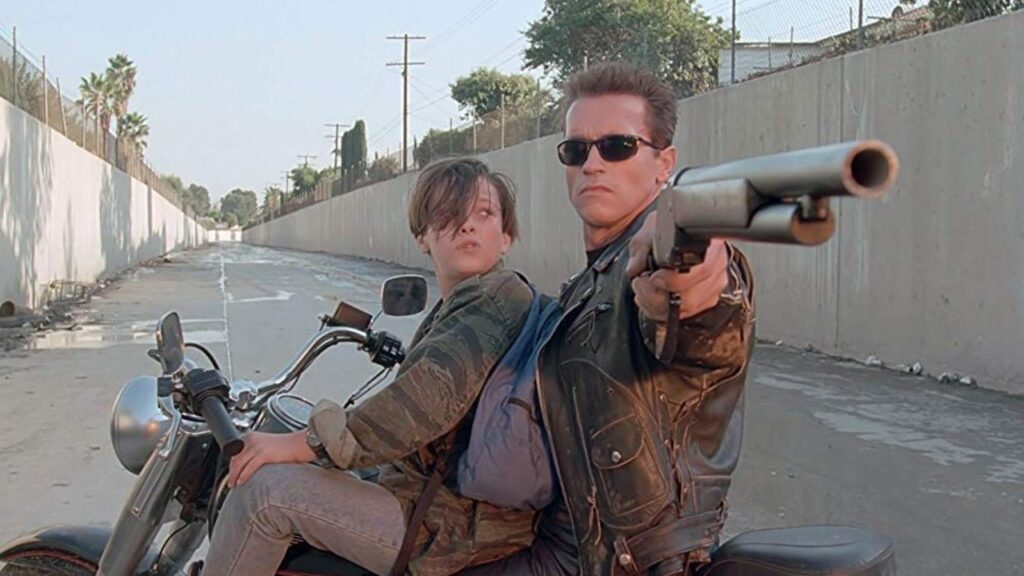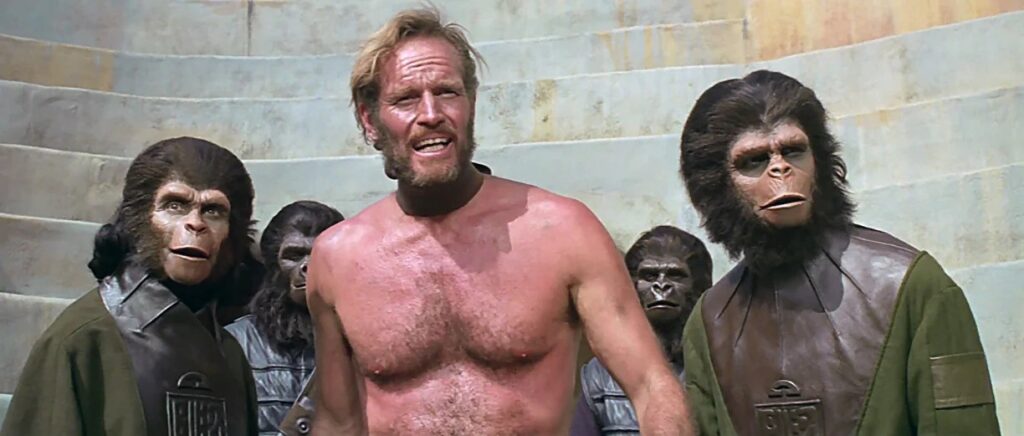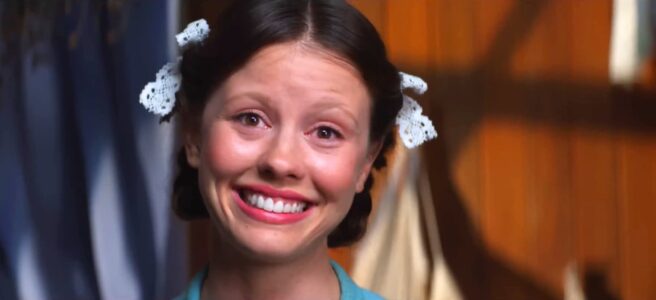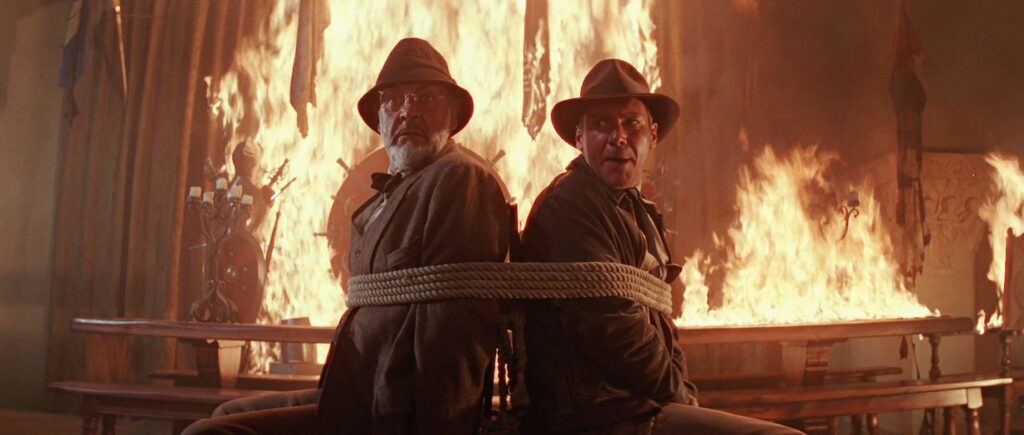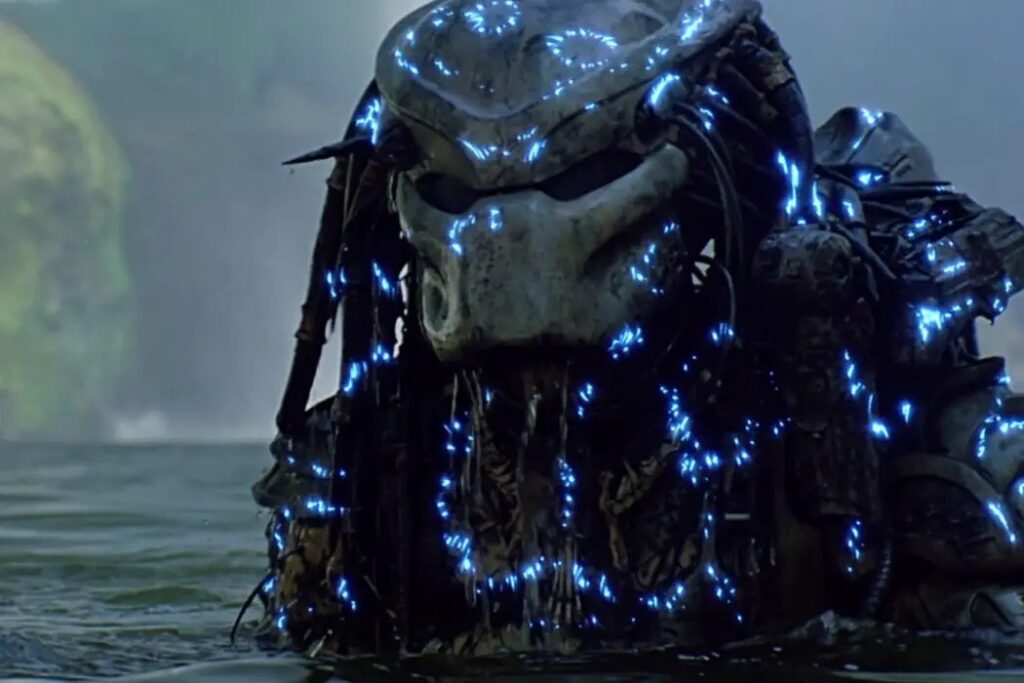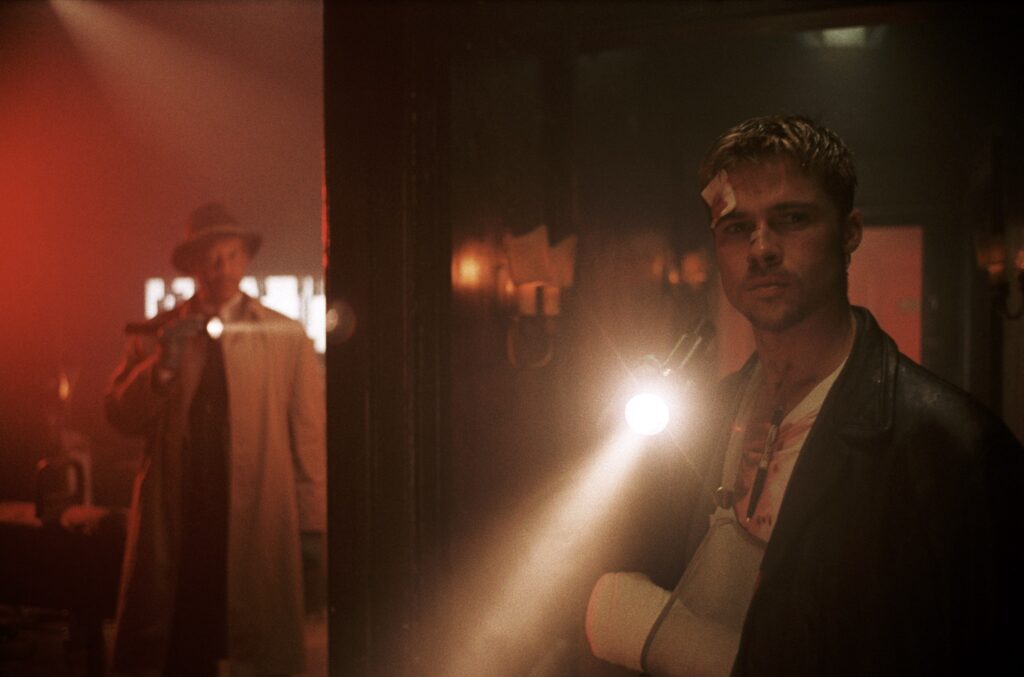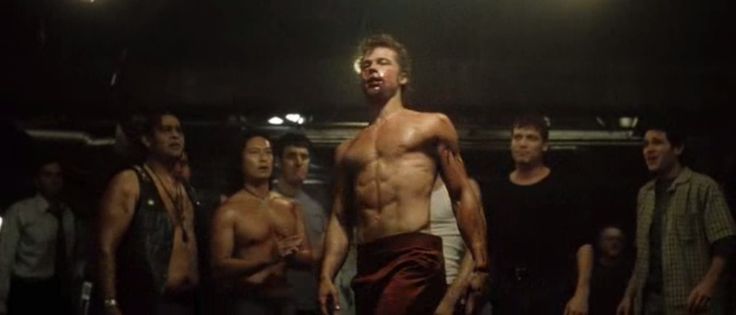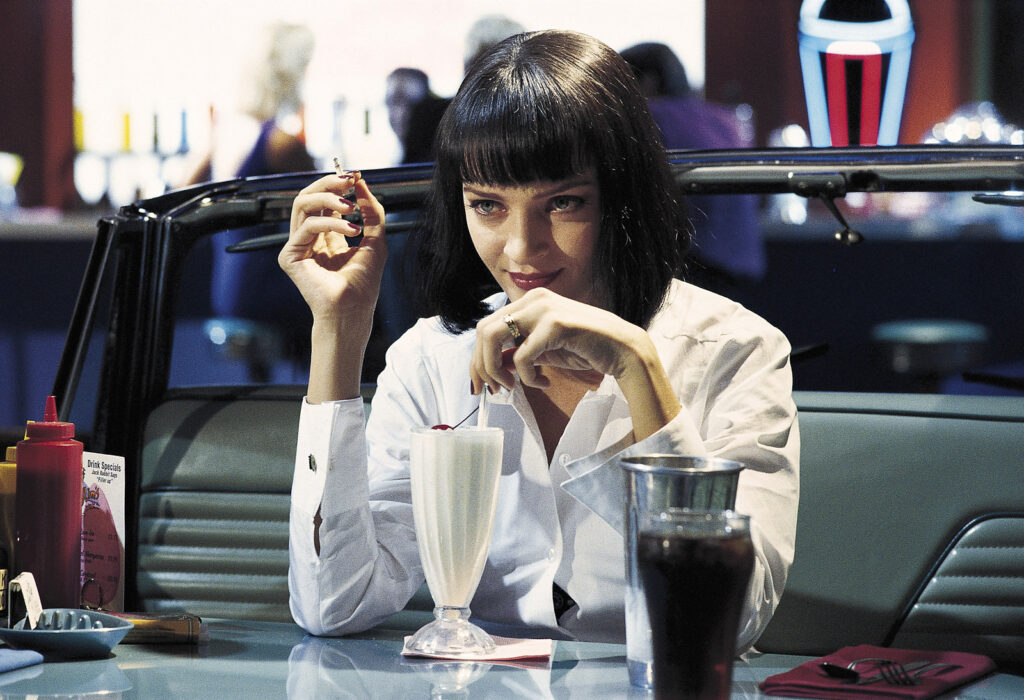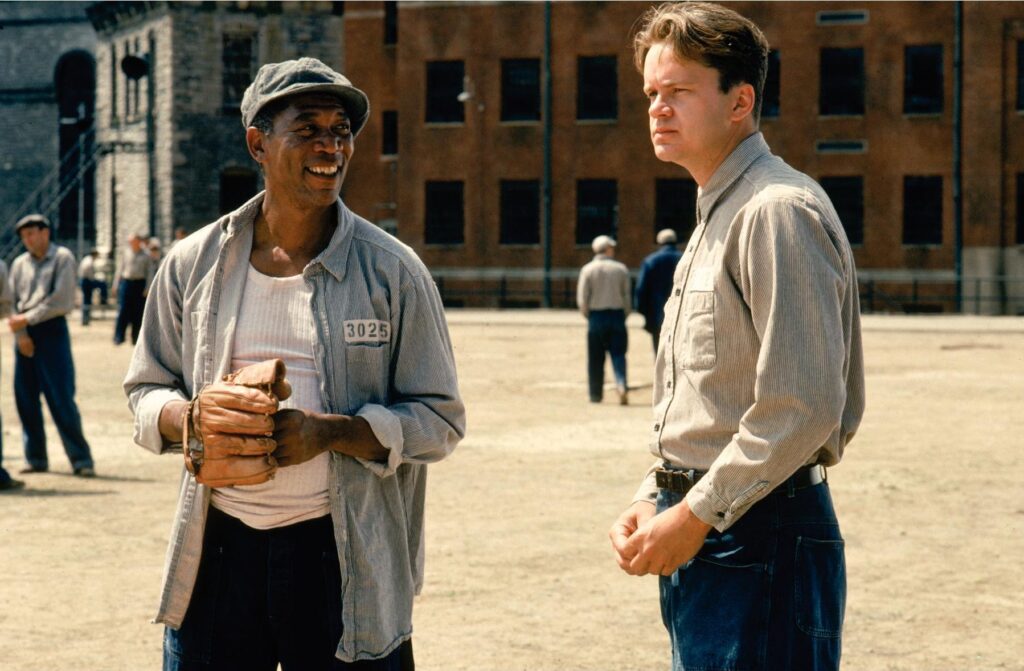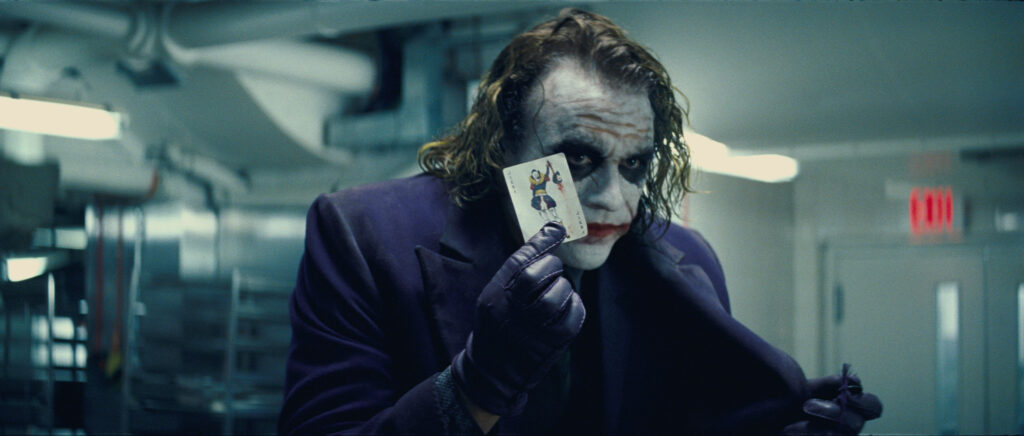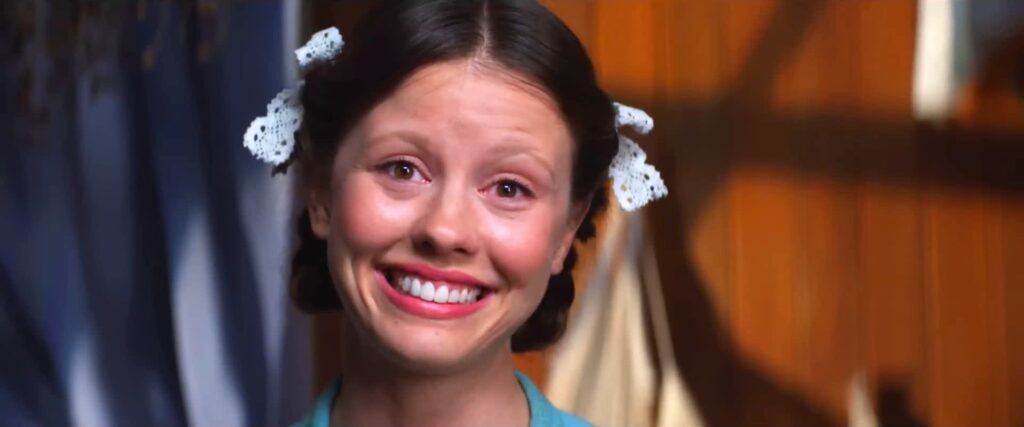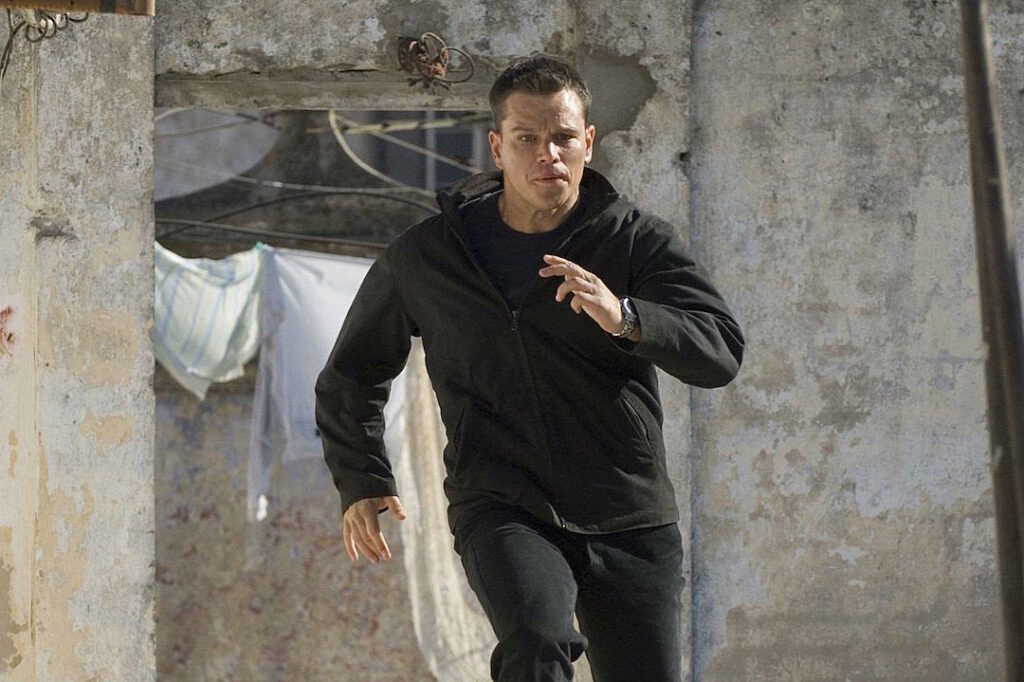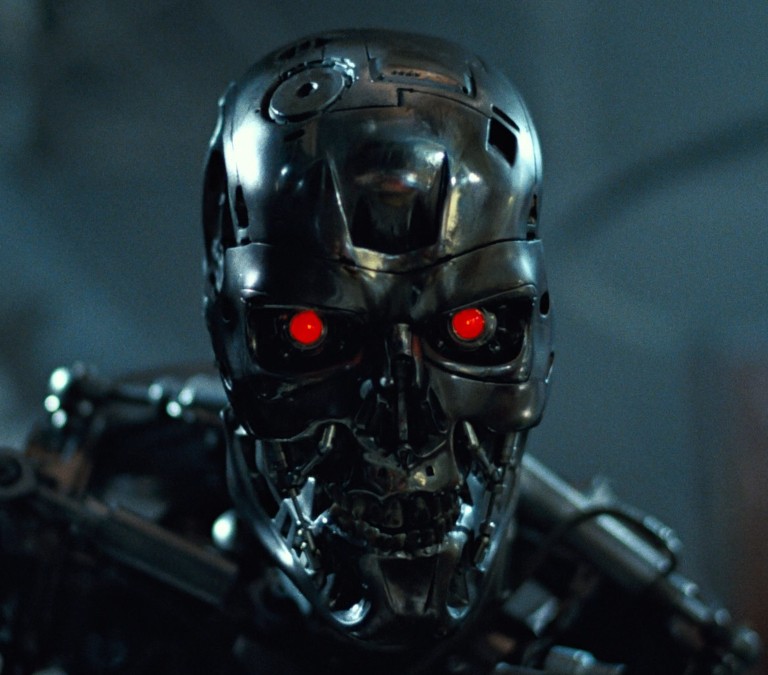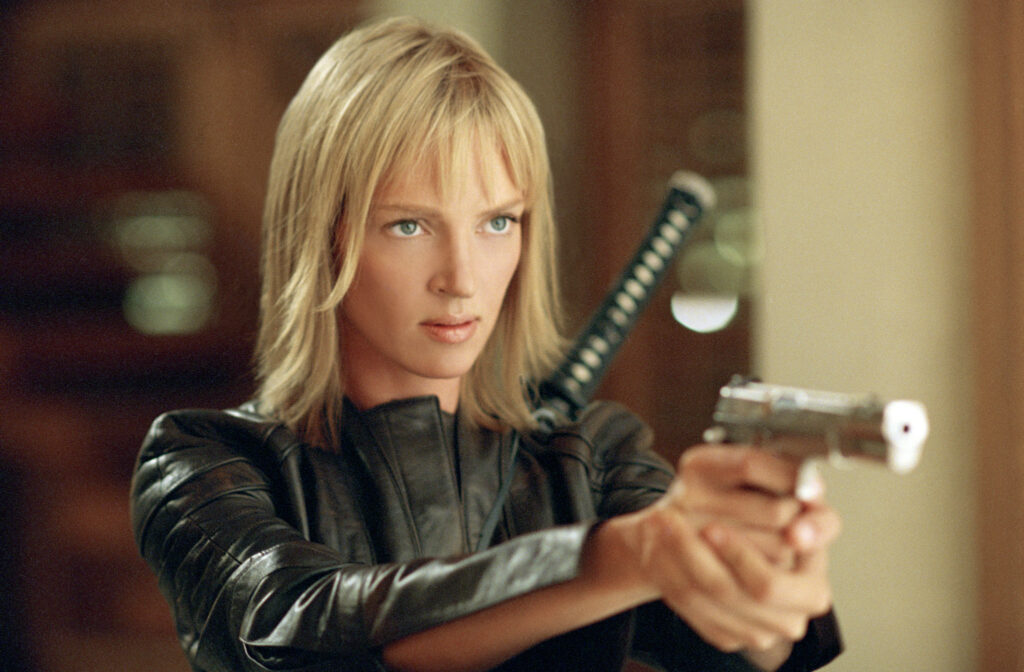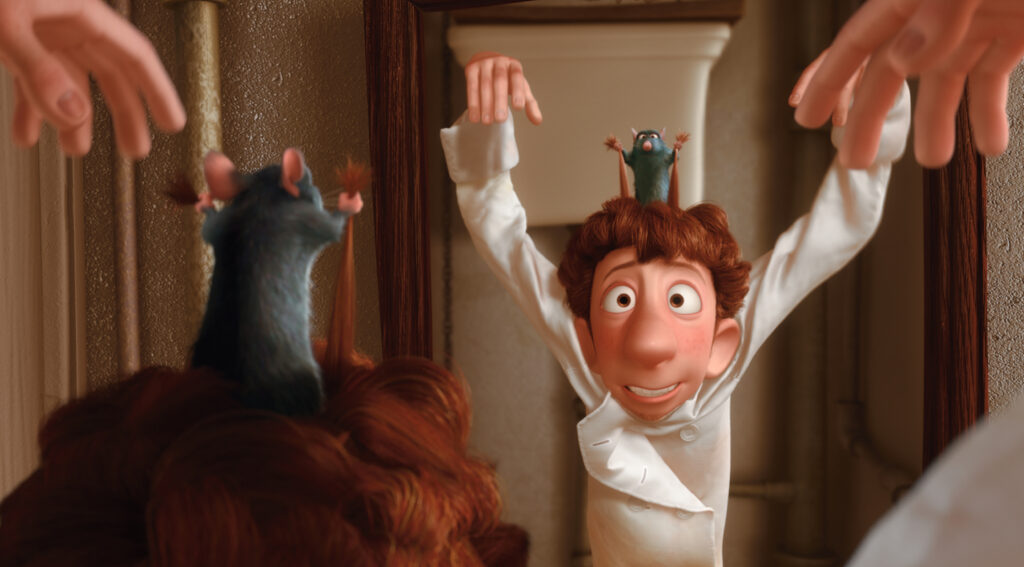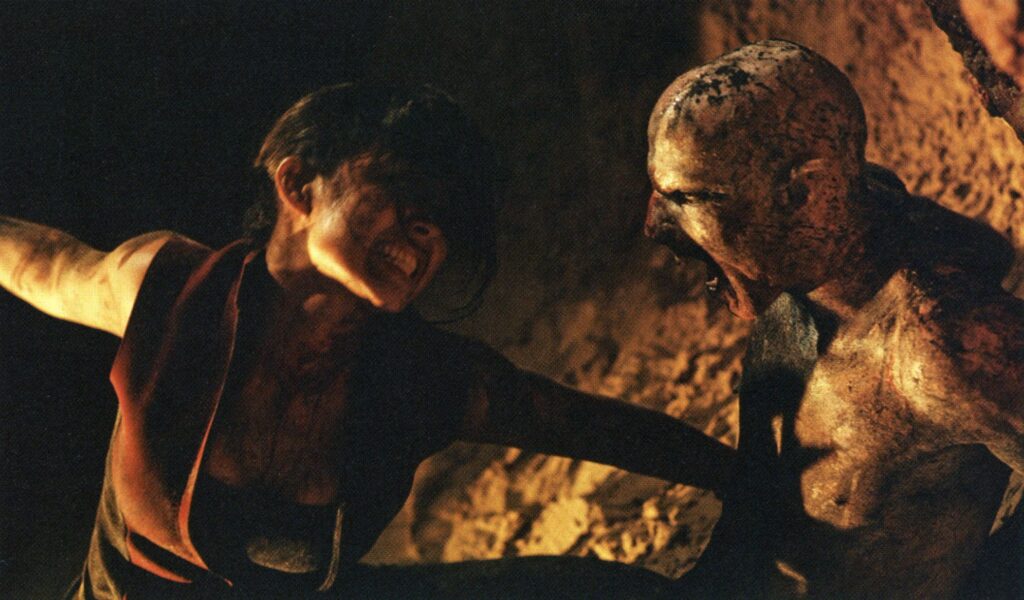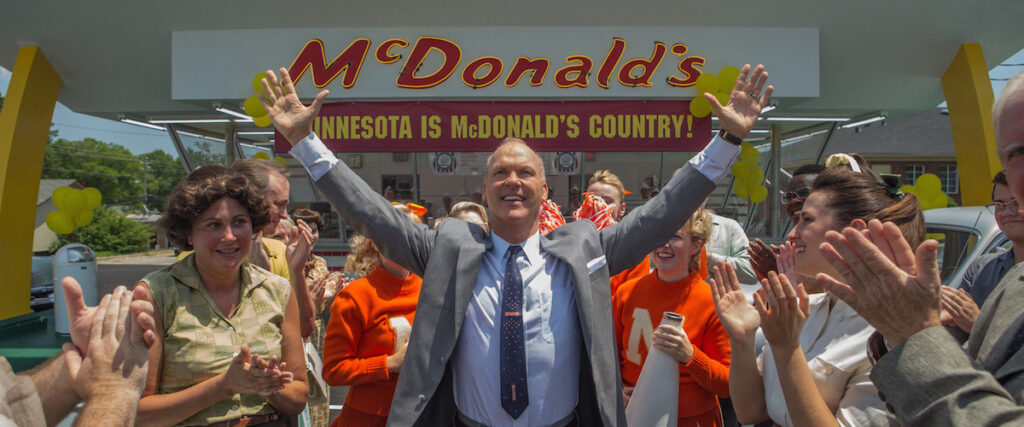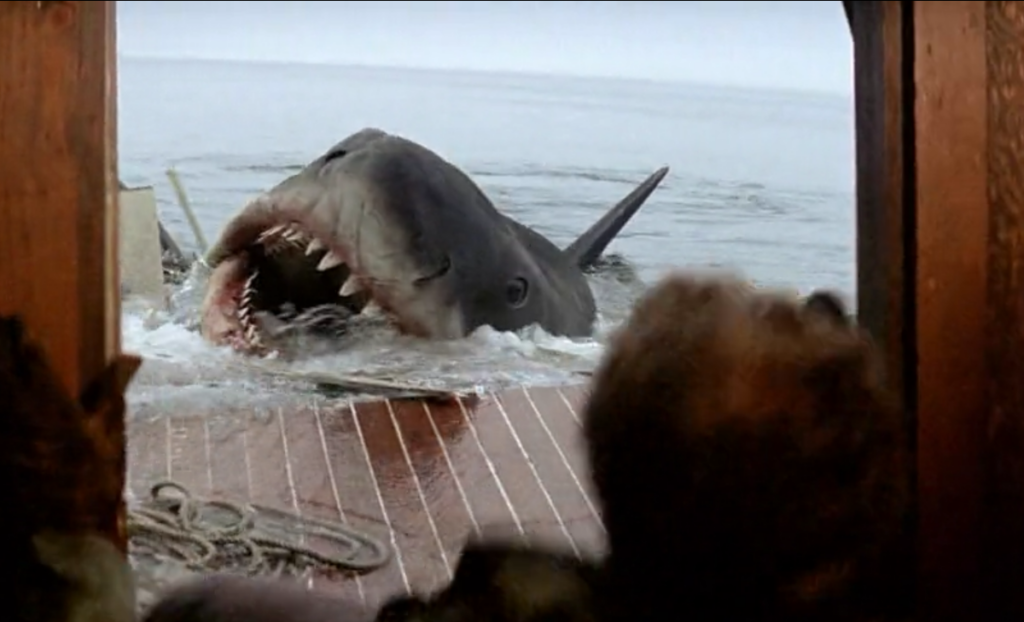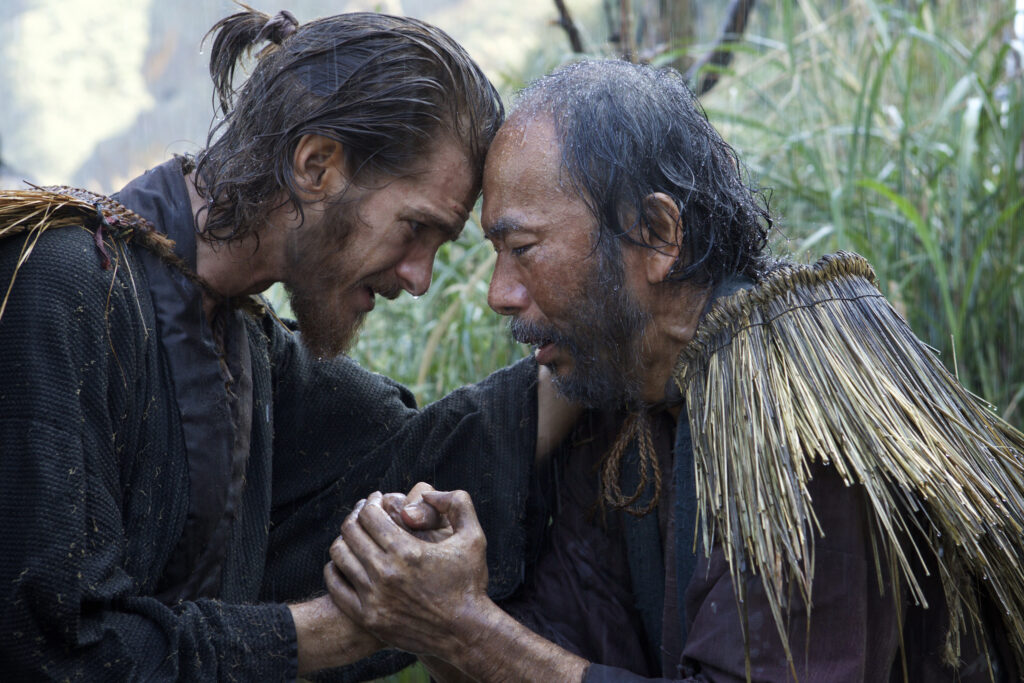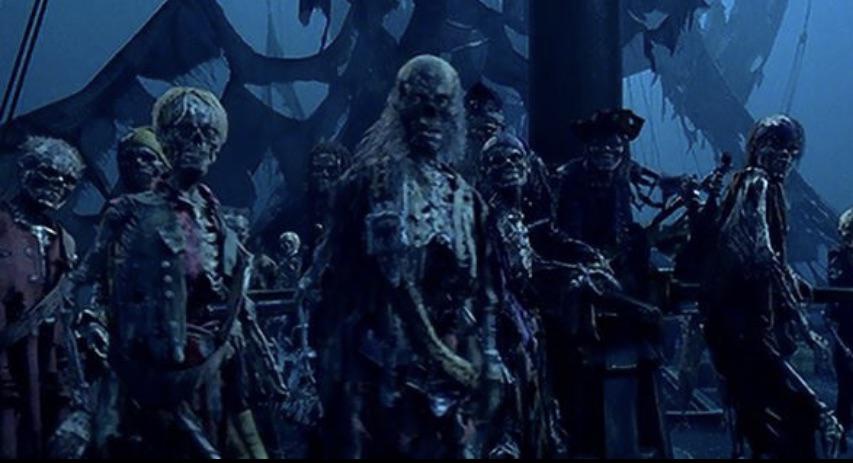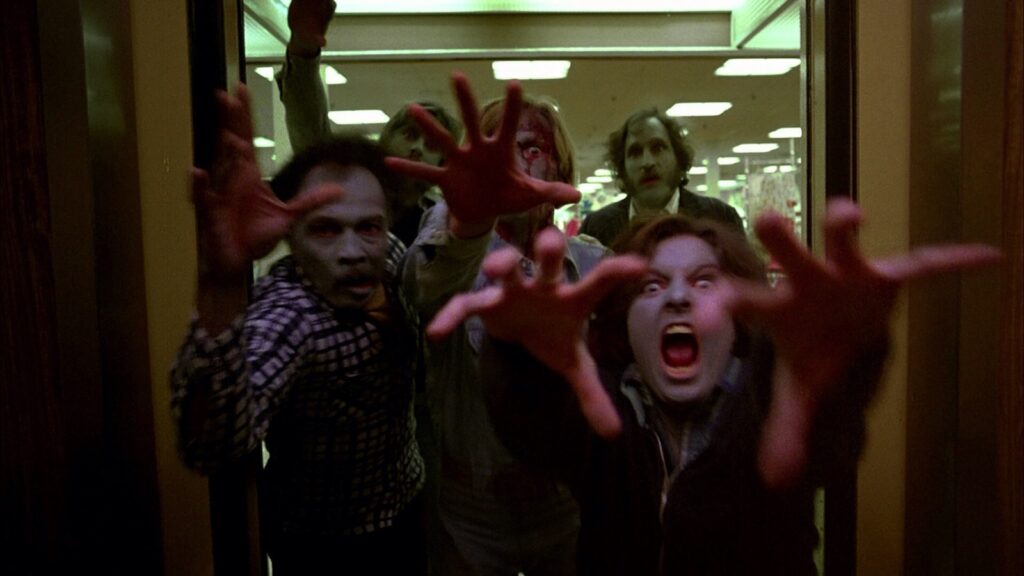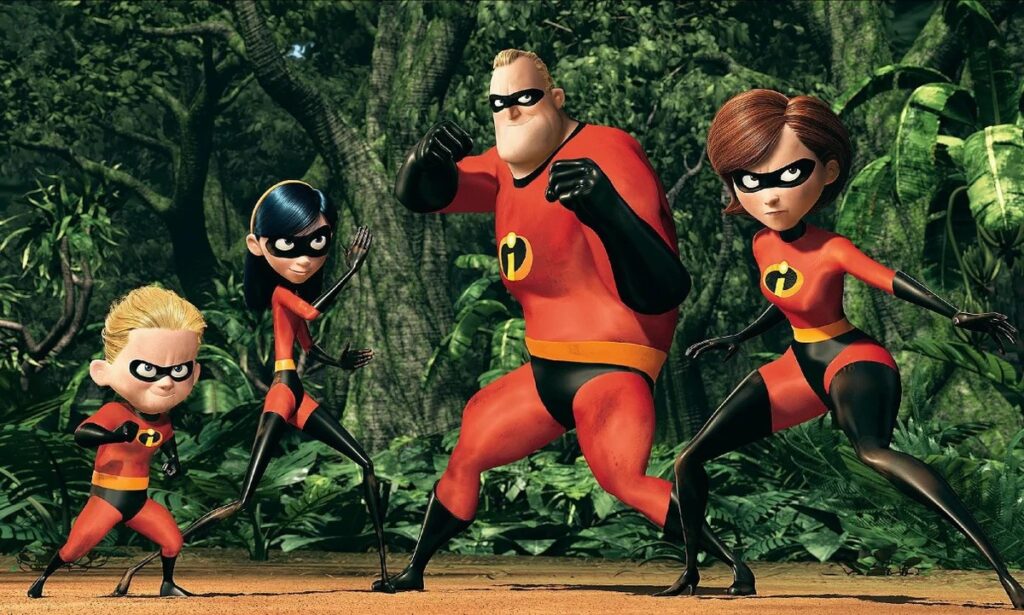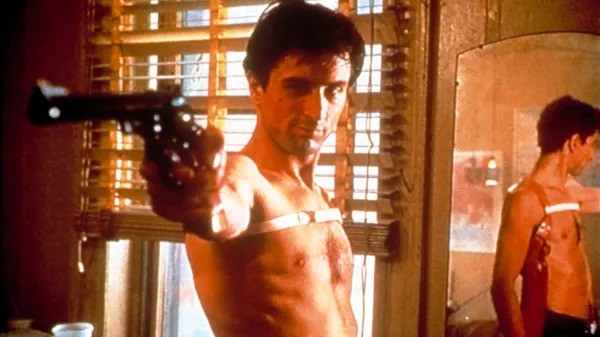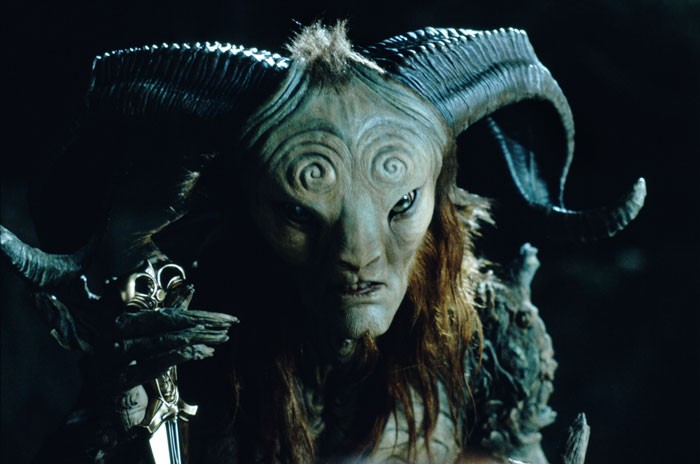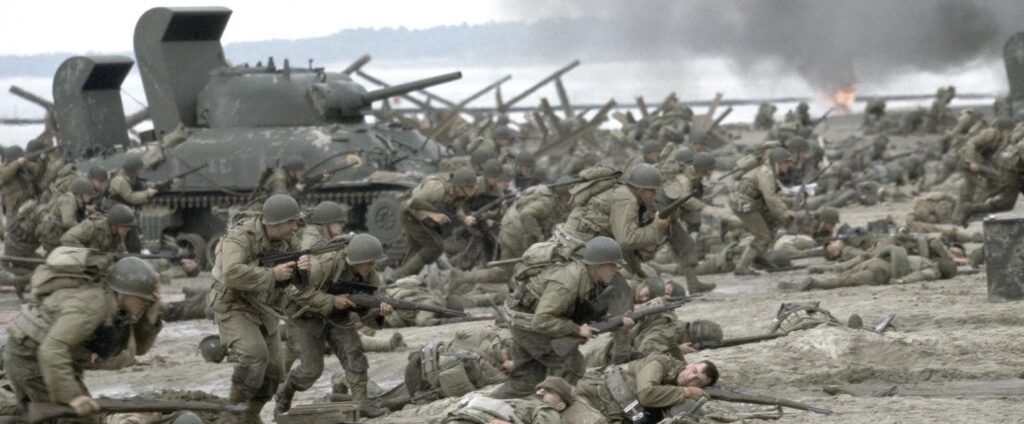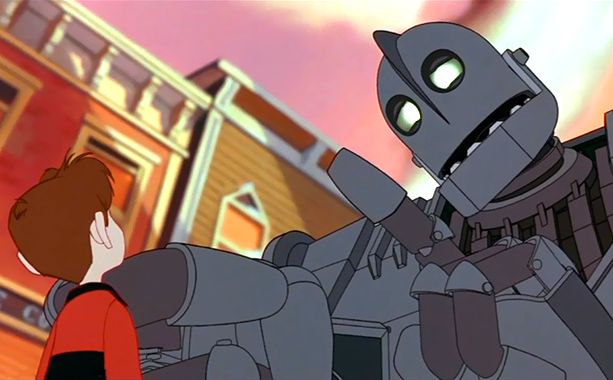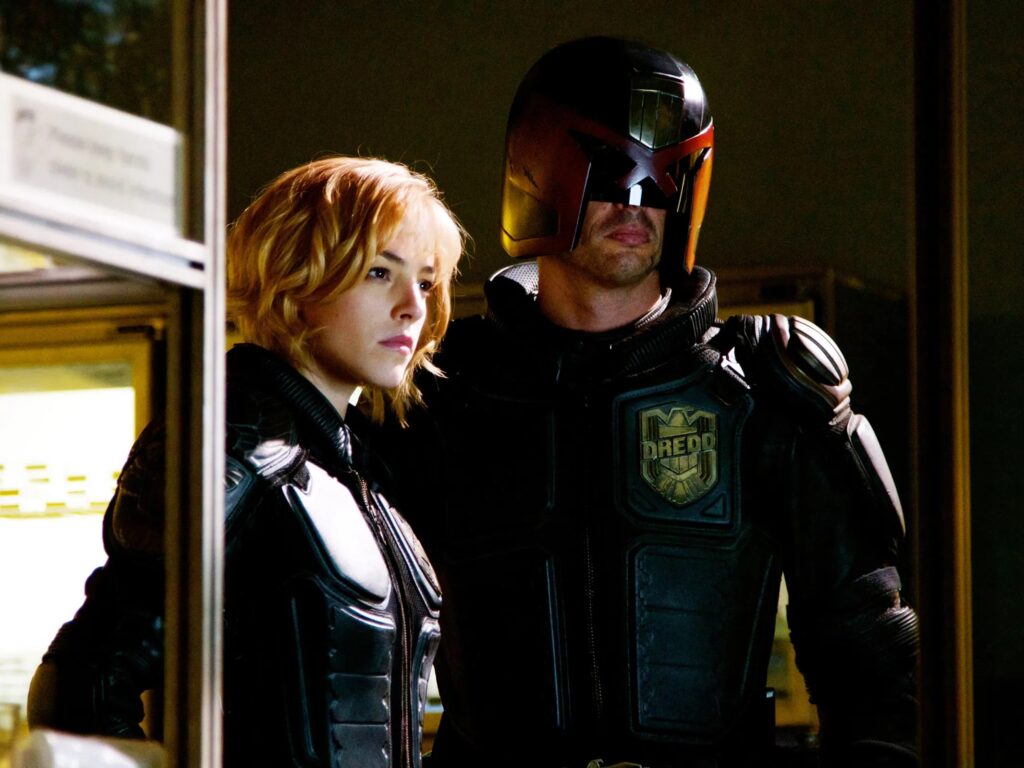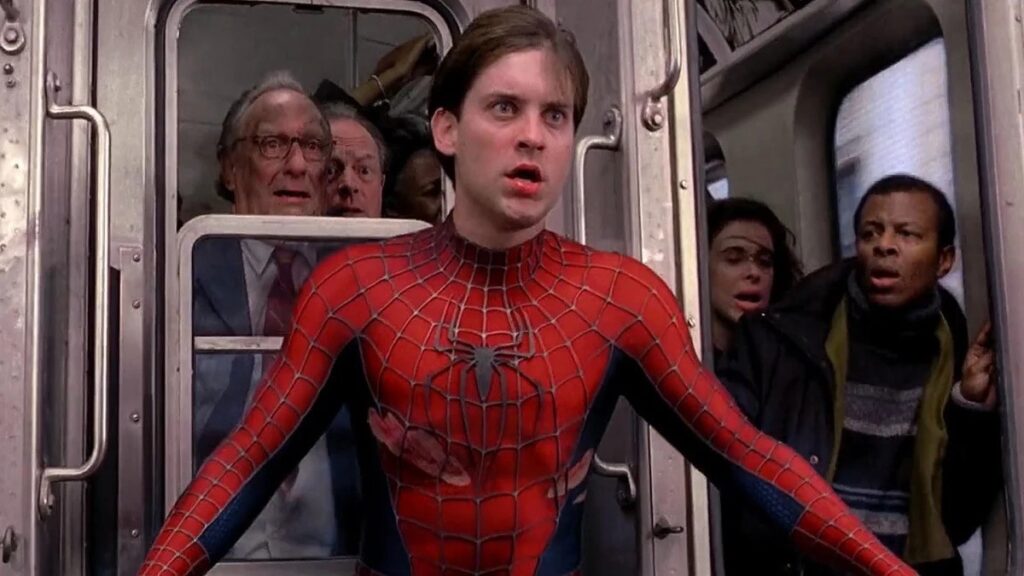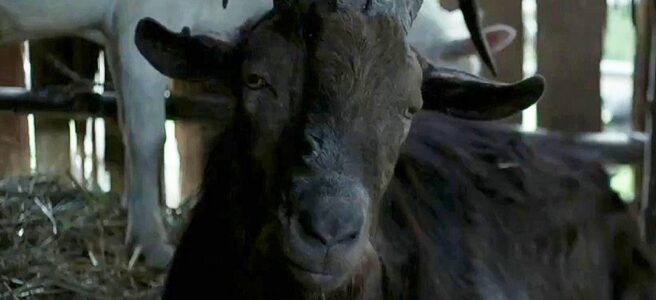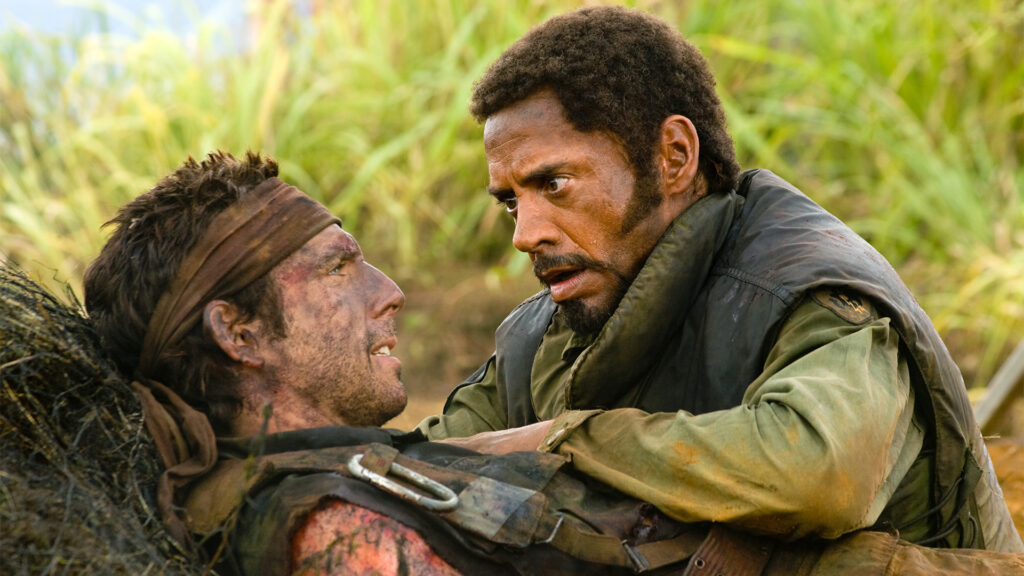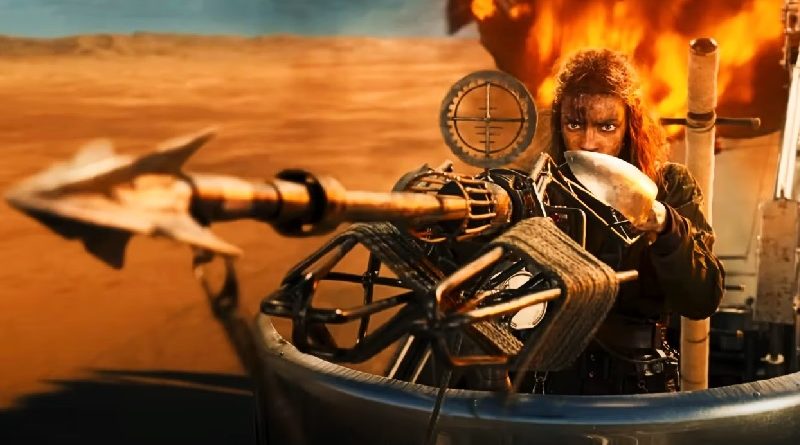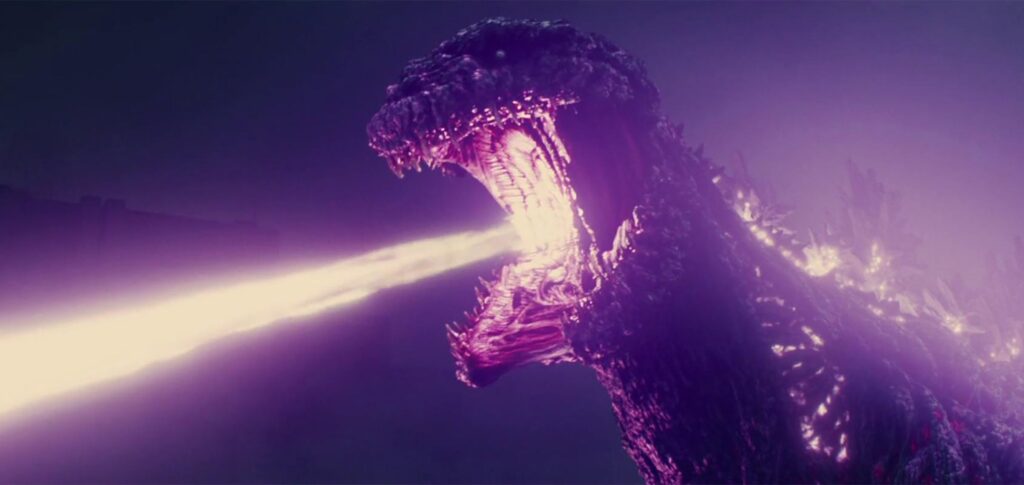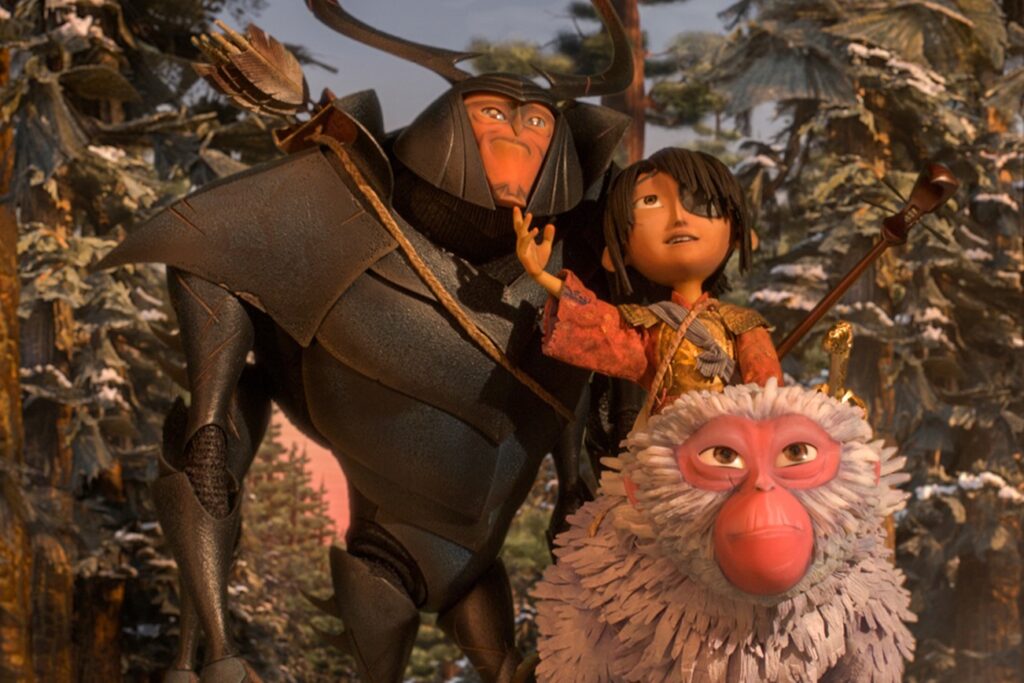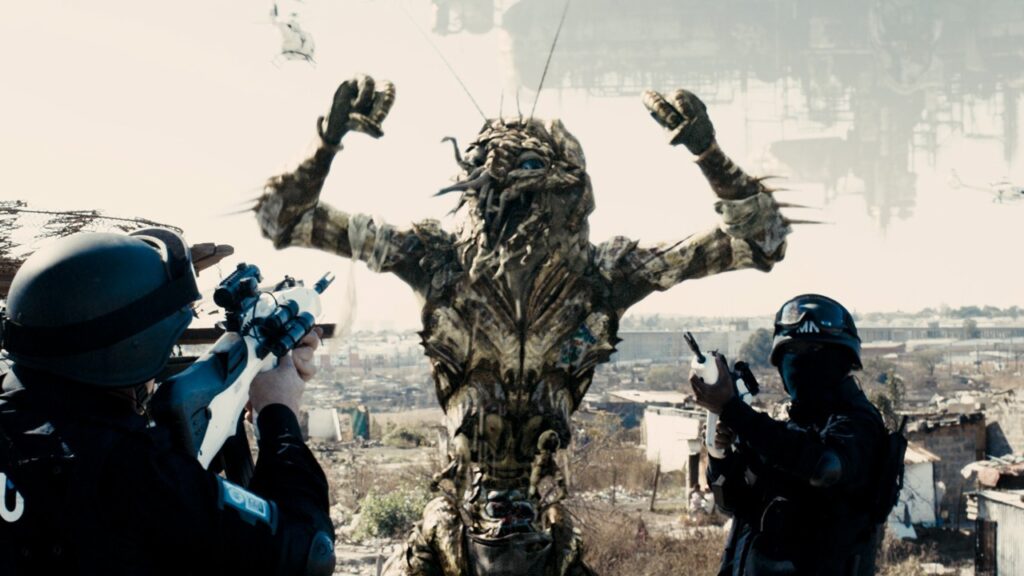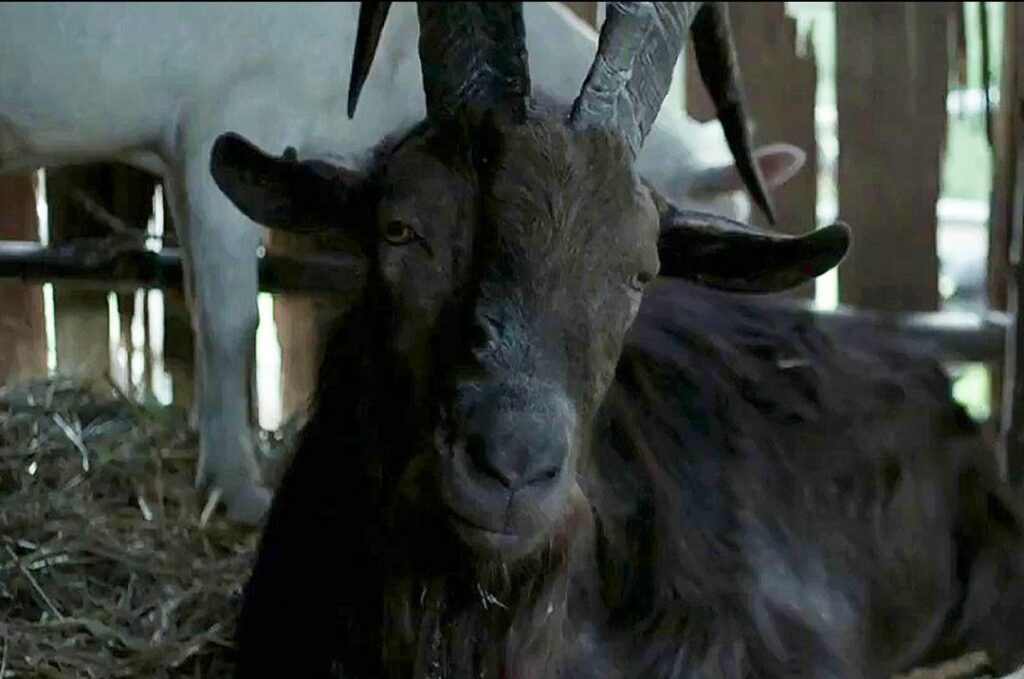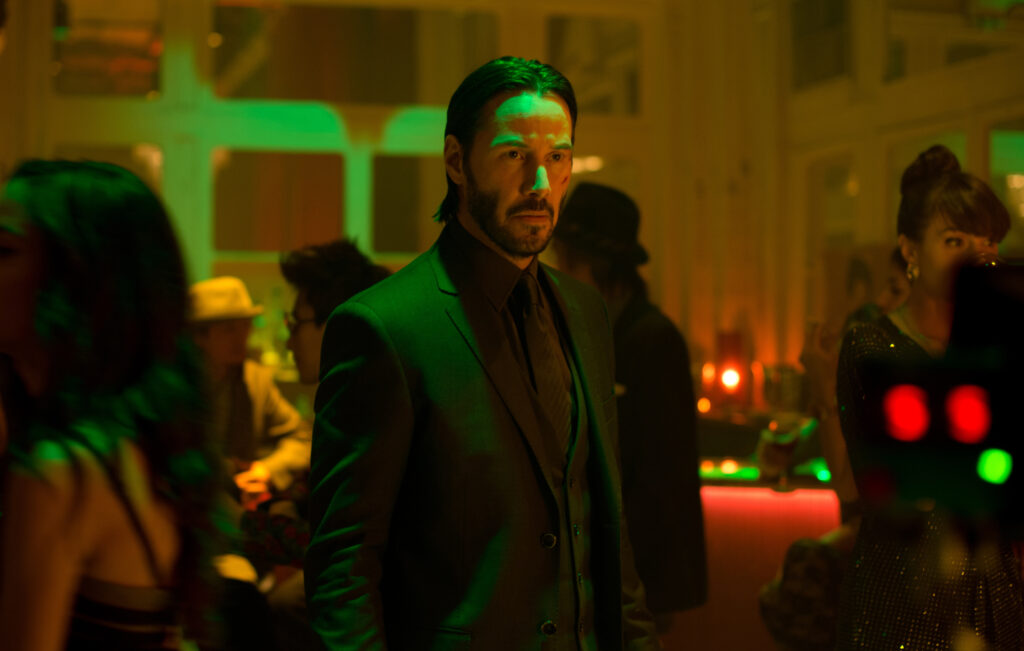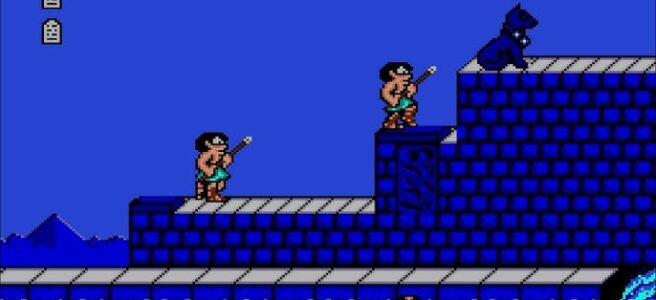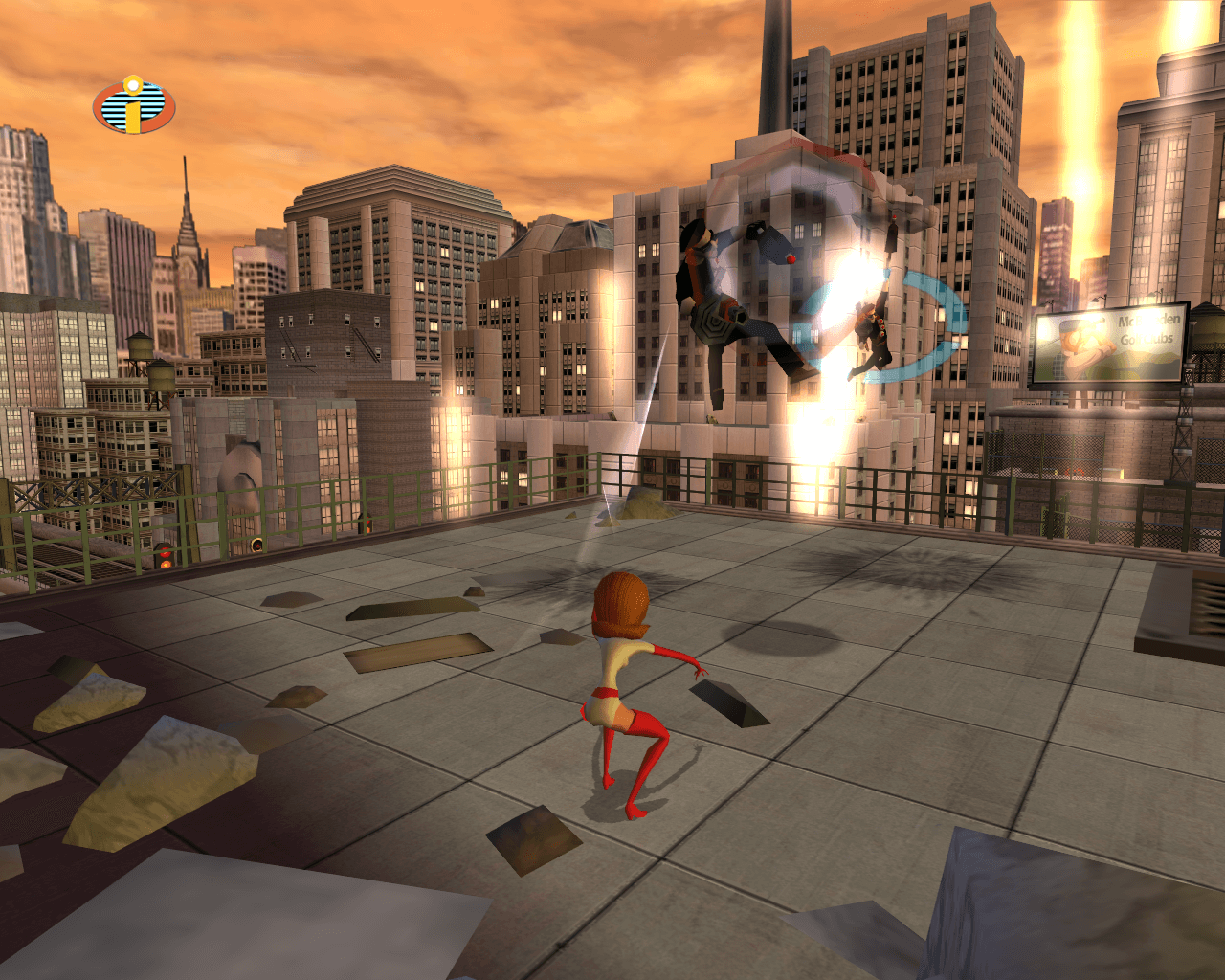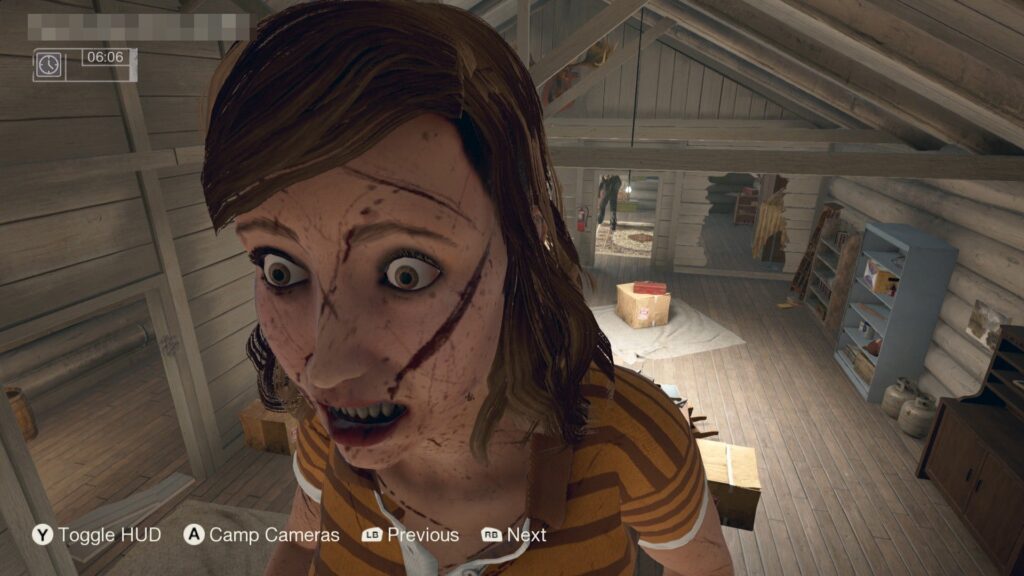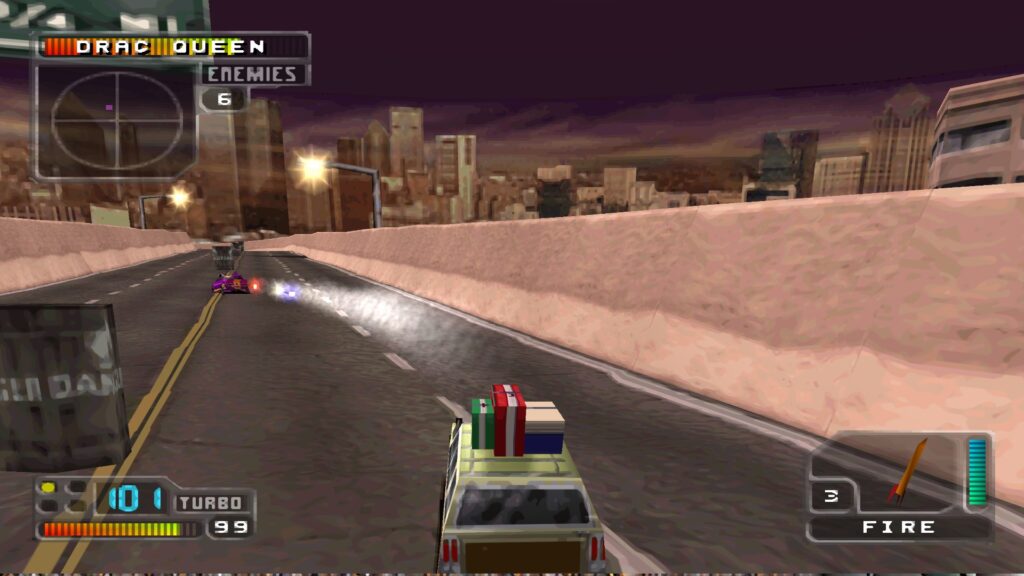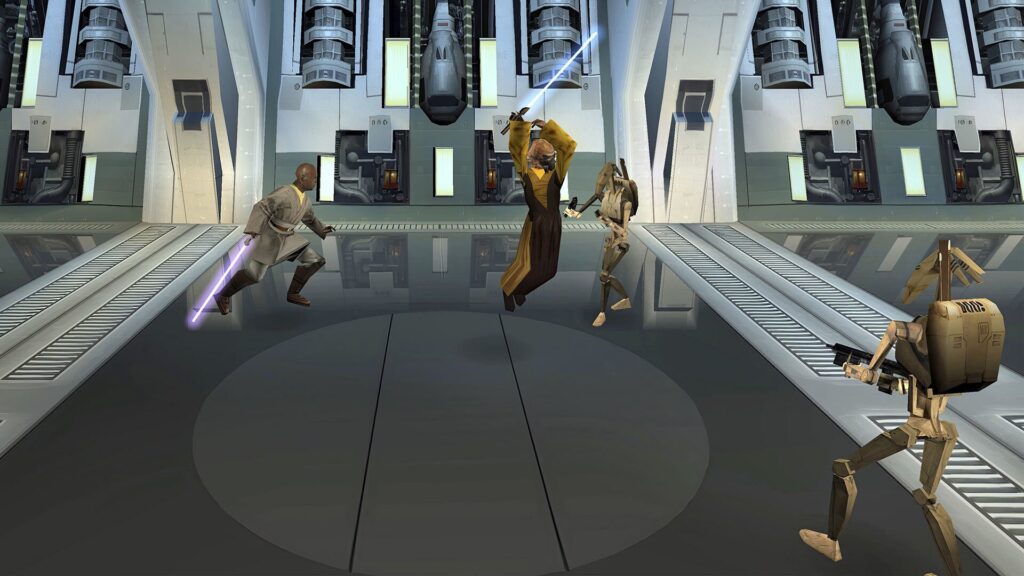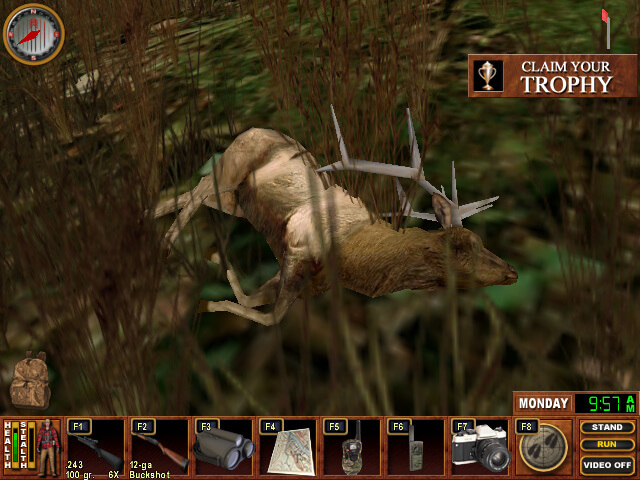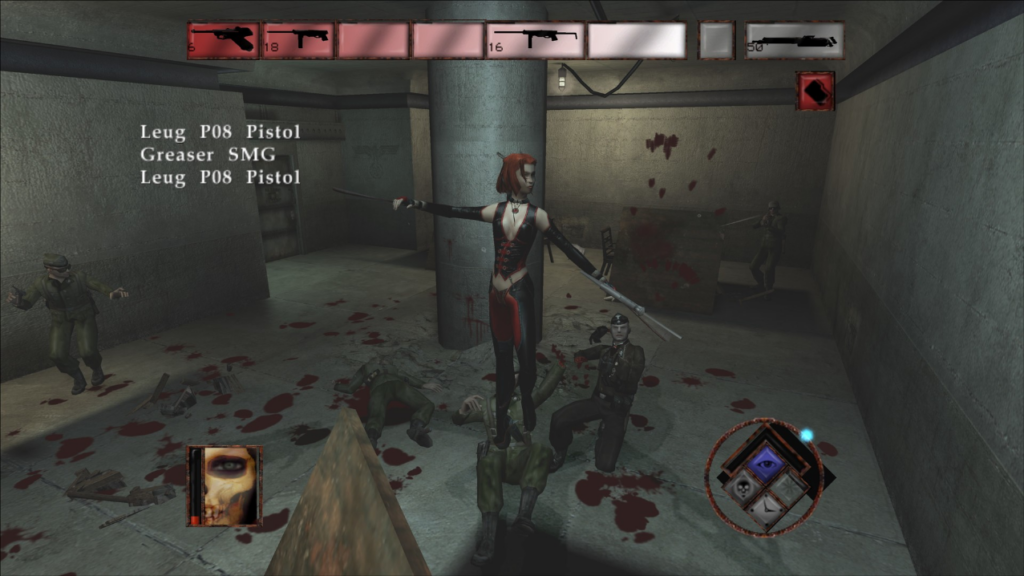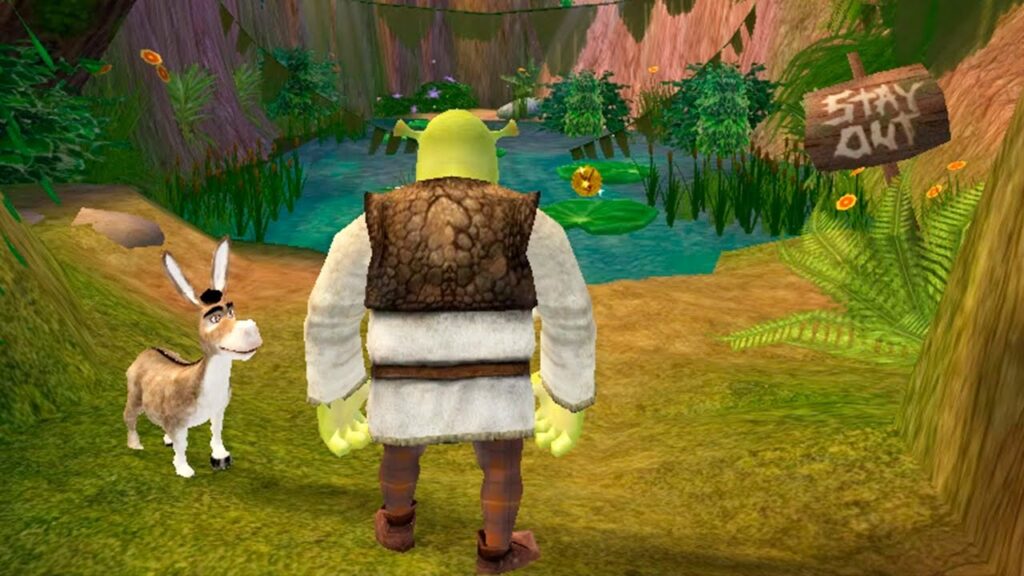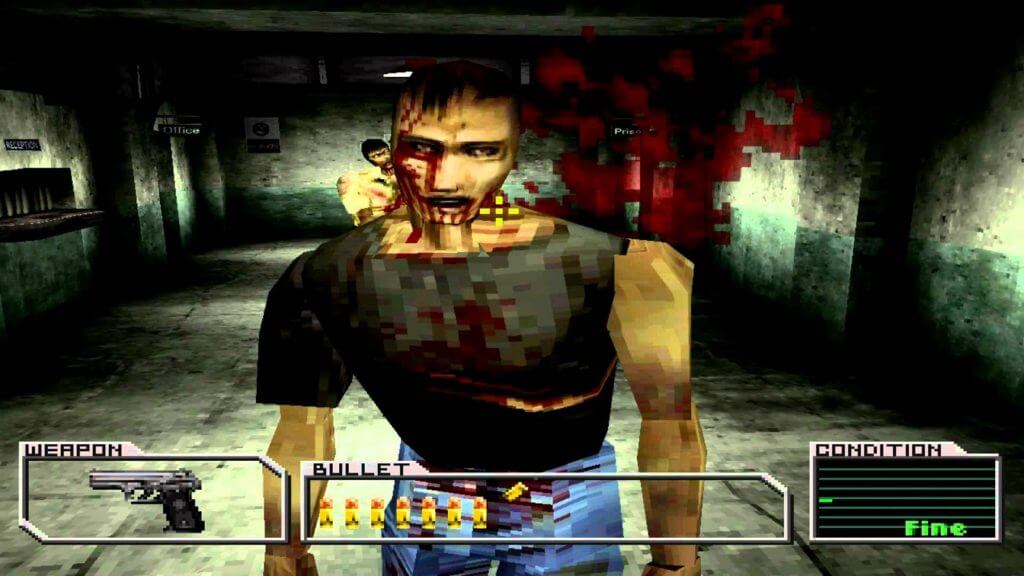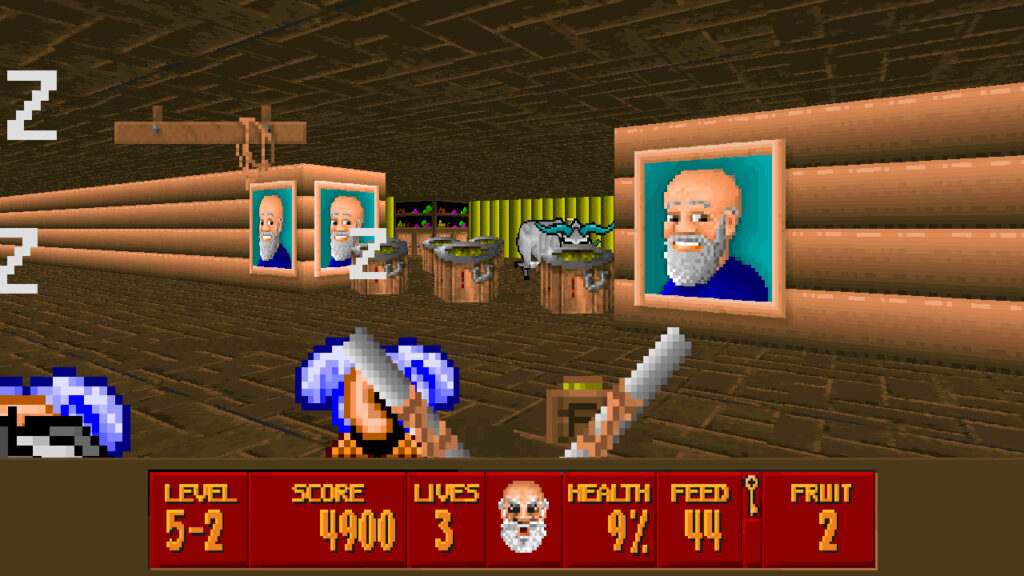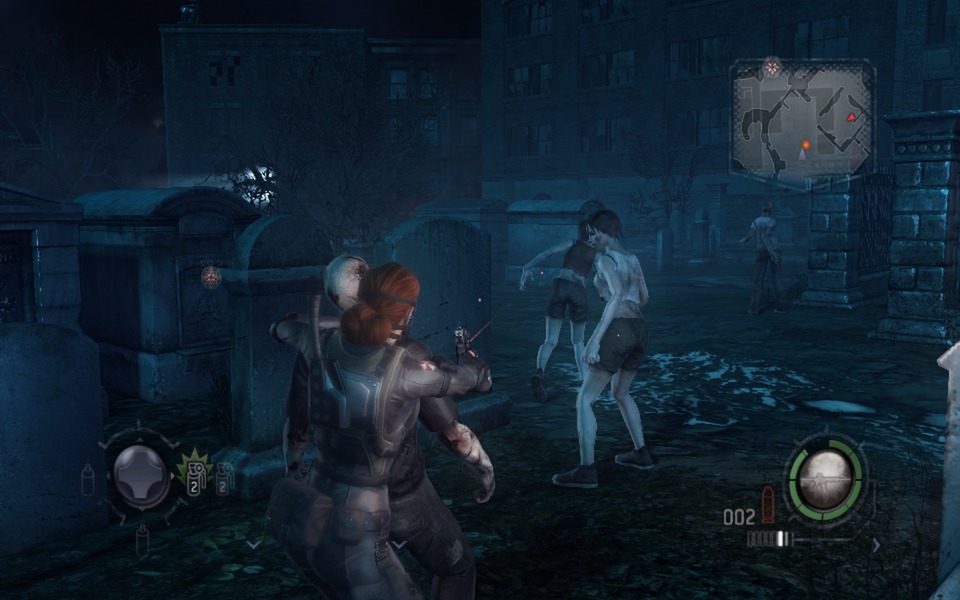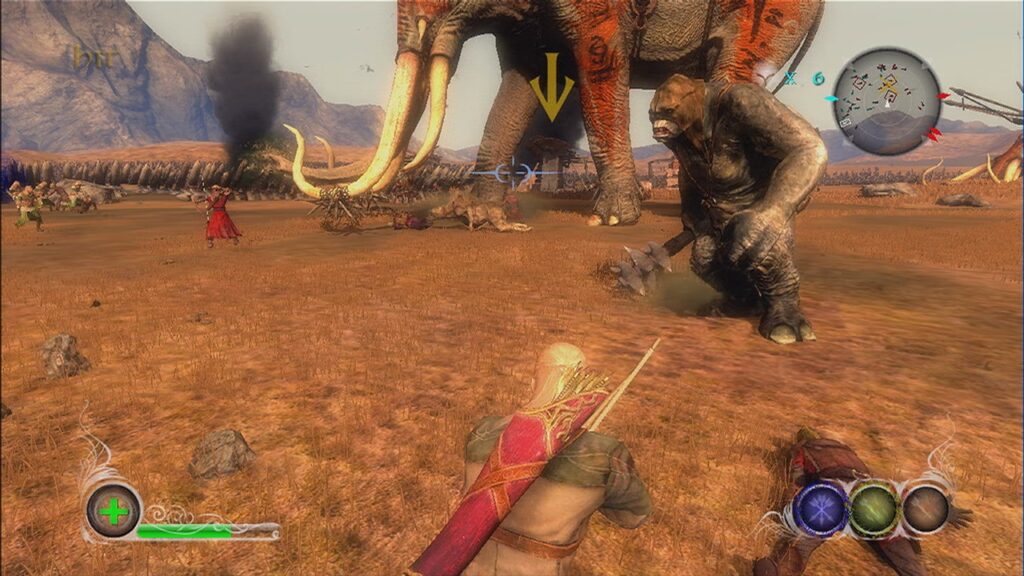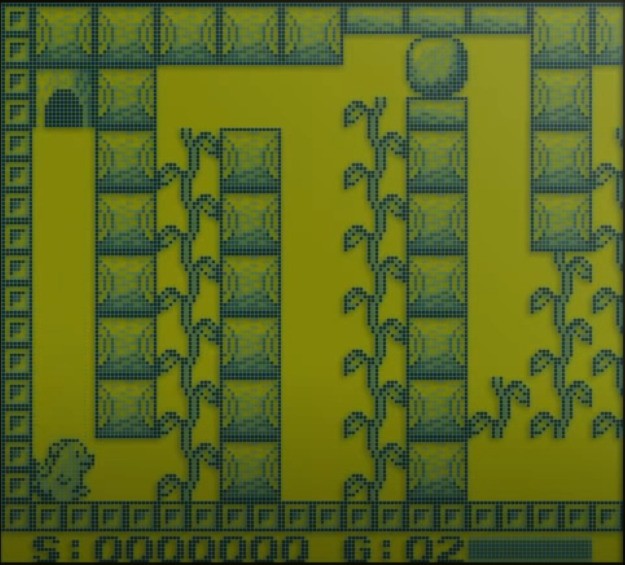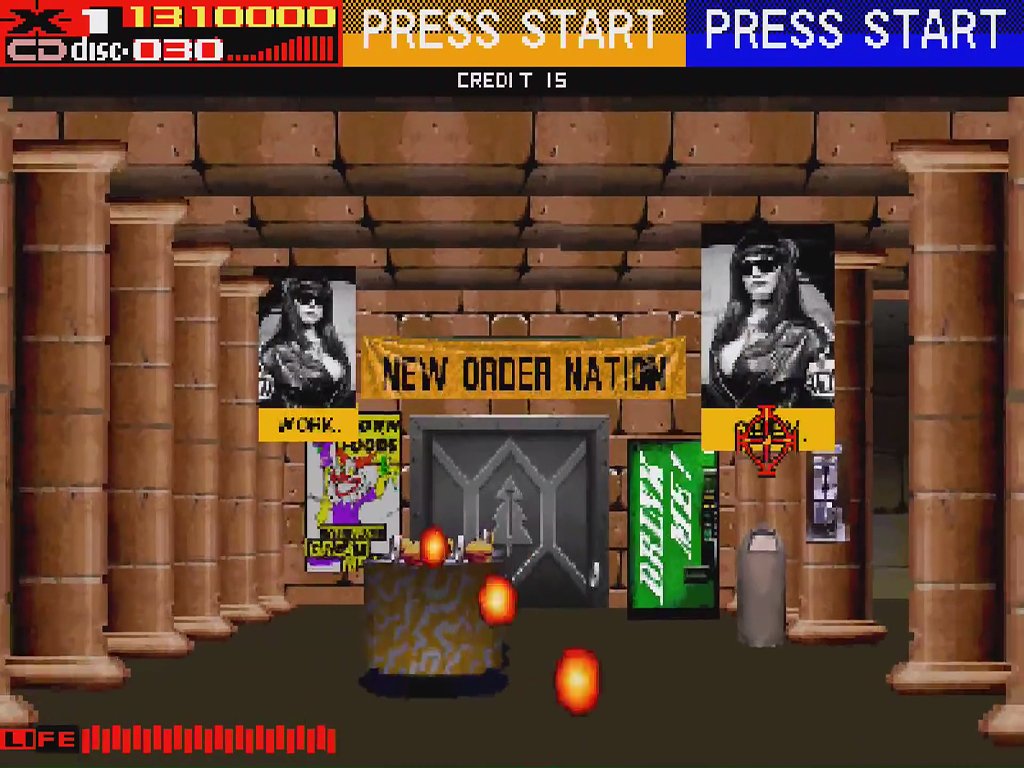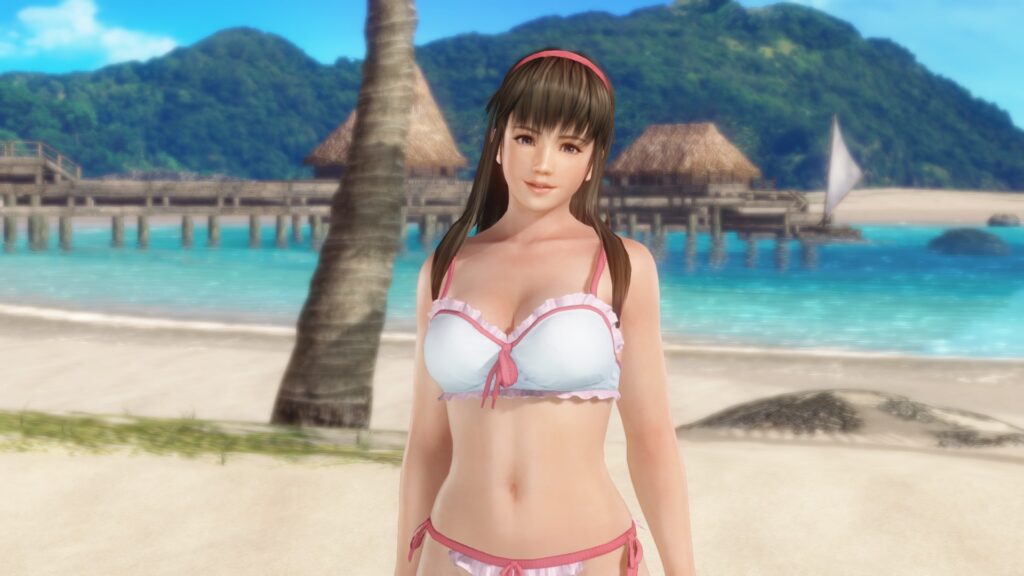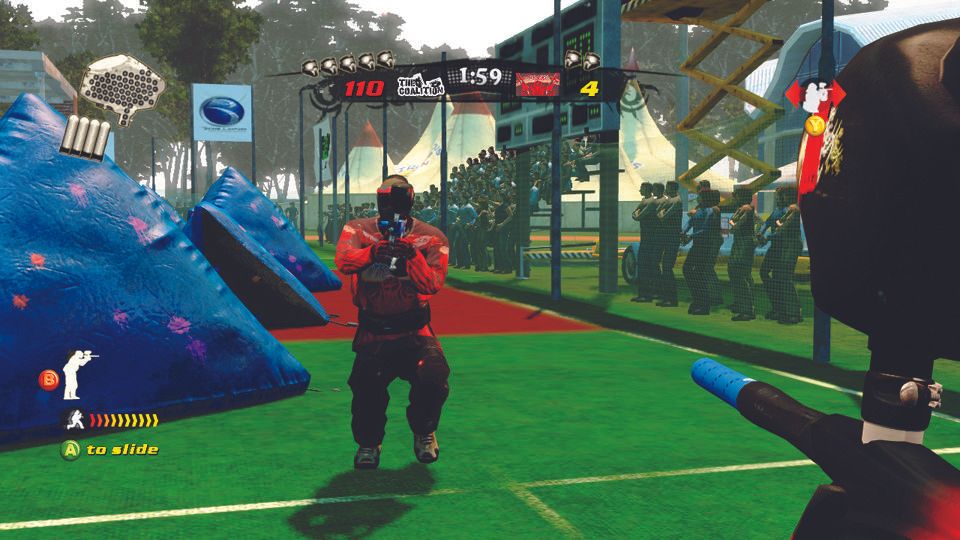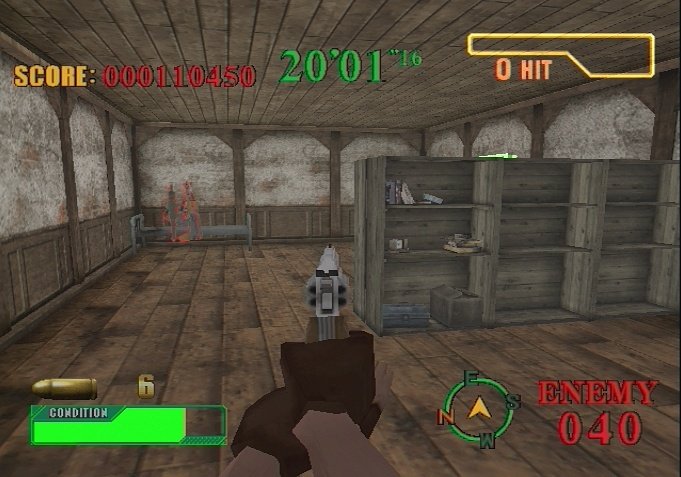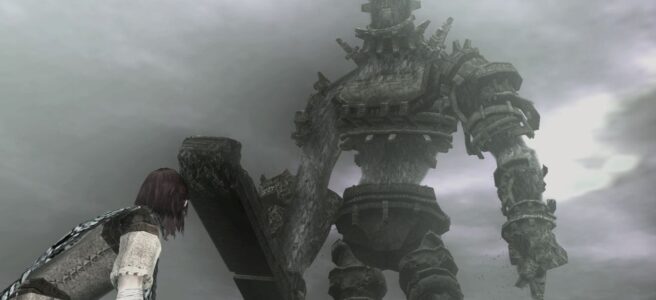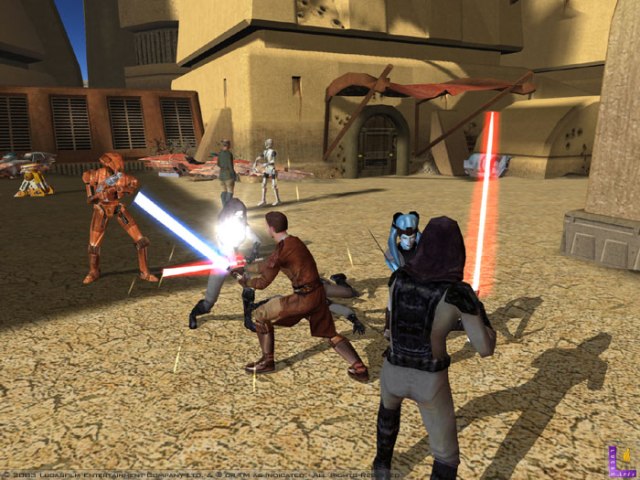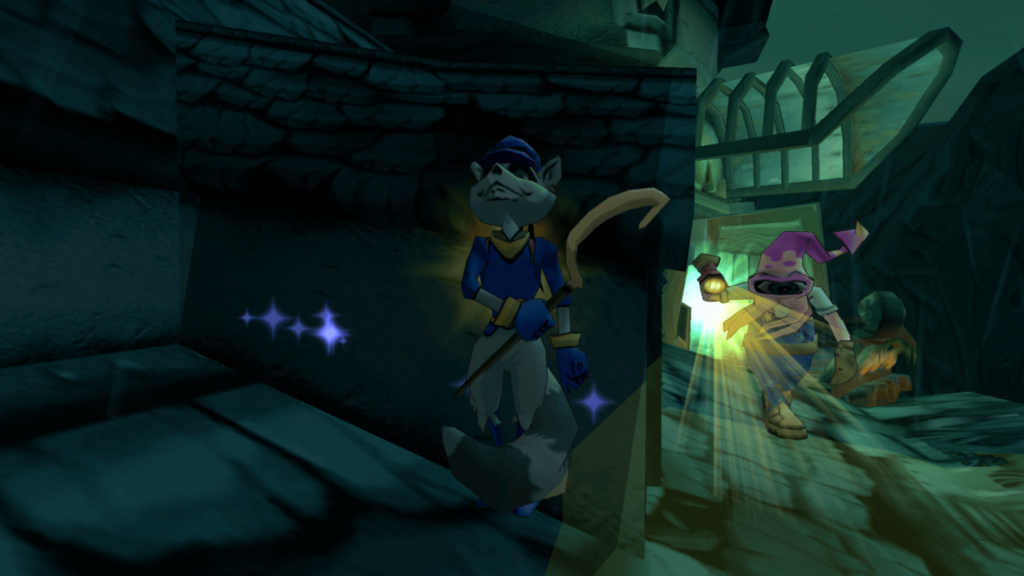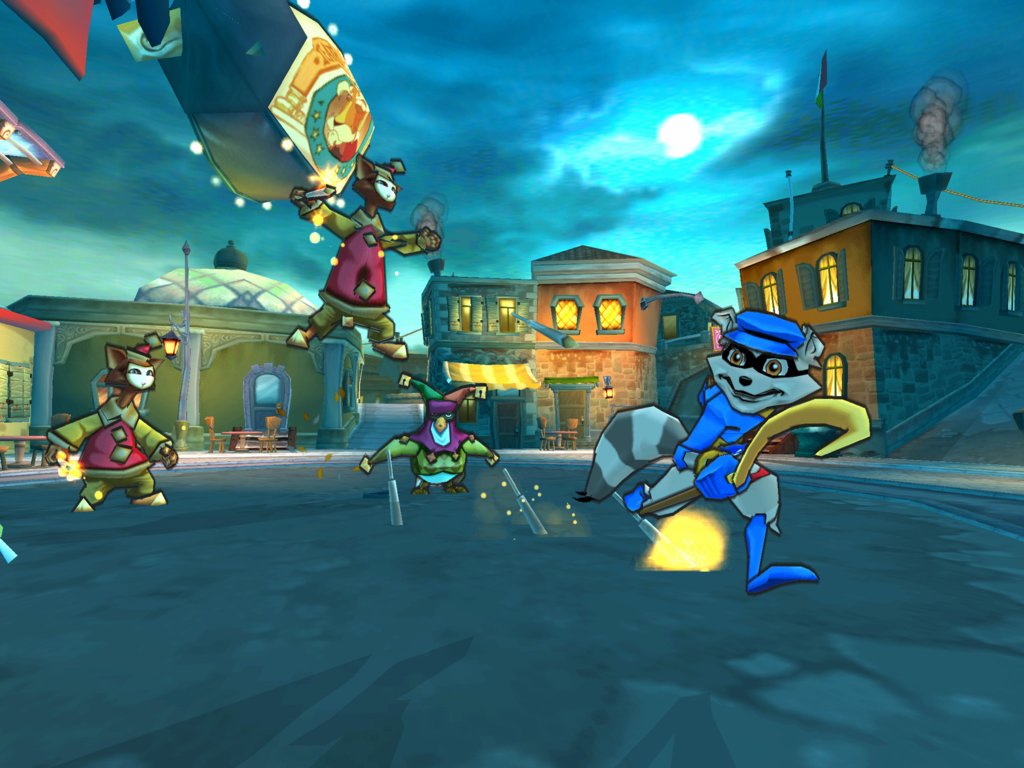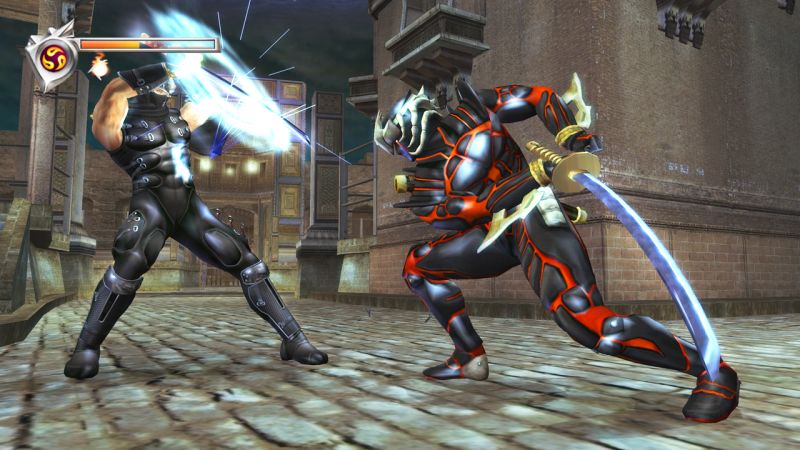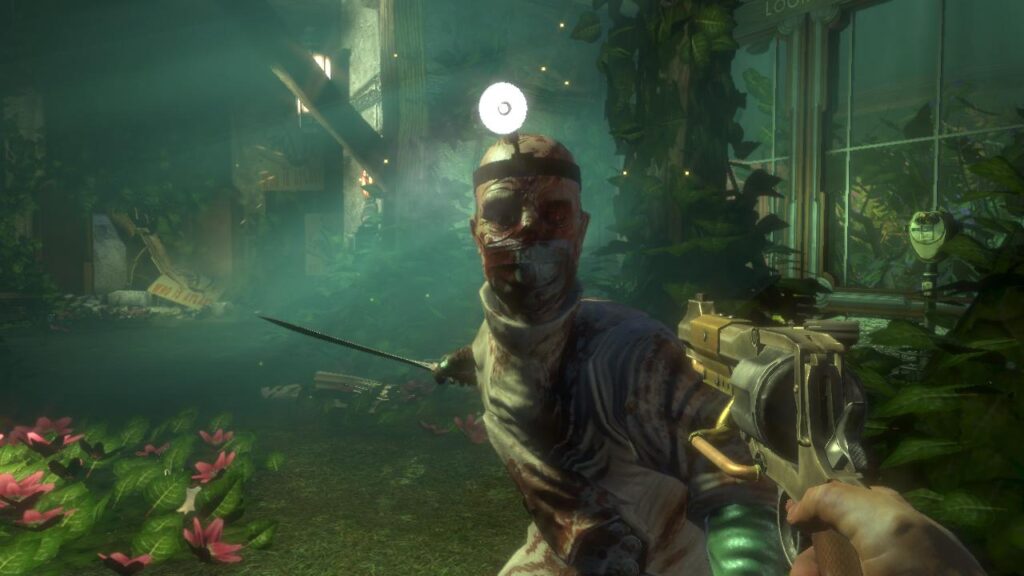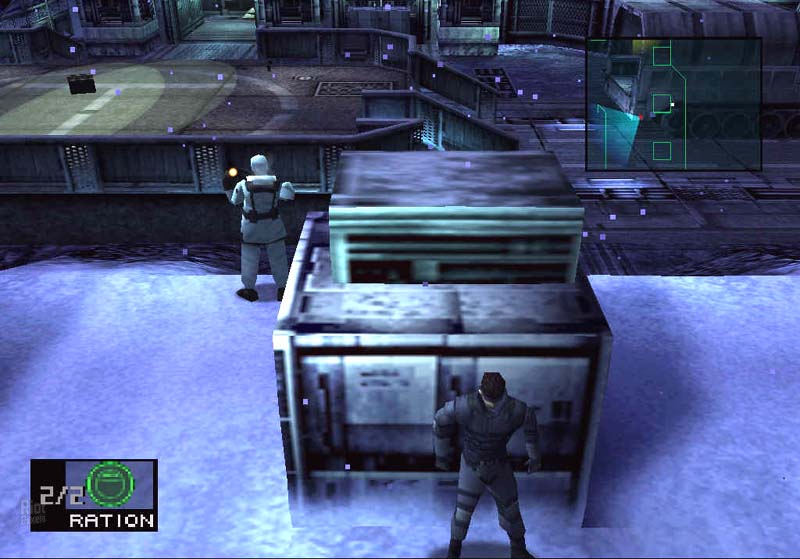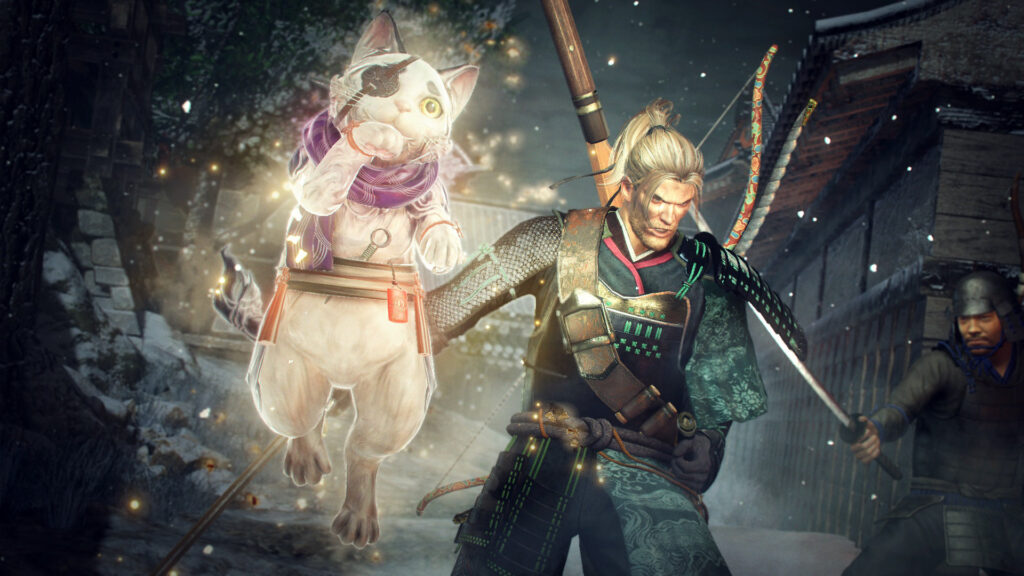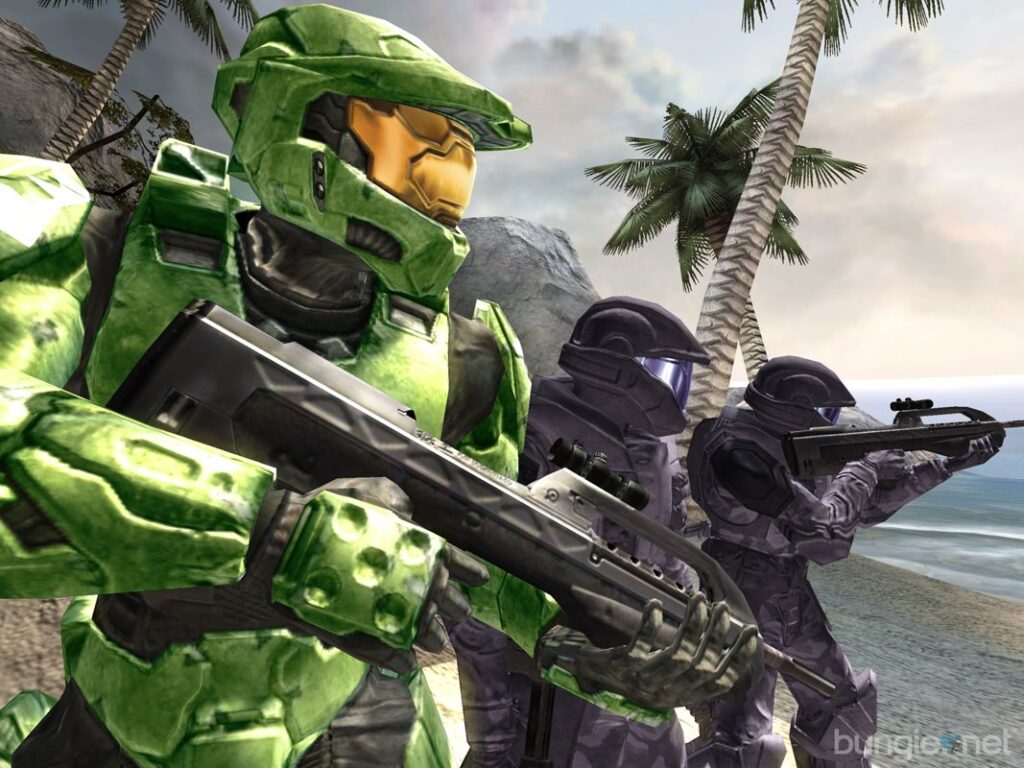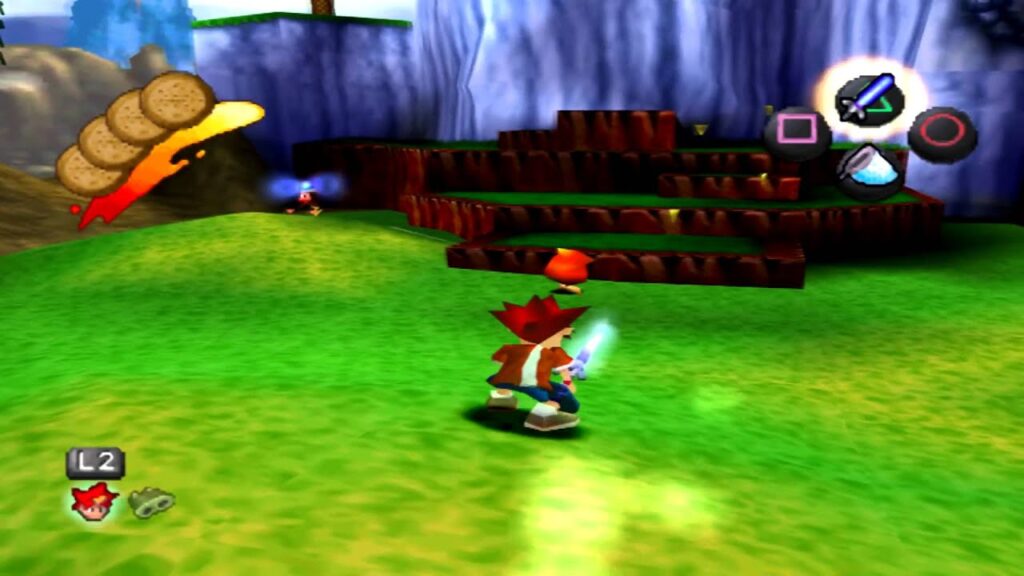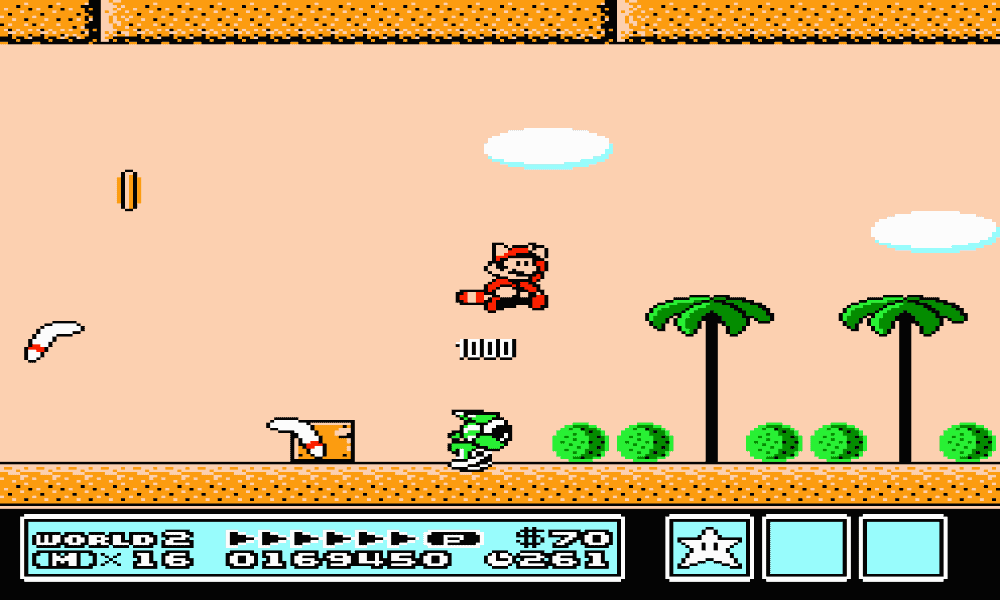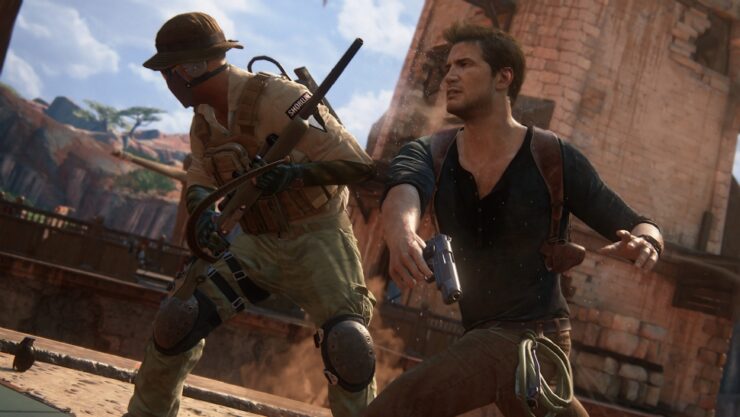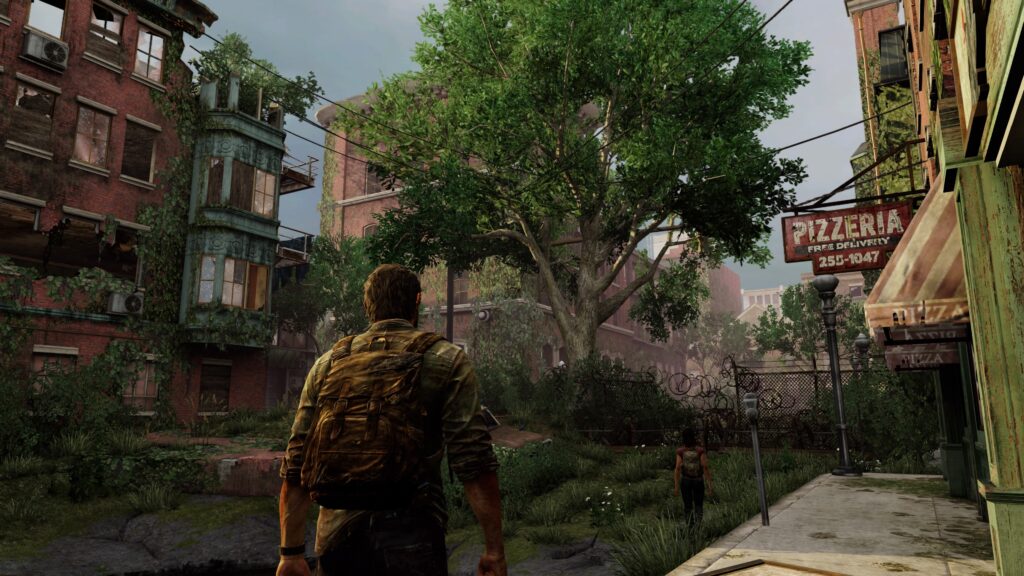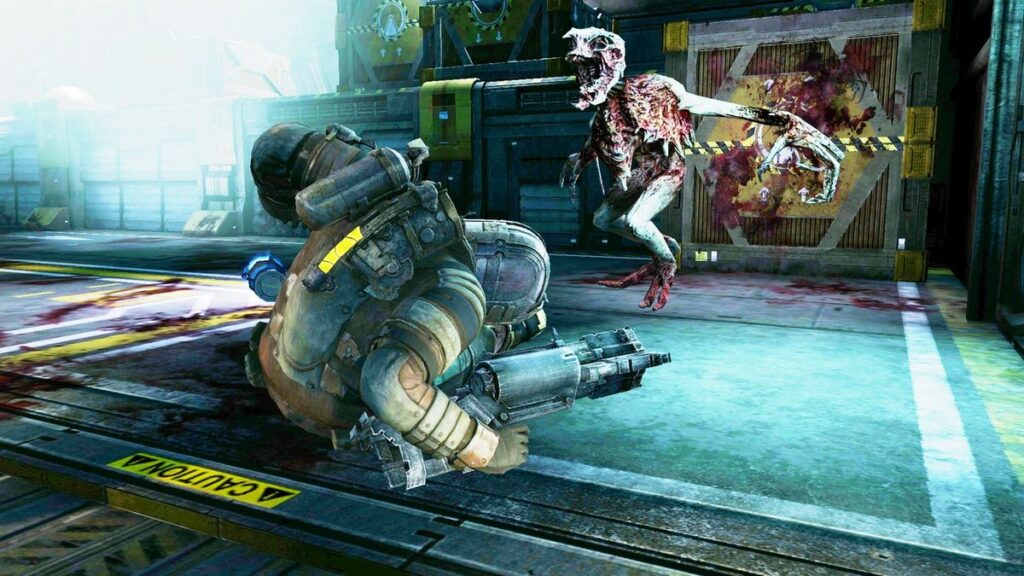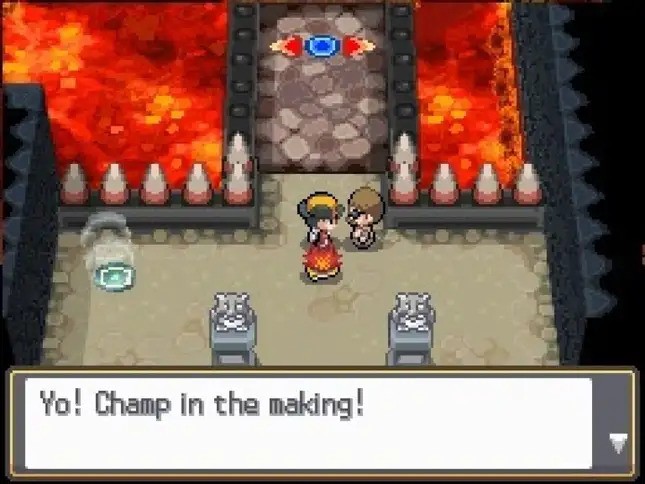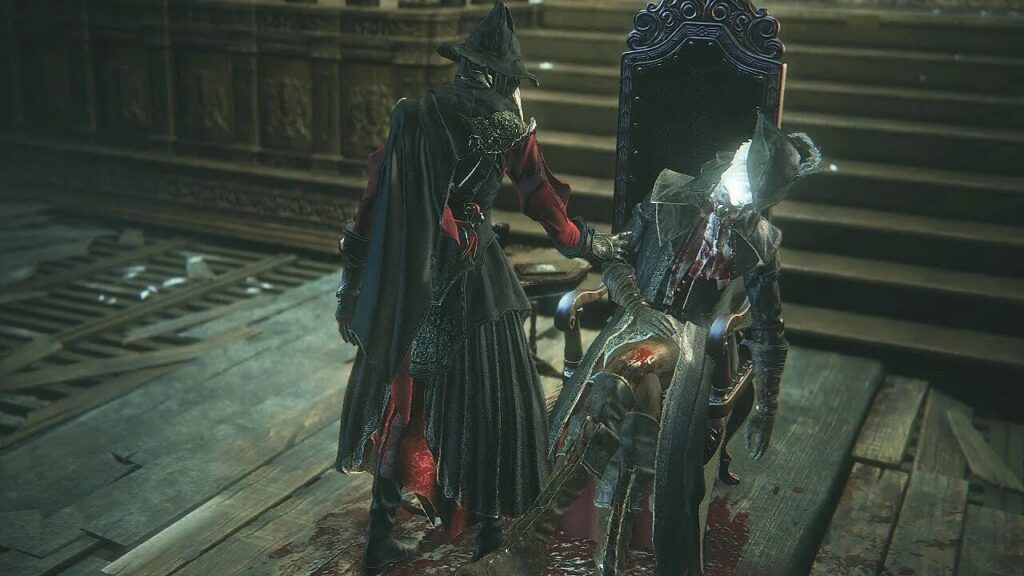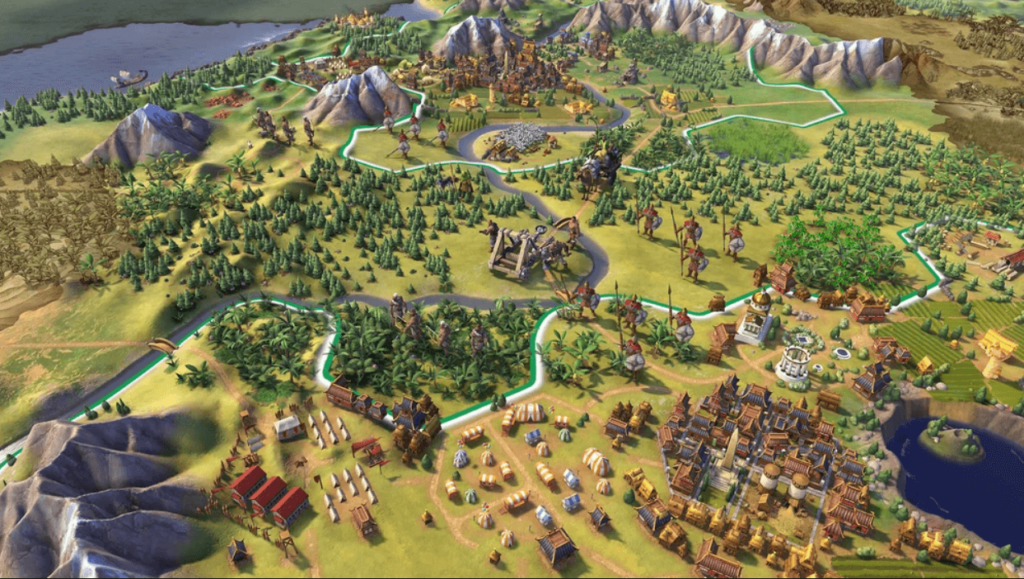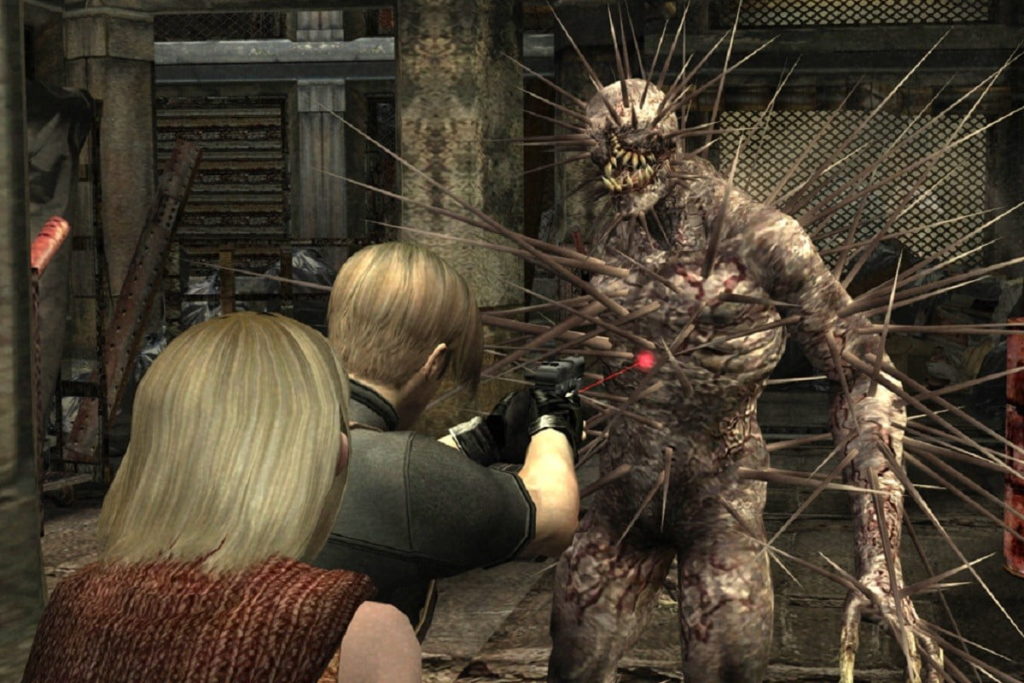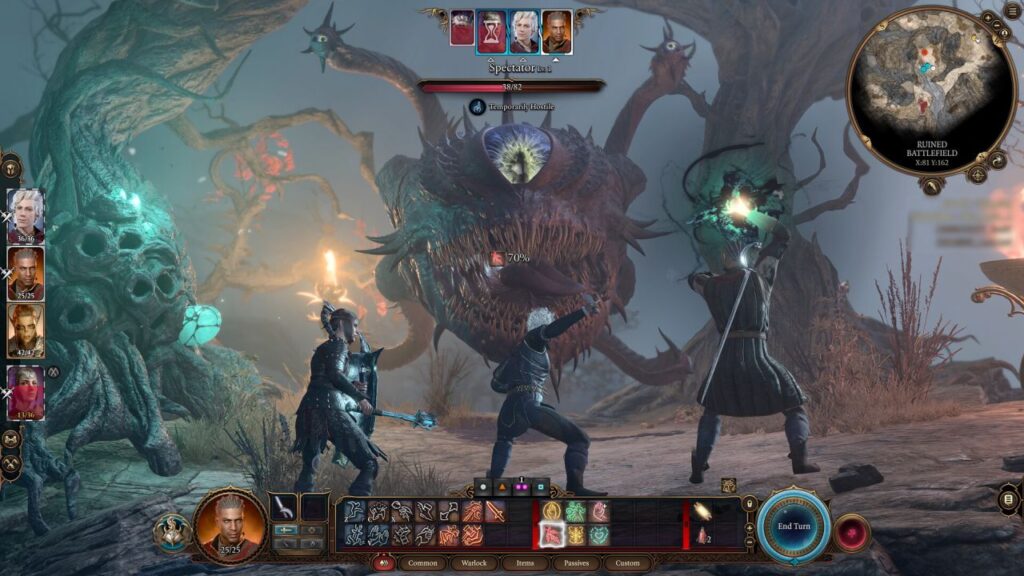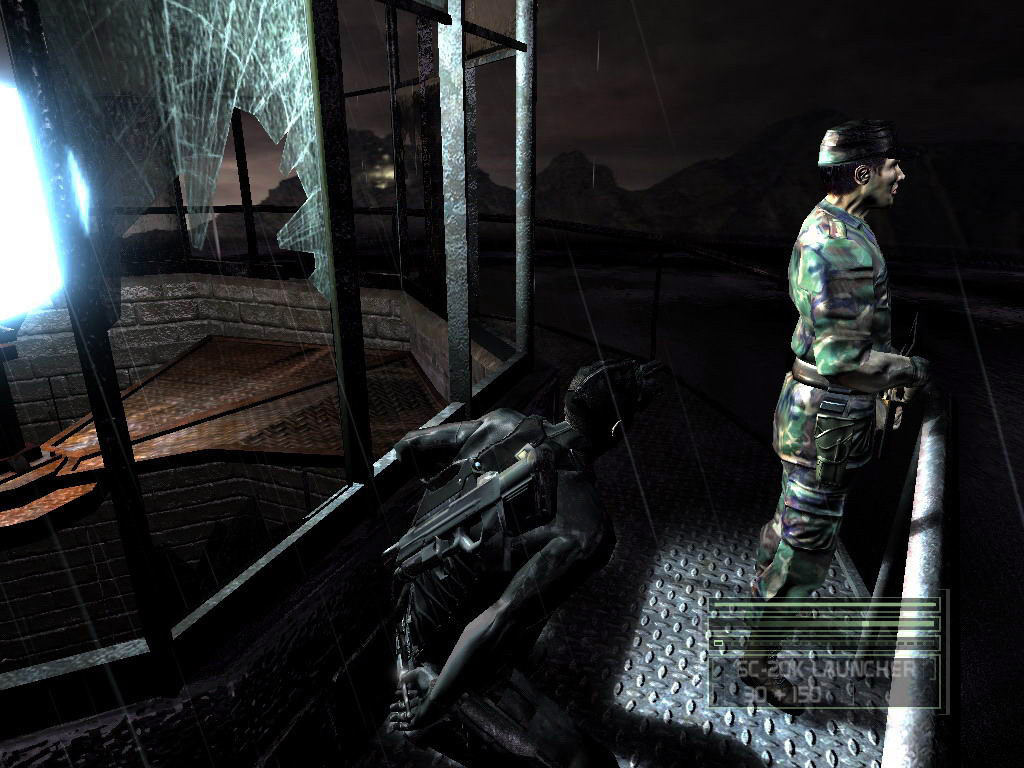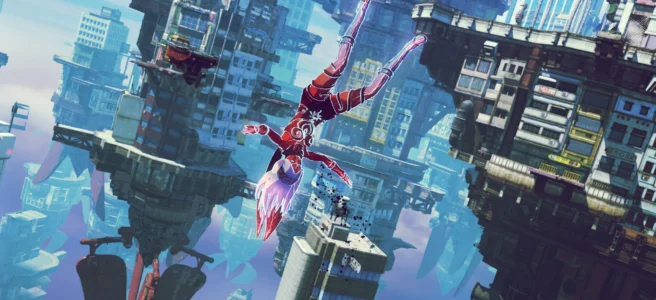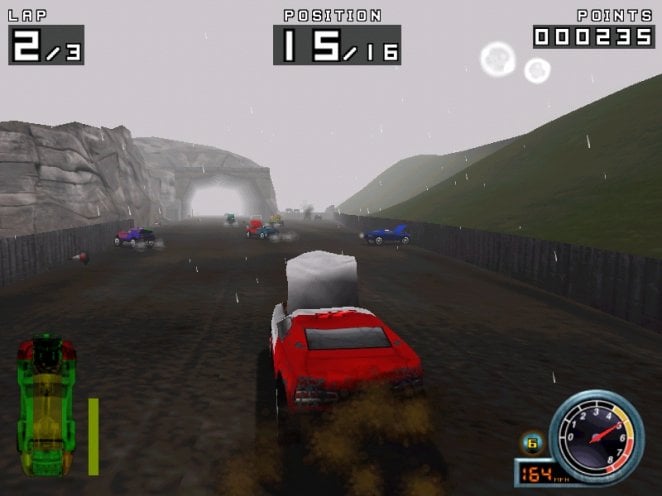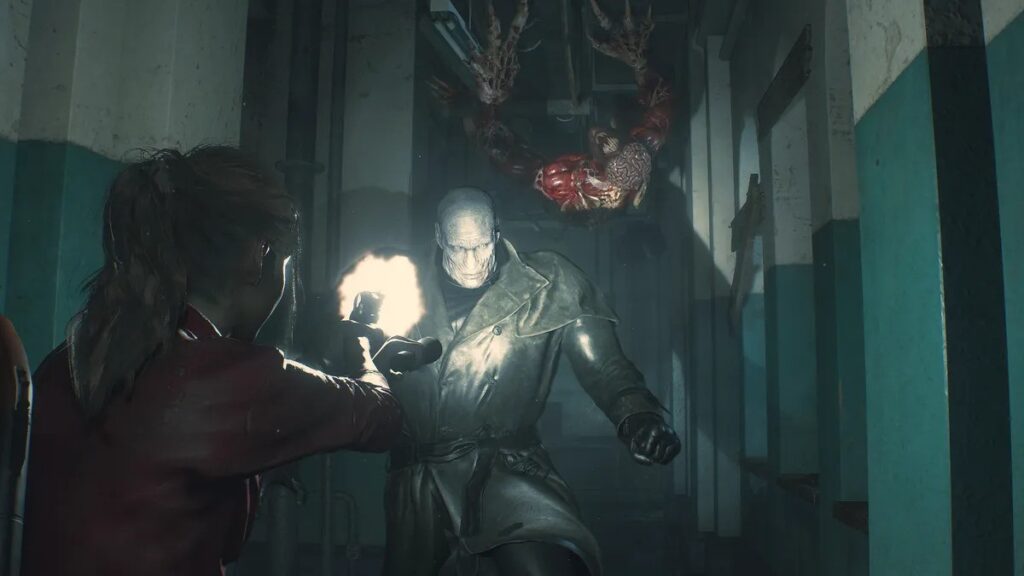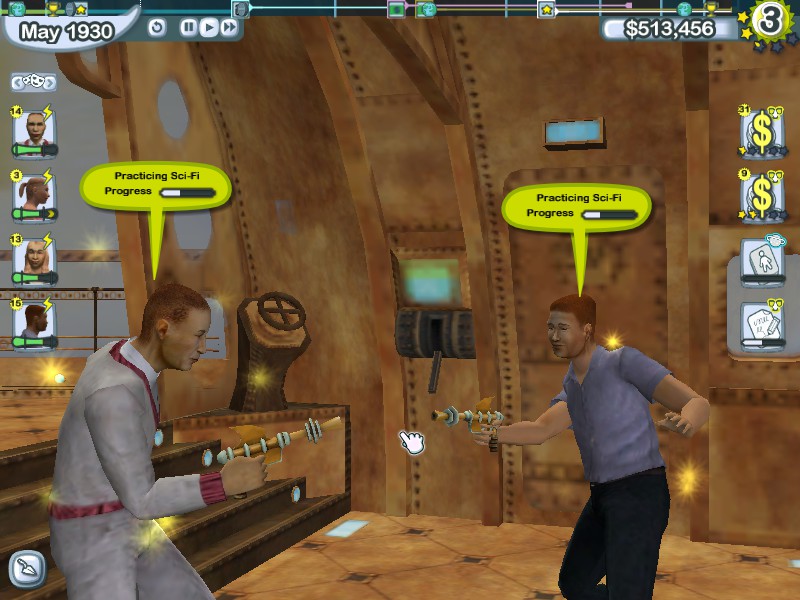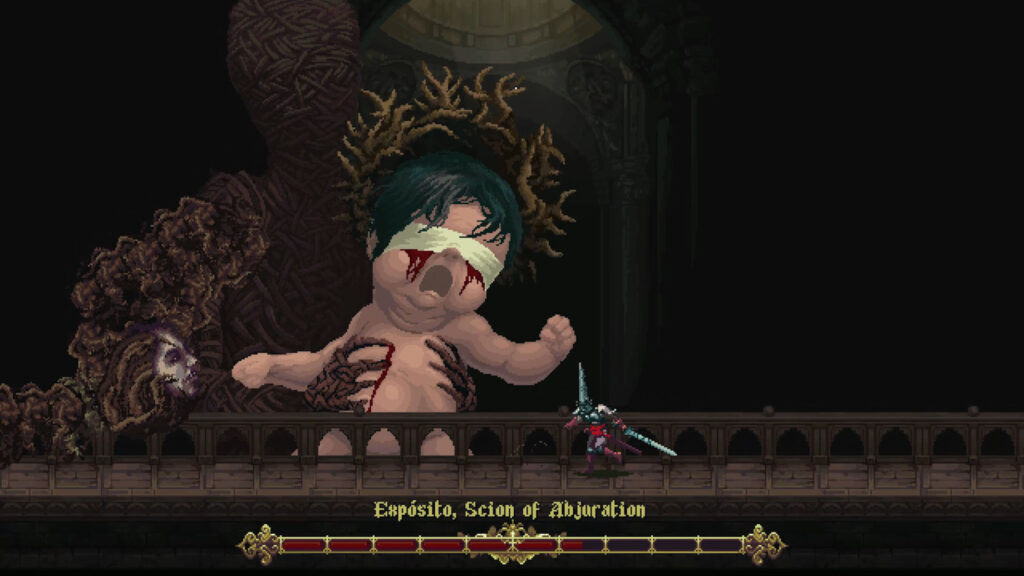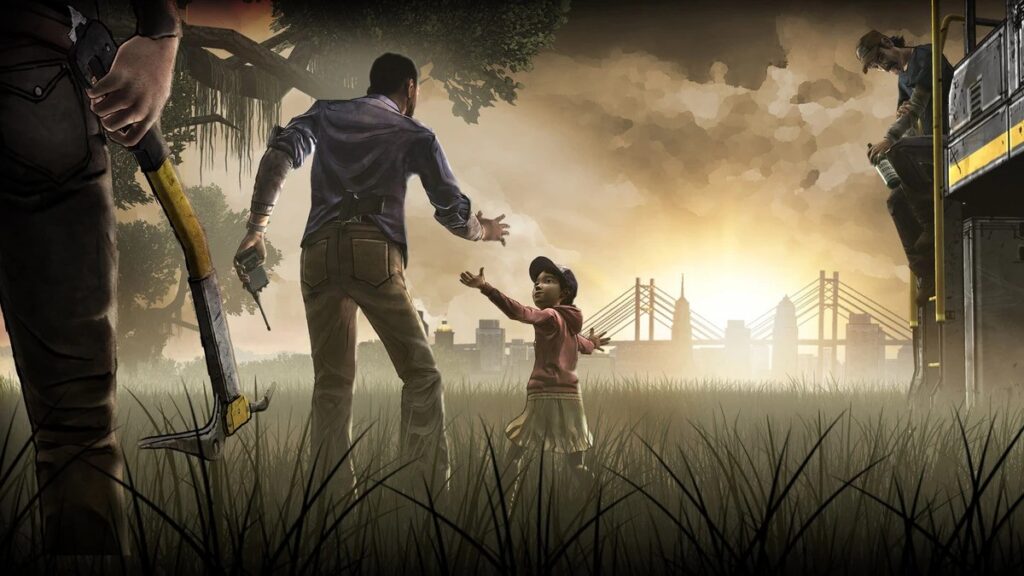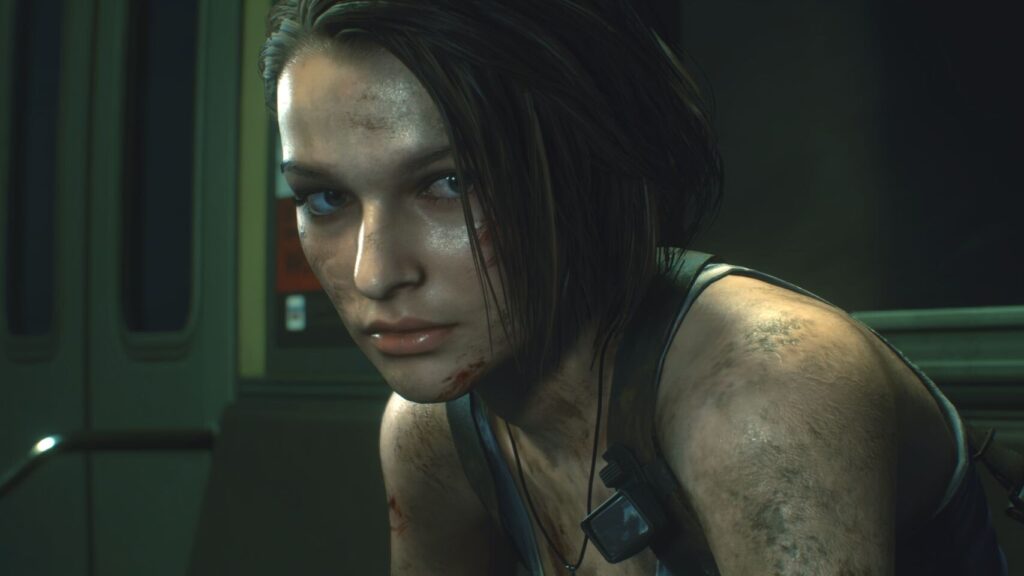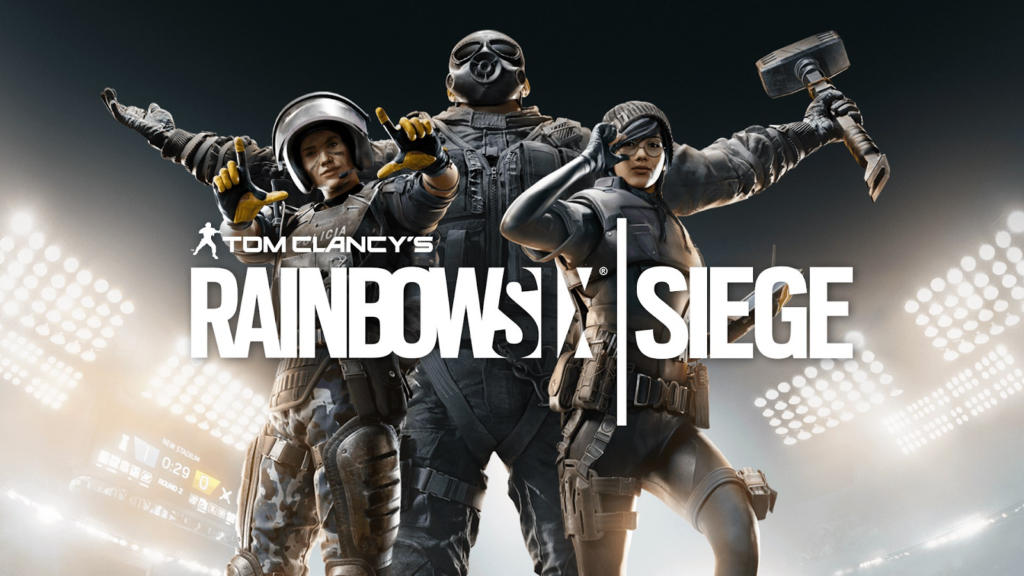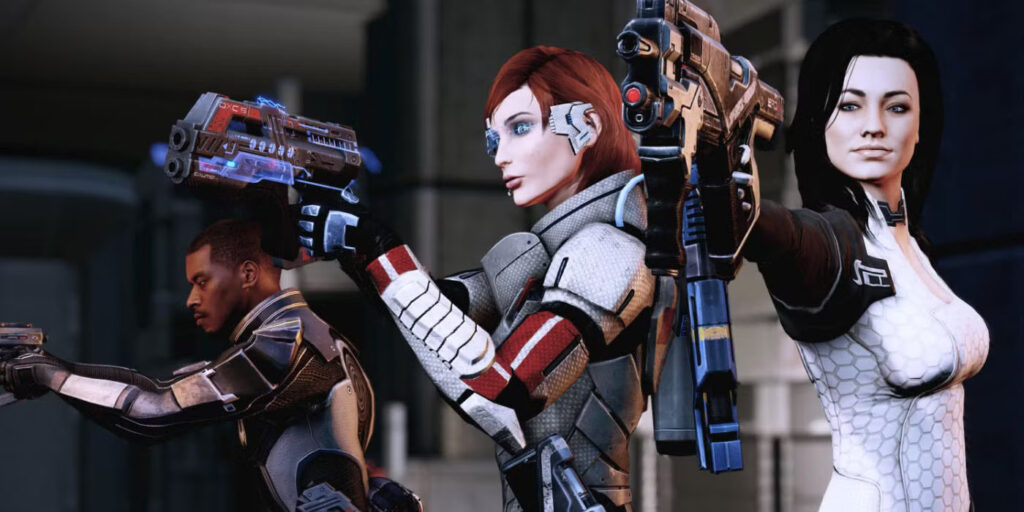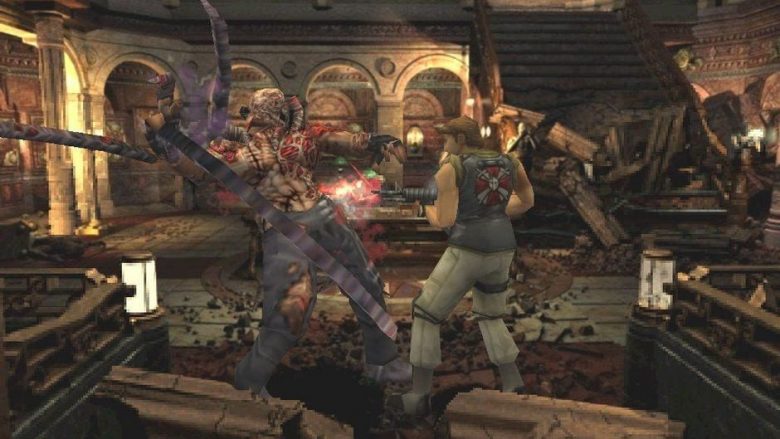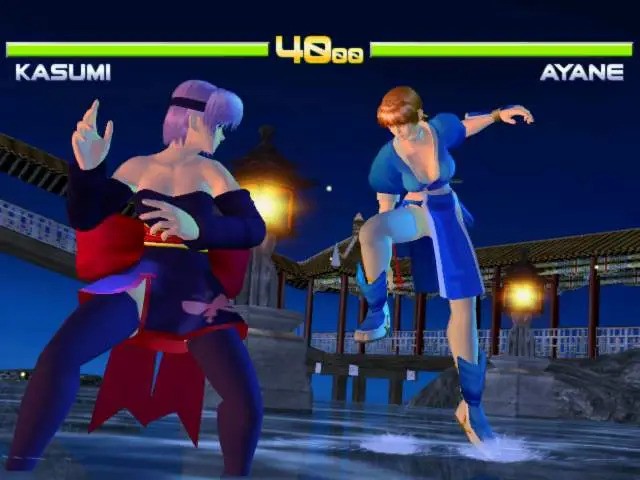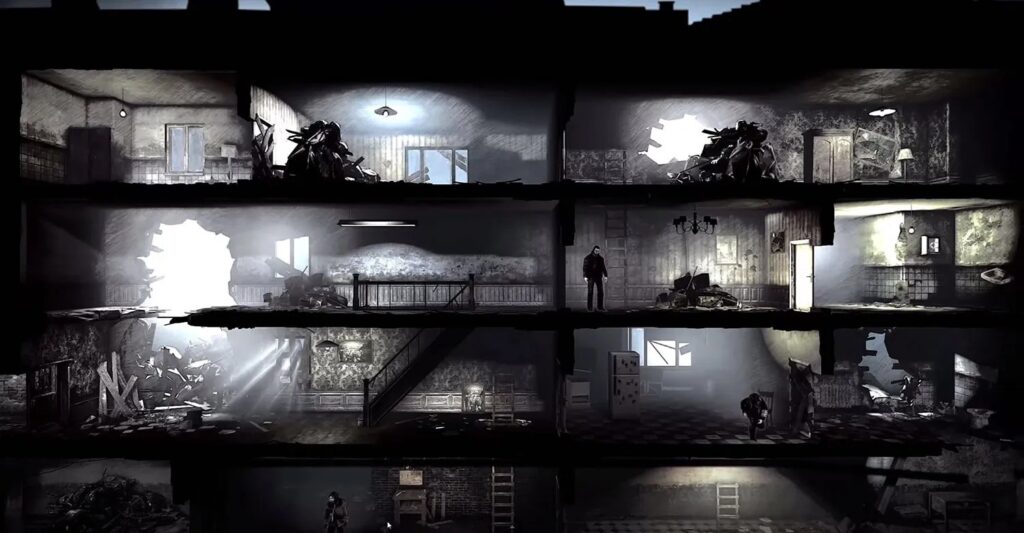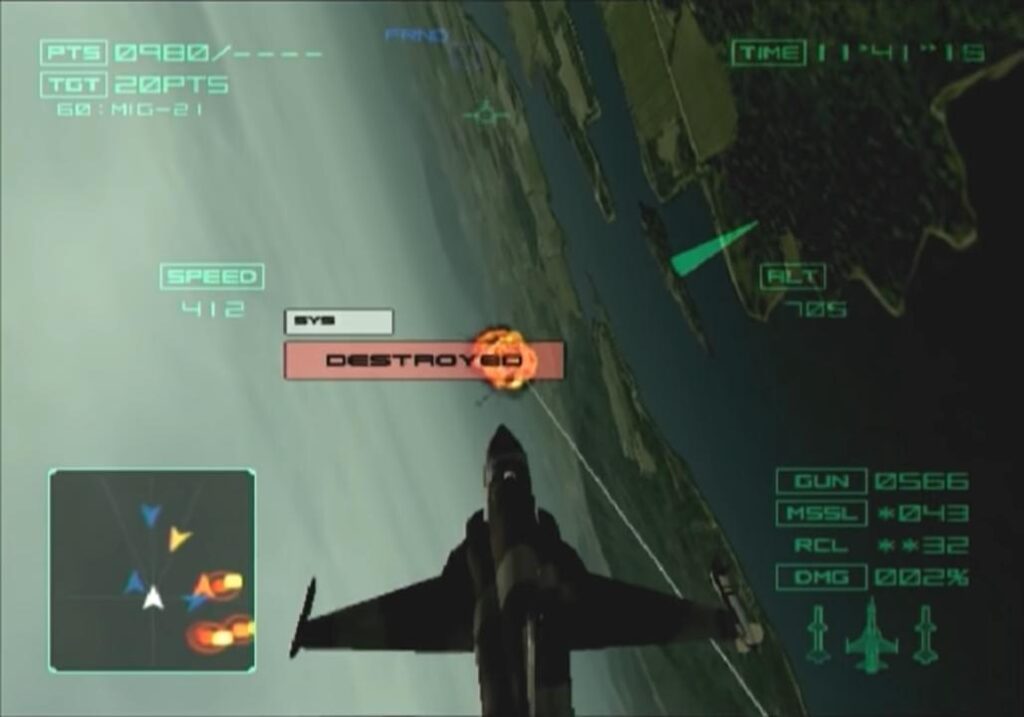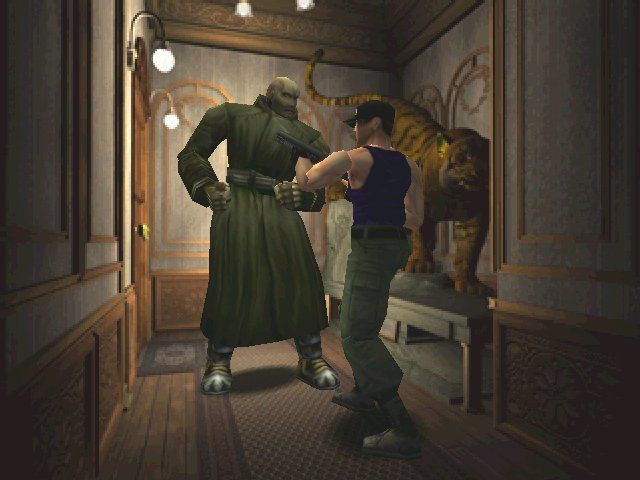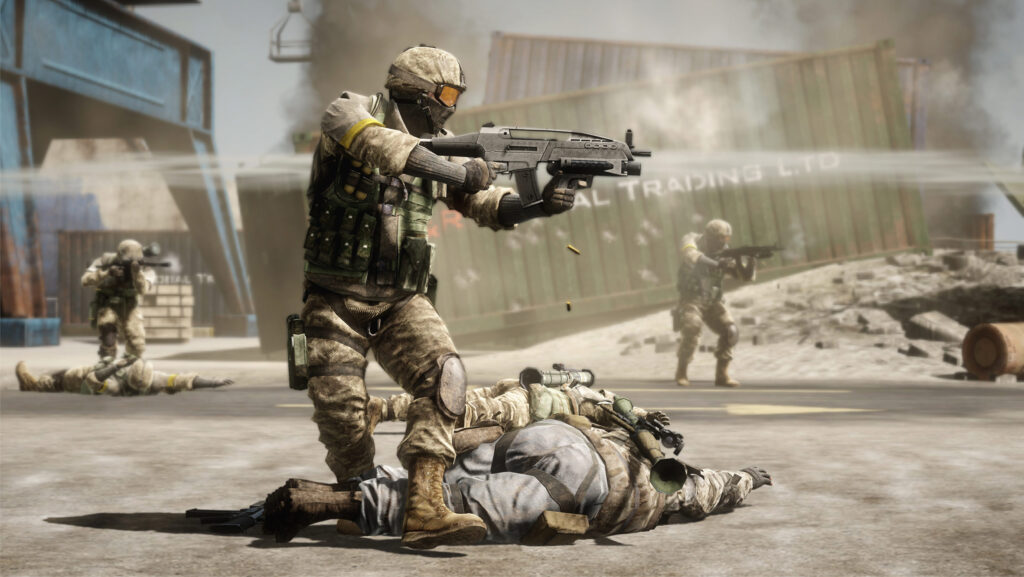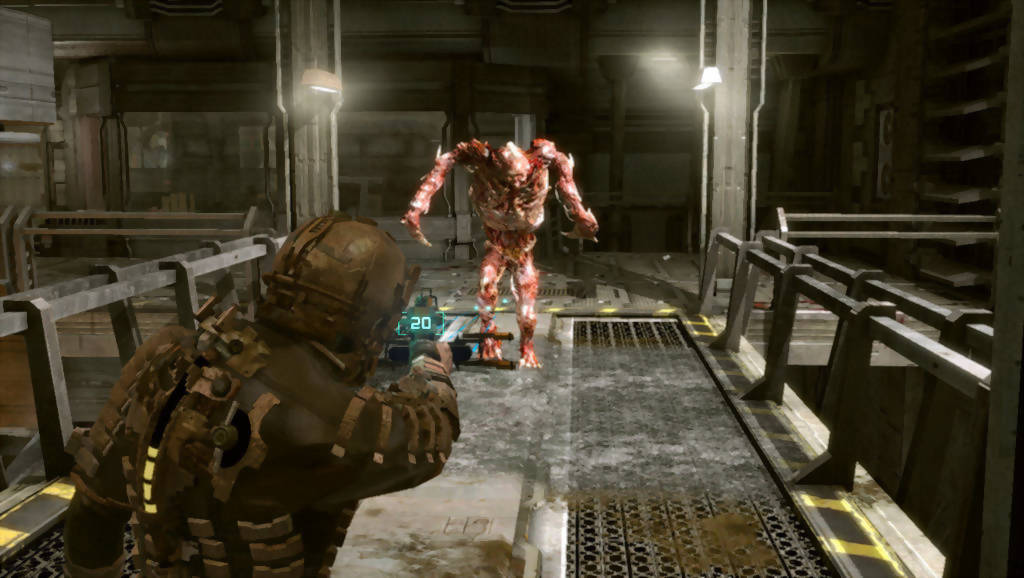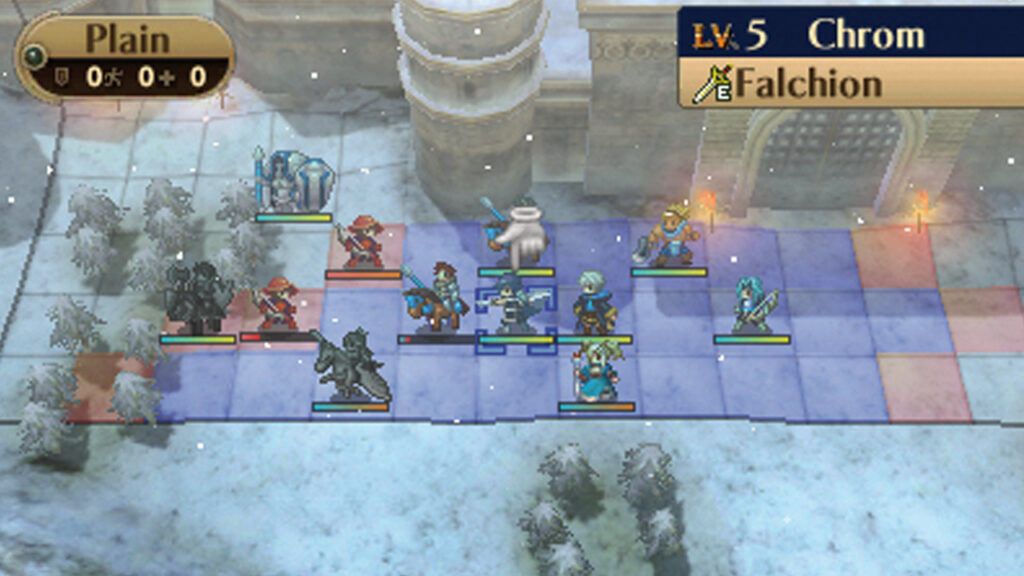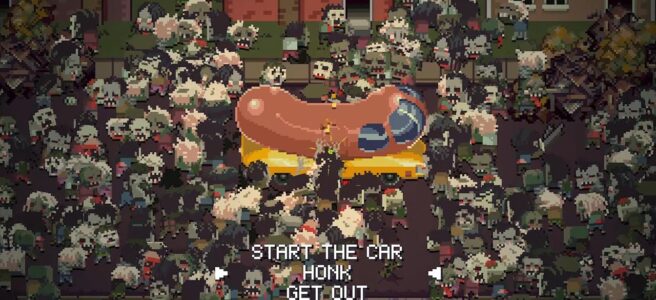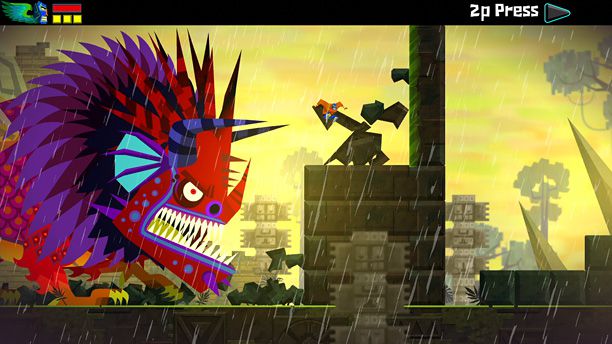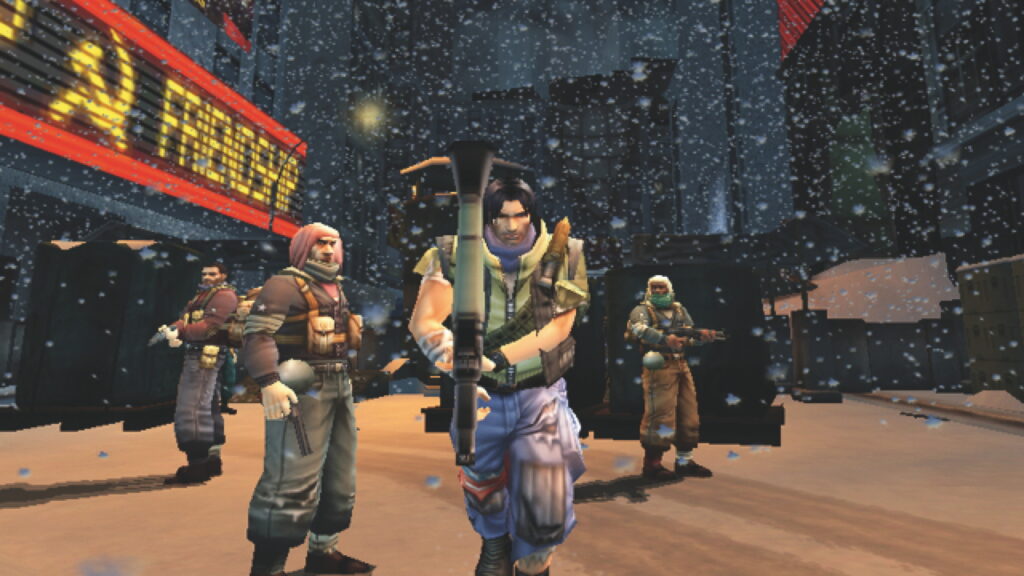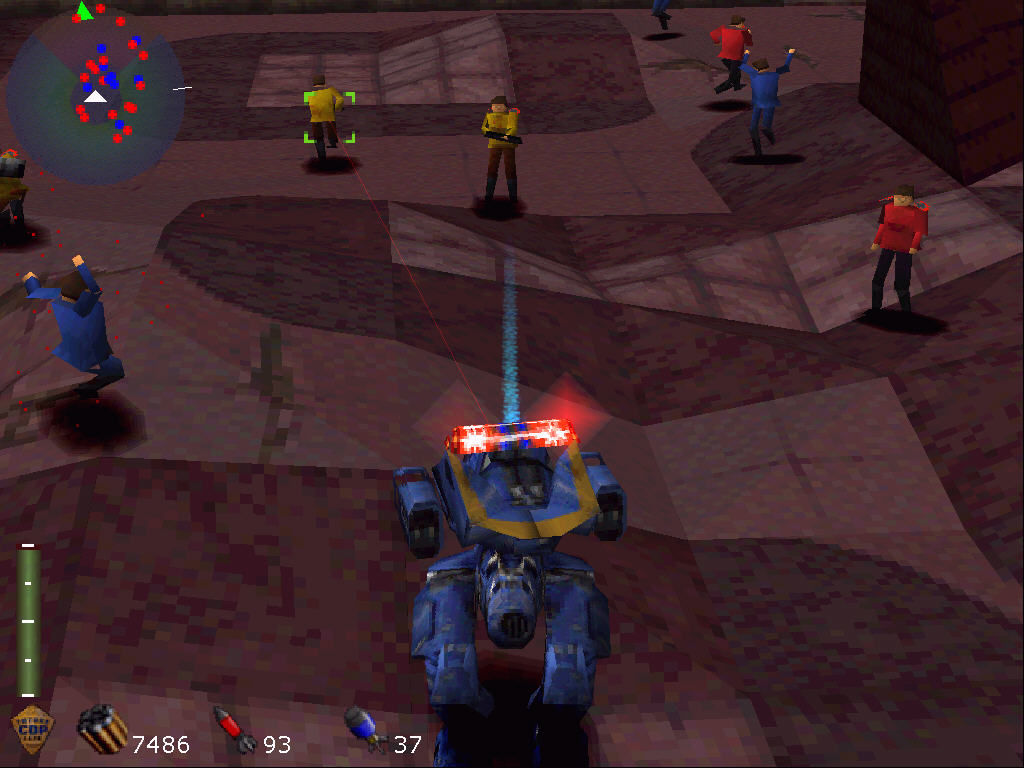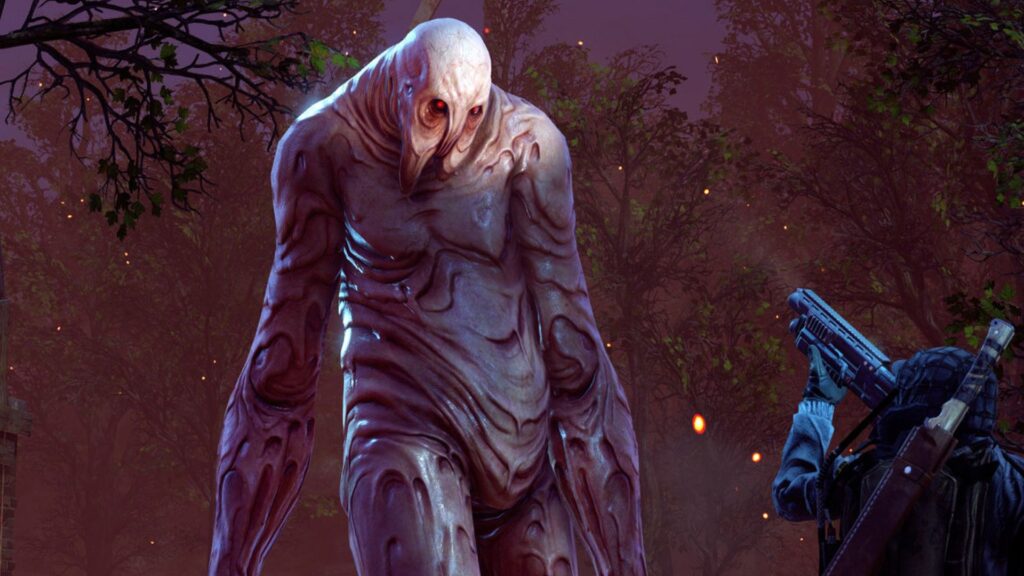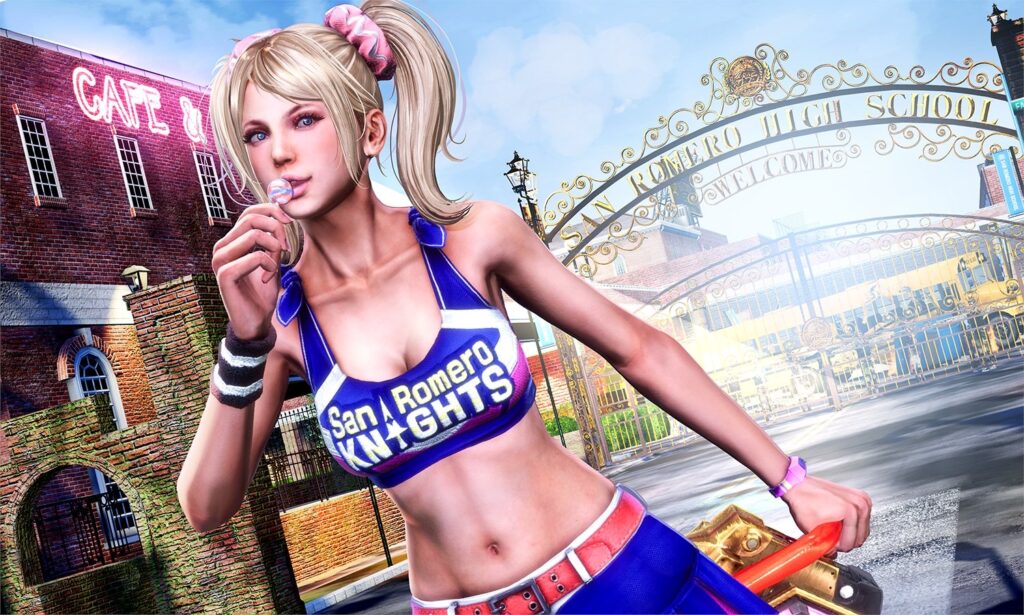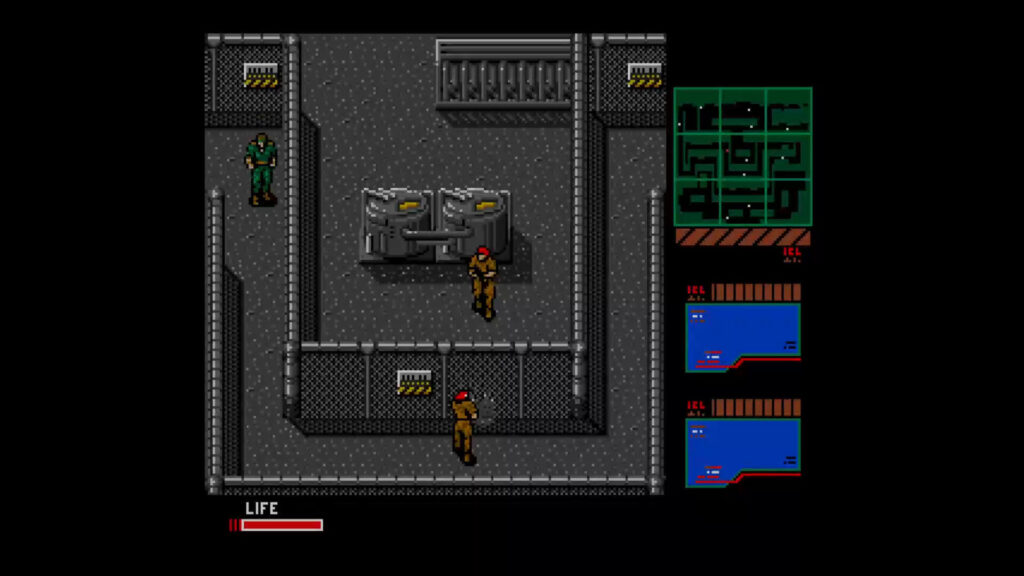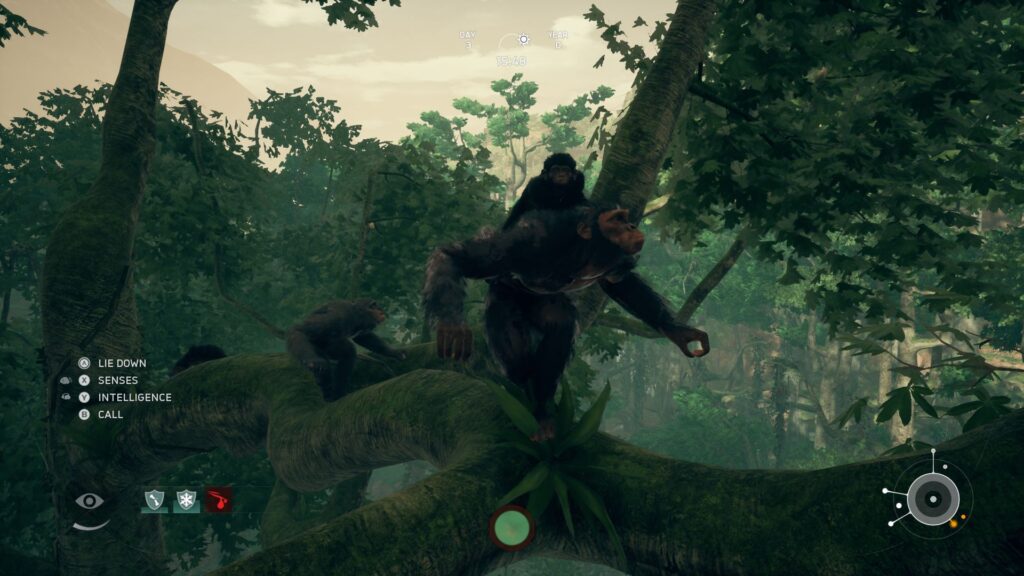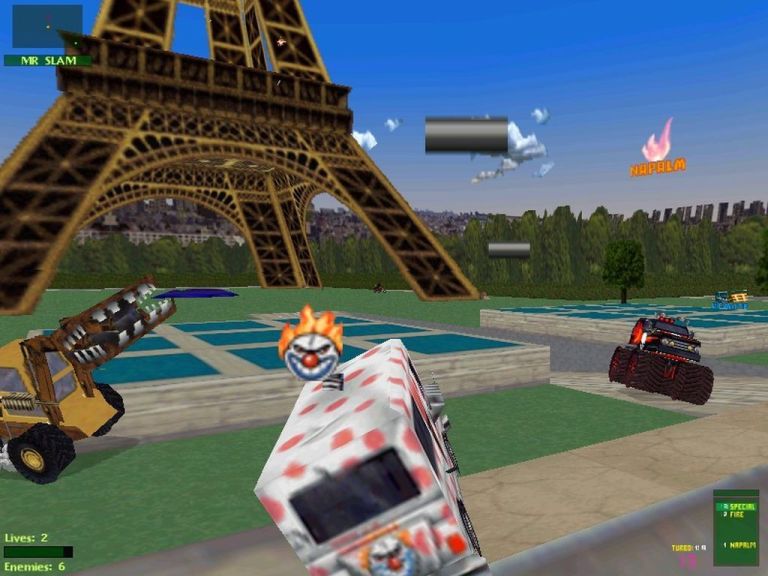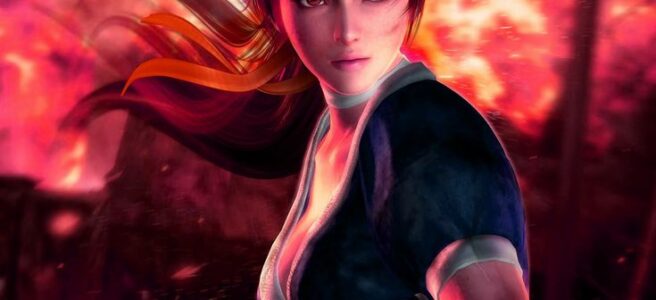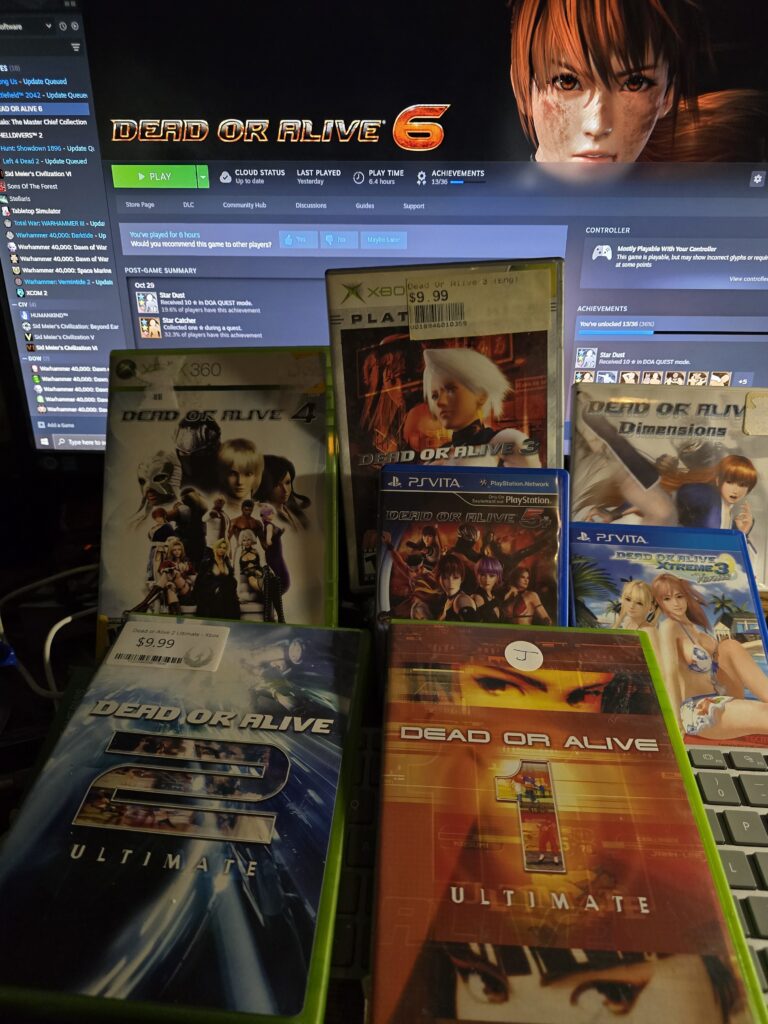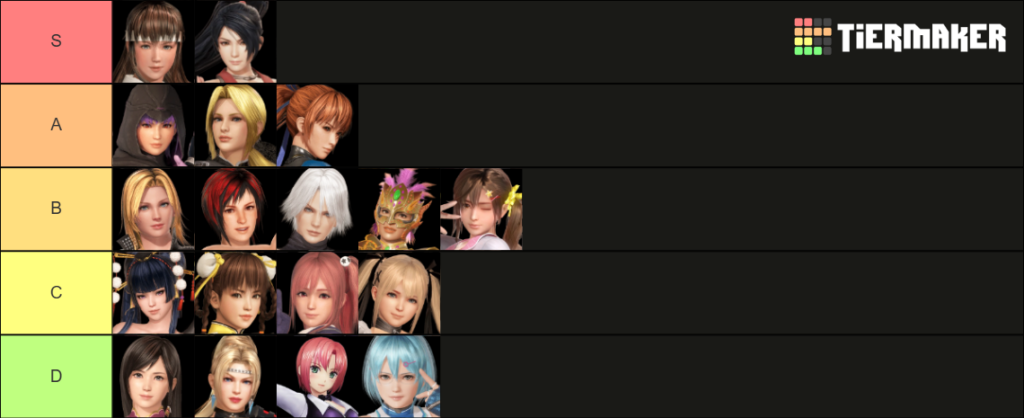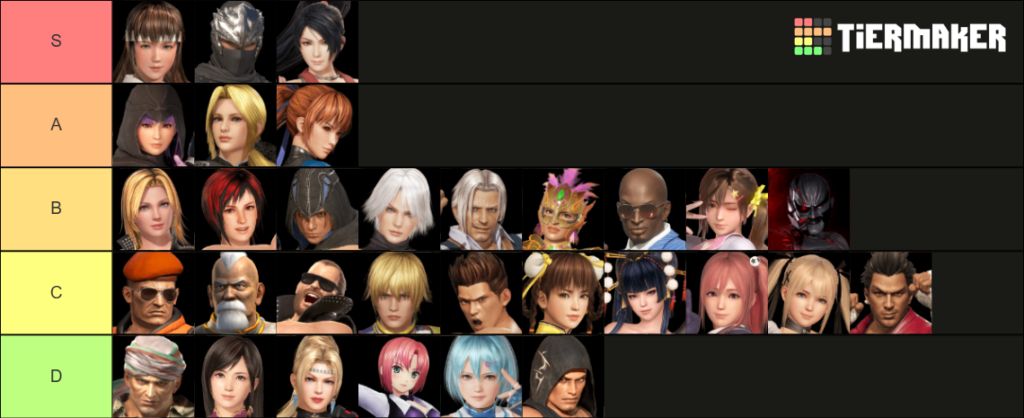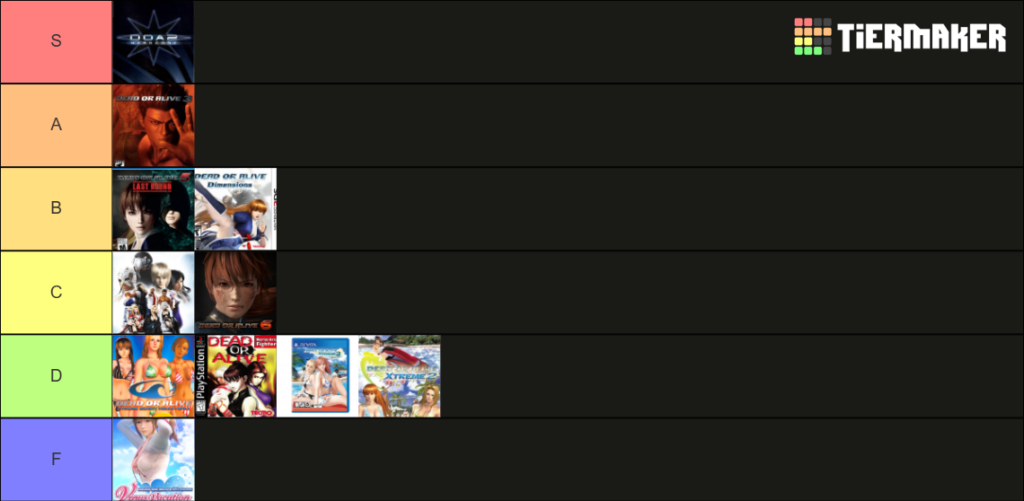Welcome back to my annual music countdown! As is tradition here on IC2S, I go back through the albums I’ve listened to this year and then rank them from worst to best. Hopefully this list encourages you to check out some new music you may or may not have heard of before now!
There’s no honourable/dishonourable mentions this year, so let’s just get right into the countdown, starting with…
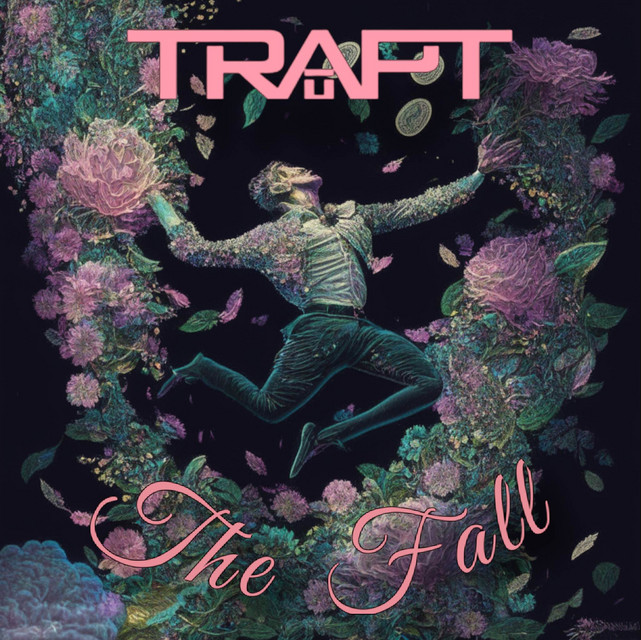
16) The Fall, Trapt
Trapt hold the distinction of having the worst album I’ve ever listened through, so of course I was going to have to see what the hell they were going to shart out the next time they released an album. The Fall certainly leaves a “great” first impression… I mean, just look at that cover, there’s no way this wasn’t AI generated garbage (just look at the face, hands, feet… what the hell is this?). For the record, Trapt put out an even worse AI generated cover for one of the singles from this album, so this is in no way unwarranted speculation.
Shitty AI art is one thing, but we’re here to make fun of the actual music. Okay, that’s a bit unfair – I actually heard reasonably good things about this album going in and, as I demonstrated with OMNI last year (or, hell, my very generous Left Behind reviews), my pre-conceived thoughts on an album don’t necessarily line up with my final thoughts. That said… this is Trapt. I had thought that Shadow Work might just be an experiment that went wrong, but no, The Fall sounds pretty damn close to what we got from Shadow Work. Now, to be entirely fair here: it’s not as bad as Shadow Work, but that statement sets the floor so low that “The Fall is terrible” is still an big improvement.
So I guess “lowest common denominator soft post-grunge” is just Trapt’s default sound now? I know it’s kind of a joke at this point, but “Headstrong” is what this band is known for. You’d think that they’d try to provide something for people looking for more music that sounds like that? Instead, we get track after track of whiny, toothless, lethargic, limp rock that blends together to produce boredom. Not since I was three years old has music so effortlessly put me to sleep like “Home” did. For most of the album, it’s just this – aggressively mediocre rock songs with no energy to them, and it makes for a completely forgettable listen.
…note: I said most. Yeah, I’m going to be somewhat charitable to Trapt here, because there were a couple tracks that I actually found myself enjoying. “Above It All” has an 80s pump-up pop-rock sound and energy to it. It even has a guitar solo! This track was fun, I kinda liked it. Then there’s “When I Get Better”, which just goes full pop and is all the better for just embracing it instead of taking a bunch of half-measures. These aren’t exactly song of the year contenders, and they’re not doing anything unique, but I could see myself legitimately enjoying these two songs if I gave them a few more listens.
But… yeah. That’s just two songs in a nearly hour-long album. They definitely rocket The Fall well past the level of Shadow Work, but it doesn’t change the fact that the vast majority of this album is just dull.
Trapt? More like… Crapt, amiright?
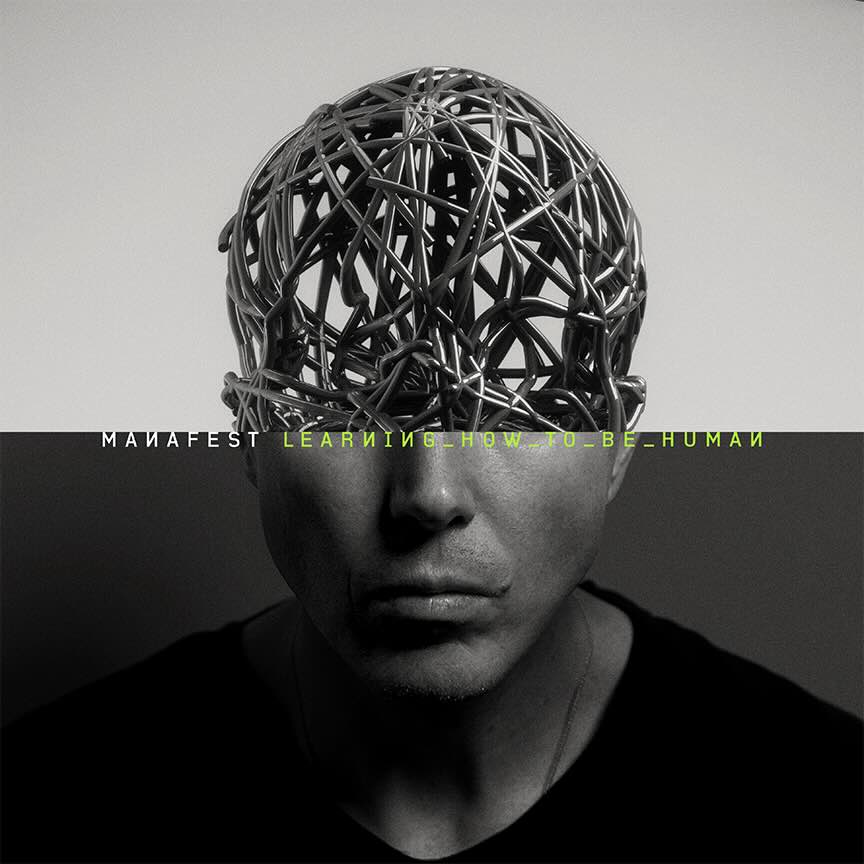
15) Doomsday/Here I Am/Learning How to Be Human, Manafest (Bandcamp… none of these albums are on there though…)
Earlier this year I had to re-rip a bunch of my CDs so I’d have better audio quality for the MP3s on my phone. In the process of doing that, I had to go over a couple Manafest albums and they reminded me that, once upon a time, he was making some legitimately good music. After a swathe of disappointments, I had sworn off giving his newer releases a chance multiple times, but after this recent listen of Epiphany and Glory I said “Y’know what? I’m gonna give Manafest ONE last chance to impress me.”
…and then I looked at Spotify and saw that he has released THREE albums in 2024 which, as far as I can tell, literally share 81% of their tracks between each other (that’s not even a joke; I did the math, 27 out of 31 tracks between these three albums are on at least one of the other albums… worst of all, Here I Am doesn’t even have one unique track).
Okay, so even if these albums end up sucking, it’s at least going to be an interesting story, right? As far as I can tell, it seems like he released a bunch of singles in 2023 and 2024 and then compiled them into Doomsday… and then made two more albums which compiled the previous album and then added a couple new tracks each time. These albums released weeks apart from each other and two of them even have the exact same album cover! As far as I can tell, Learning How To Be Human is intended to be the “definitive” album, but then the other two are classified as full-on LPs on Spotify and Album of the Year, so who the hell actually knows? It’s such a baffling way of going about things – I’m used to seeing bands release an EP with a few tracks from an upcoming album, but this usually is just a snippet, the tracks can often end up being different than the album versions, and it’s not unusual for there to be some unique material. Releasing basically the same album three times just makes no sense; good luck understanding this mess. Is it to game the Spotify algorithm, somehow? Do you get more listen time this way? I don’t get it at all.
Whatever Manafest’s reasons for re-releasing this album so many times, the resulting music is… fine. I mean, it’s Manafest – my expectations are already pretty low given how many times he’s left me disappointed, so at least my expectations were met this time, I guess? The music is at its best when Manafest is leaning into his classic rap-rock sound, where it at least has some energy to it (such as “Glitch in the Matrix”, “Here I Am”, and the “Doomsday” remix). It’s at its worst when he’s attempting to pull off a modern pop sound, which results in boring, limp instrumentation and flat vocals (“Back of a Church”, “HELP!”, “No Stranger To The Pain”).
I’m going to be charitable and include the unique tracks from Doomsday into my analysis as well (since I basically view this as one big album in my mind). These tracks include covers of “Crawling” and “In The End” by Linkin Park, “Seven Nation Army” by The White Stripes, and “God’s Gonna Cut You Down”. Unfortunately, these covers are fine at best. “God’s Gonna Cut You Down” fares best, with an aggressive, country-gospel swagger. On the negative end of things though is “In The End”, which suuuuucks compared to Linkin Park’s rendition. It exemplifies what makes most of these cover tracks fail, and that’s the limp instrumentation and flat vocals compared to the tracks they are covering, which robs them of much of their energy.
All-in-all, it’s another Manafest album. As soon as it was done, I found myself thinking “Well, I can’t imagine that I’m ever going to listen to any of this ever again”. Nothing here is necessarily bad like The Fall, but it sure as hell is dull and not something I have any interest in experiencing again. I guess that’s part of life though, you don’t need to keep forcing yourself to keep trying things that you just don’t enjoy anymore. I’ve been at that place with Manafest for at least a decade, and checking-in, I can say that I’ve made the right choice. Unless he has a big farewell album, or a universally-acclaimed comeback at some point, I really can’t see myself bothering to pay any more attention to Manafest ever again. Best of luck, Chris, and thanks for the memories; it was pretty cool that you signed my copy of Glory seventeen years ago.
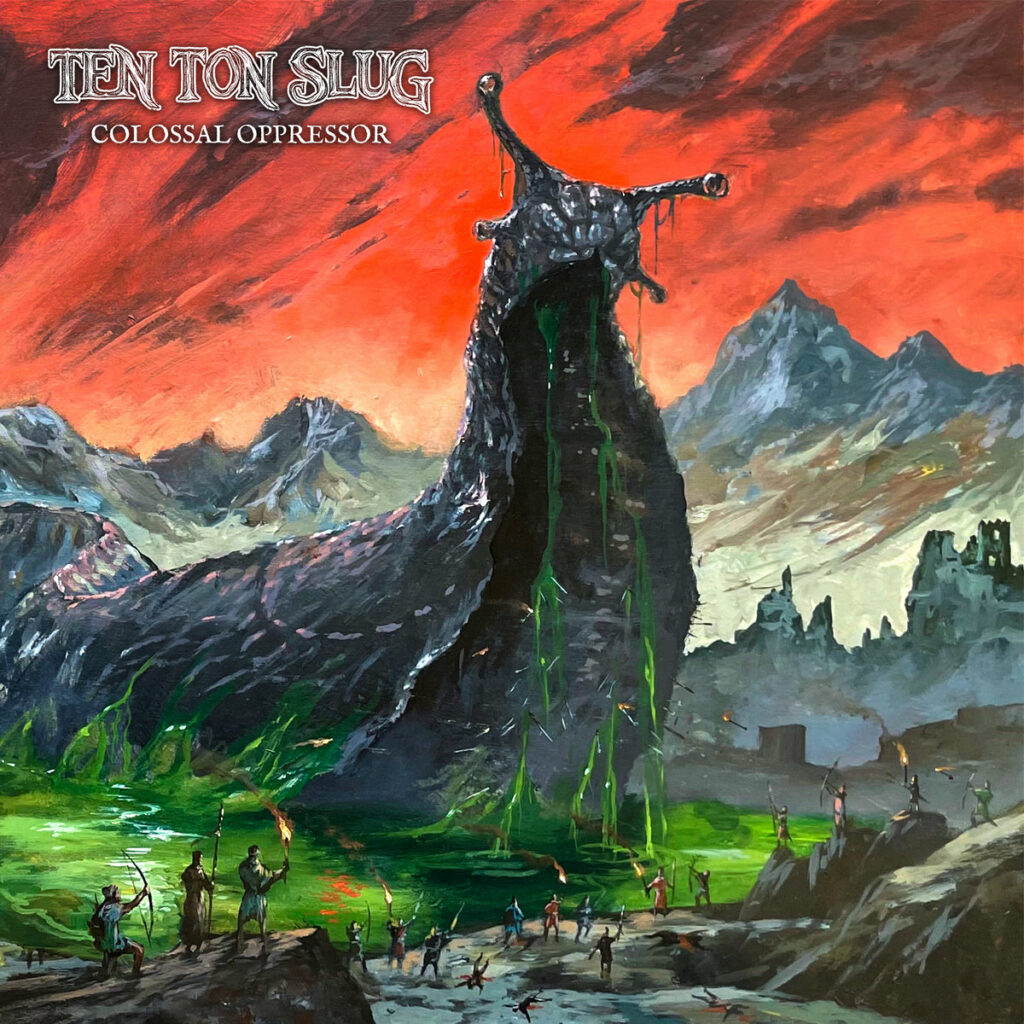
14) Colossal Oppressor, Ten Ton Slug (Bandcamp)
Earlier this year, as I was regretting selling my copy of Toxrill, the Corrosive back when I started Magic, I came across this awesome album cover on r/metal. It was destiny, I had to give Colossal Oppressor a listen. Ten Ton Slug are, appropriately, sludge metal (think early Mastodon), with a heavy, aggressive, slow-tempo sound. The results are enjoyable and definitely worth a listen, but none of the songs particularly stood out to me. And… um… yeah, that’s about all I can really say about Colossal Oppressor. As you can tell, it didn’t leave a big impression on me and the fact that I’m struggling to put a paragraph together about the album should tell you all you need to know.
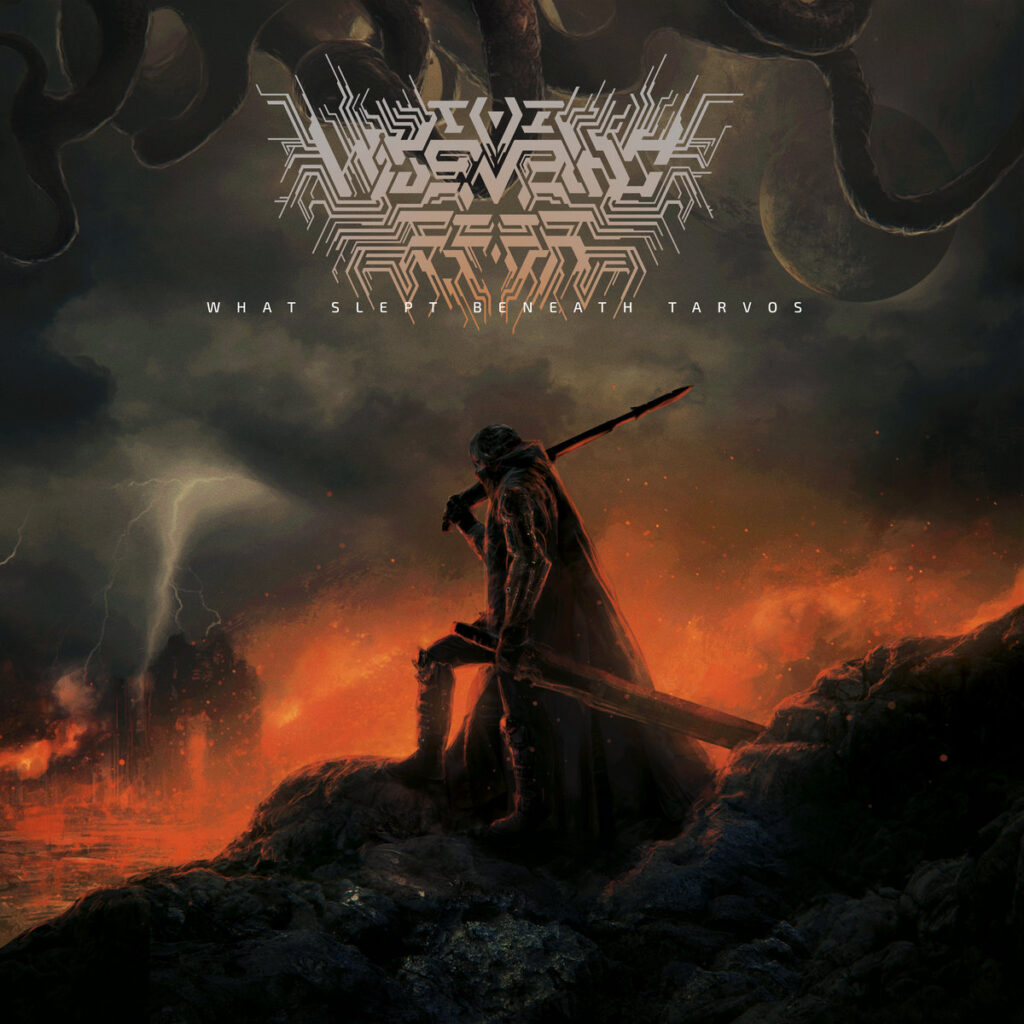
13) What Slept Beneath Tarvos, The Wise Man’s Fear (Bandcamp)
The Wise Man’s Fear return to the annual music countdown and this time they’re branching out a bit from their usual fantasy-metalcore themes: this time, they’ve ventured into sci-fi! While this is largely a narrative change, it has resulted in an eclectic mixture of new elements worked into their sound, including electronic music, more deathcore sections, and even a couple tracks with rap-metal influences. This results in some interesting tracks, the highlights of which would be “Obsidian Blade” and the title track. Unfortunately, my main issue with What Slept Beneath Tarvos is that there just isn’t enough here. This is an eleven-track album which lasts barely twenty-four minutes. Two of these tracks are mood-setting instrumentals and four are interludes, meaning more than half of the tracks here don’t really give us any meat to dig into. I’m not even sure if you can really classify an eleven-track release as an EP. Whatever the case, What Slept Beneath Tarvos is just too short. It leaves you hungry for far more, and that makes it feel disappointing. Maybe that’s just me being greedy, but the album as a whole suffers for it.
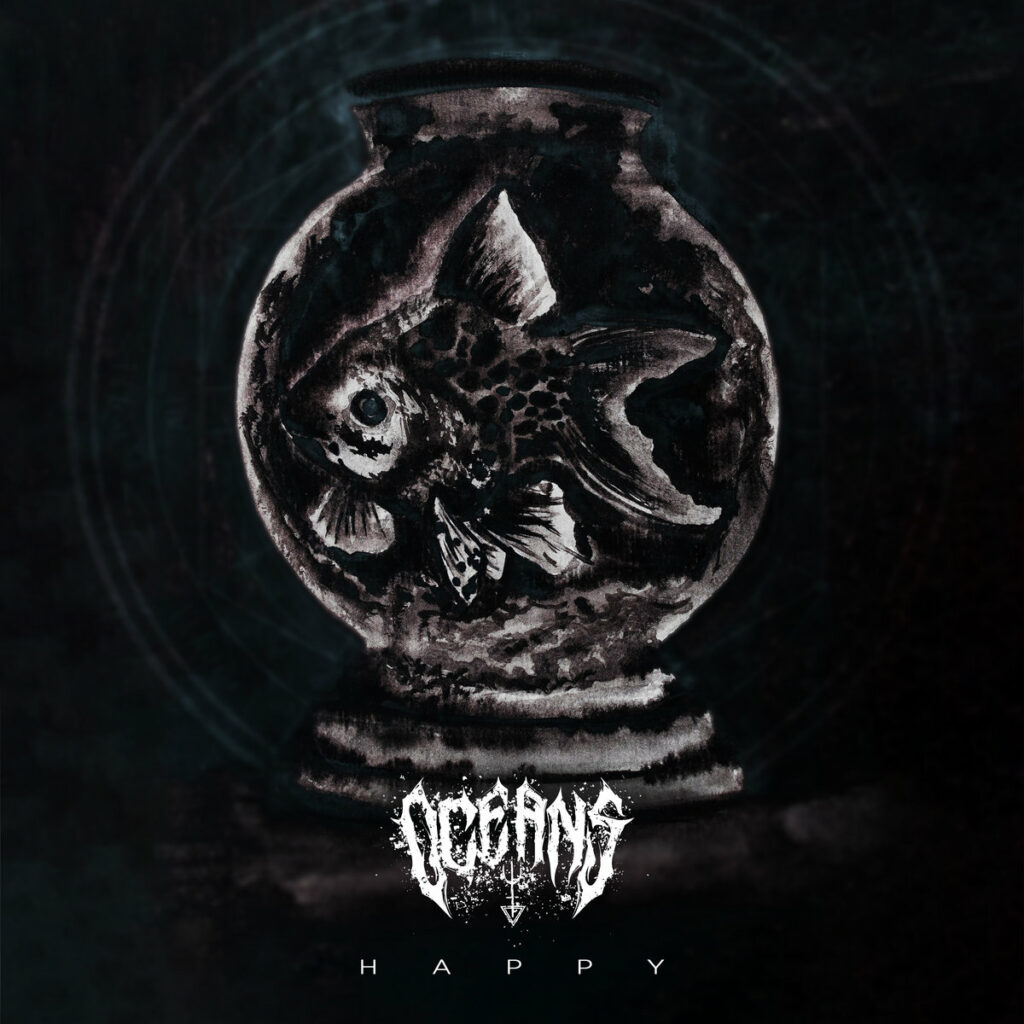
12) HAPPY, OCEANS (Bandcamp)
Since releasing one of my favourite albums back in 2020, OCEANS have been steadily releasing new music. Hell is Where the Heart Is represented a new chapter for the band, moving into a more nu metal-inspired sound, which also coincided with an increase in angst that led to some pretty cringy songwriting at times. HAPPY finds OCEANS leaning harder into the nu metal trappings, introducing some rap elements into the fold now. Unfortunately, this means that we get some of the cringiest music in their career with “SLAVES TO THE FEED”: “I’m sick and tired, this social media game is a charade / Fake personas, chasing fame, it’s all a masquerade / We’re scrollin’ through the timelines, dealing with our clicks / Validation is the drug, I’m breaking free from the fix”. As you can probably tell, HAPPY is largely about our relationship with social media and its effect on society and mental health. I’m very much receptive to an anti-social media song, but this kind of ham-fisted songwriting just comes across as dumb (contrast this with OMNI: Part I‘s artful approach to the topic). That said, I do find myself getting some guilty pleasure out of HAPPY: it’s extremely angsty, but in a way that feels sincere and the eclectic fusion of genres sounds good for the most part. This is definitely one of the messier releases of OCEANS’ career, but it’s still an enjoyable time.
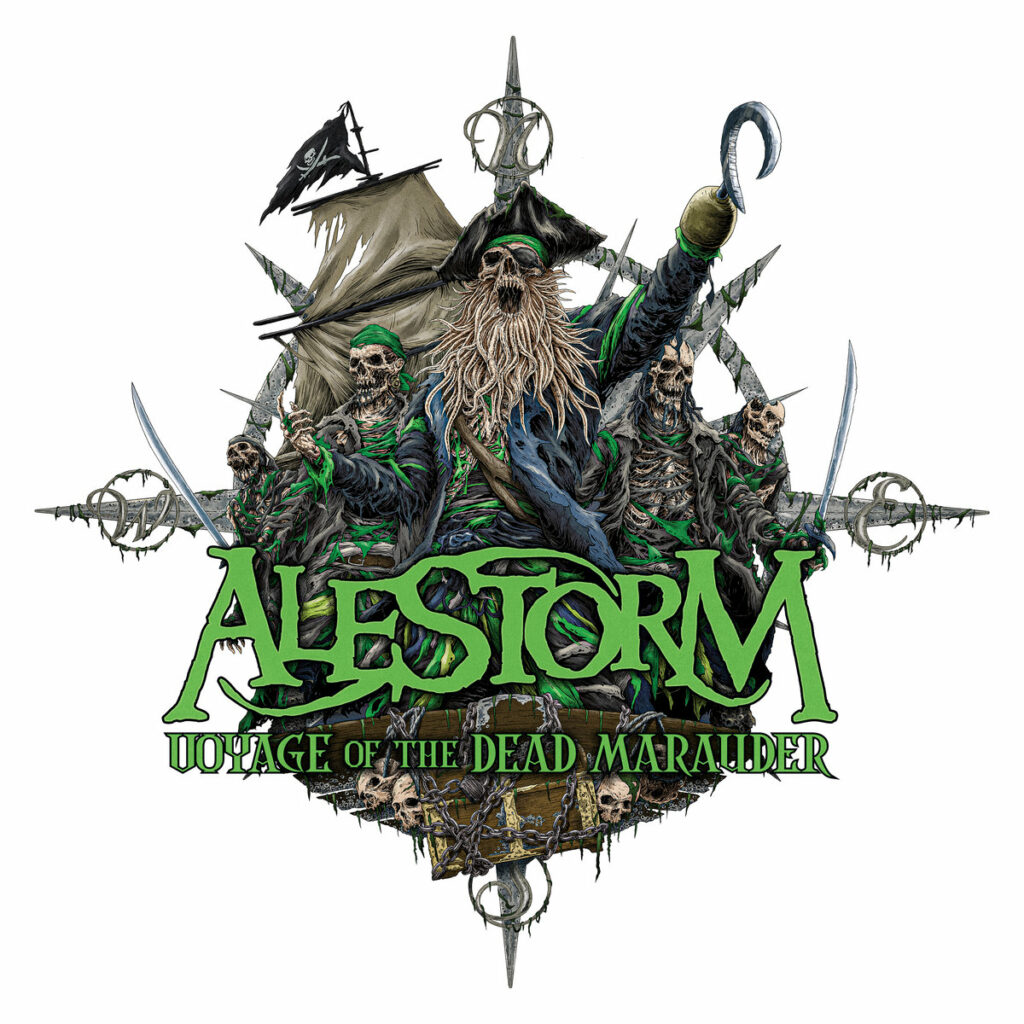
11) Voyage of the Dead Marauder EP, Alestorm (Bandcamp)
As I’ve said plenty of times now, Alestorm’s career has been pretty mixed for the past several years. On the one hand, you know exactly what to expect of them – the issue is whether the new music they deliver actually ends up any good. Voyage of the Dead Marauder acts like a little slice of their career as of late and, thankfully, it is mostly successful. On the one hand, we have their more “high-effort”, “serious” pirate metal tracks, exemplified with the titular “Voyage of the Dead Marauder”. Then there’s the goofier tracks and, as a Canadian, I’m happy to say that “The Last Saskatchewan Pirate” is one of the funniest songs Alestorm has ever put together. Meanwhile, “Uzbekistan” carries on their tradition of globe-trotting adventures, landing somewhere in the middle between serious and an outright joke, although the resulting song is a bit middling overall. Then there’s the video game soundtrack nostalgia bait, “Sea Shanty 2”. Of course, this is also a modern Alestorm release, so it has to have another “LOL, obscene!” track, and this is filled out with “Cock”… which is about as lame as you’d expect. Look, “Fucked With an Anchor” came out seven years ago and this is, at least, the third time we’ve gotten an attempt at copying it; are Alestorm fans really clamoring for a new one with every album? All-in-all, Voyage of the Dead Marauder doesn’t break any new ground, but for $5 it’s a worthwhile buy, even if only for the title track and “The Last Saskatchewan Pirate”.
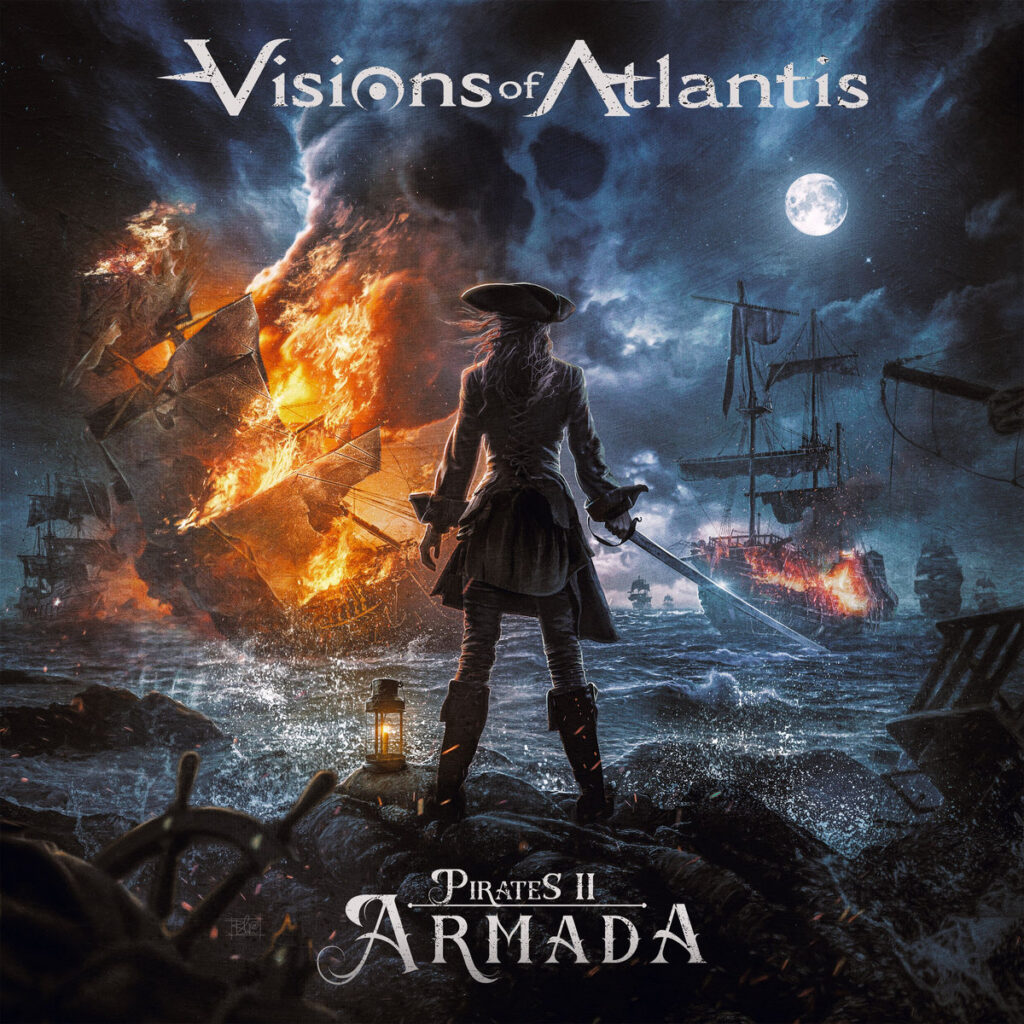
10) Pirates II: Armada, Visions of Atlantis (Bandcamp)
As I alluded to last year with Delain’s Dark Waters, I’m really hungry for some non-Alestorm pirate metal. I had checked out Visions of Atlantis’ Pirates a couple years ago, so I was interested to see what this follow-up would hold. Similar to Delain, Visions of Atlantis approach pirate-themed music through a symphonic metal lens, so if you’re familiar with that subgenre, you should know exactly what to expect: operatic female vocals, power metal vibes, string instrumentation, etc. In that regard, Pirates II is on the heavier side for symphonic metal, but doesn’t present anything particularly innovative. That said, there are some really solid tracks here, such as “The Land of the Free” and “Tonight I’m Alive”. If you’re getting bored of Alestorm’s extremely tongue-in-cheek take on pirate metal, then Pirates II should help scratch that itch.

9) Wake Up the Wicked, Powerwolf (Bandcamp)
It’s another year, so that means that Powerwolf obviously put out another album to milk their rabid fanbase. This time we get Wake Up the Wicked, which feels like a throwback to Blood of the Saints, in contrast to their last couple albums, which have been experimenting with the boundaries of Powerwolf’s traditional sound. On the one hand, this means that Wake Up the Wicked is not breaking any new ground – every song sounds like a Powerwolf song, it’s all very familiar. On the other hand, this is Powerwolf – they’re very good at what they do, and even with all this well-trodden ground, they’re still making really enjoyable songs, like “Bless ’em With the Blade”, “1589”, and especially “Thunderpriest”. All-in-all, it’s Powerwolf: if you like them, you’re gonna like this. If you don’t like them, there’s nothing here that you haven’t heard before.
Also, I feel the need to say that Powerwolf usually have some of the best deluxe albums in the industry, featuring entire bonus albums of cover tracks, either by Powerwolf themselves, or by various friends and peers. Unfortunately, Wake Up the Wicked‘s deluxe edition is underwhelming in comparison, only having a live album and orchestra versions of the album tracks. This isn’t nothing, but Powerwolf have set the bar so high that it feels relatively disappointing and is worth noting.
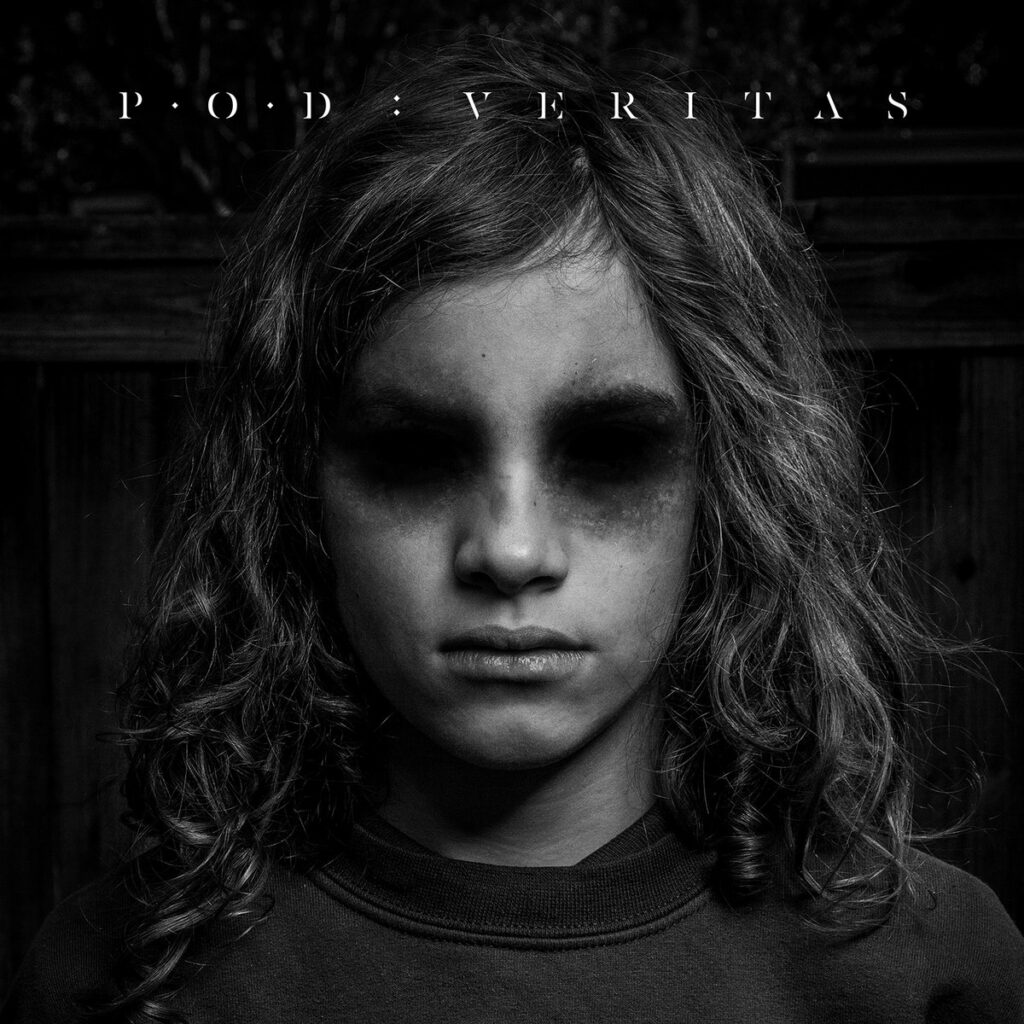
8) VERITAS, P.O.D. (Bandcamp)
As a long-time P.O.D. fan, it’s been sad seeing a band, which was once on top of the world, struggle for any relevance for nearly twenty years now. VERITAS marks the first time since at least 2012’s Murdered Love that P.O.D. has gotten an actual marketing push behind them, with several singles released to hype up the album. P.O.D. always does something different with each new release, but VERITAS sees the band leaning into their a heavier, more straight-forward hard rock side (in fact, their signature reggae elements are practically non-existent this time around). The highlight of the album is easily “AFRAID TO DIE”, featuring some of the strongest music and lyrics that the band has put out in the last decade, which has made it the band’s biggest hit in years. Other highlights include “DROP”, which is one of the heaviest tracks P.O.D. have ever put out (featuring Randy Blythe of Lamb of God, no less), “LIES WE TELL OURSELVES”, and “I WON’T BOW DOWN”. Other tracks are fine, but unremarkable, like “I GOT THAT”, “LAY ME DOWN”, and “THIS IS MY LIFE”. The album itself is barely over half an hour, so it doesn’t last very long (nor does it outstay its welcome). Overall, VERITAS has some great tracks on it, but they’re offset by an equal number of unmemorable tracks, making for a bit of a mixed bag in the end. Still, it’s heartwarming to see P.O.D. getting some recognition again and I hope that they can really capture that success when the next album cycle rolls around.
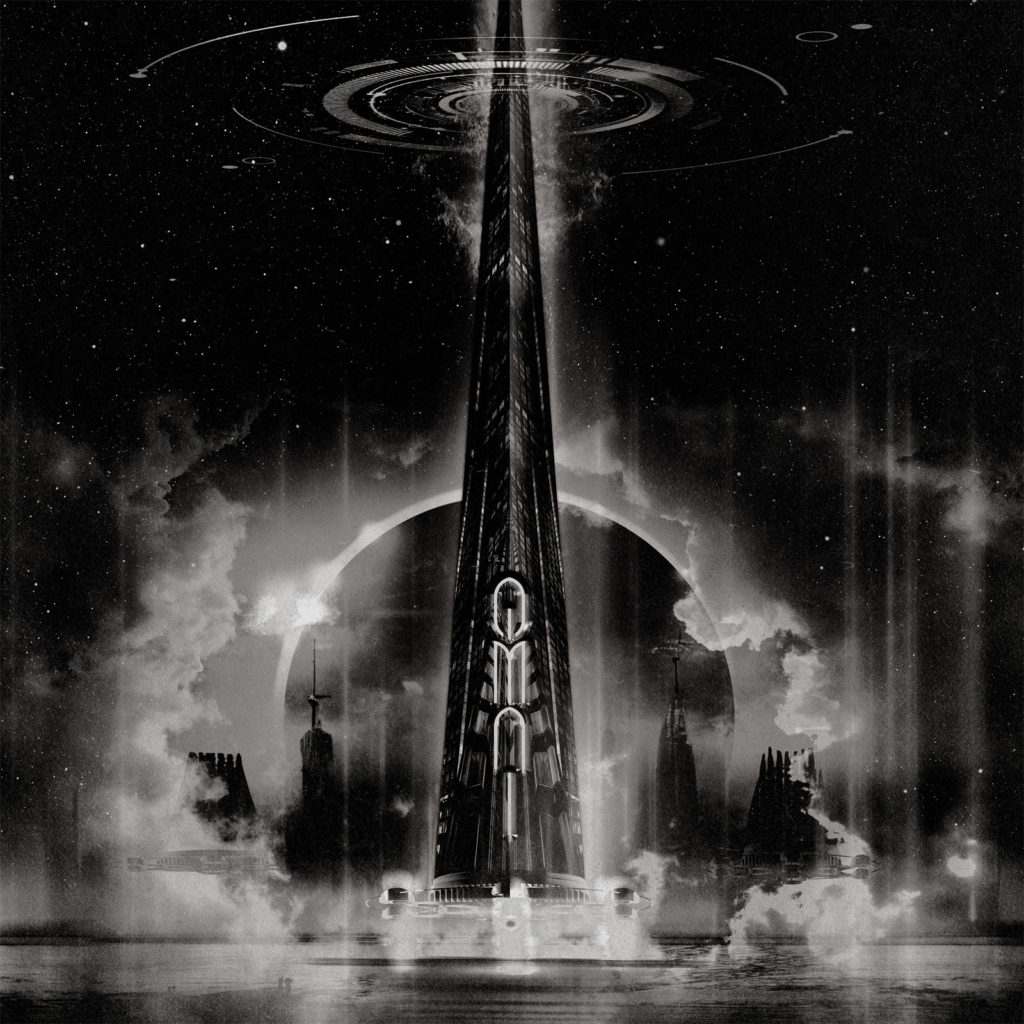
7) OMNI, Pt. 2, Project 86
I’ve had very complicated feelings about Project 86 and OMNI, but I went over those in last year’s album list, so I’m not going to repeat it here again. Suffice to say, we’re back for what is apparently Project 86’s final studio album, bringing another round of social media paranoia and heavy metalcore music. Unsurprisingly, this release is very much a “part two”, carrying on immediately from where the first album left off and making for a seamless double album listen. Pt. 2 is largely the same as the previous album, although it does differentiate itself a bit by not being bogged down by extended interludes, and is even heavier, angrier, and even more paranoid than the previous album was. Unfortunately, I’m still soured on Project 86 for aforementioned reasons, so while I can acknowledge that this is a solid album, I’m sad that I can’t enjoy it the way I’d like to. Maybe someday I’ll be able to look back on Project 86 with different eyes and, at that time, OMNI will stand as a beacon marking the end of an impressive career.
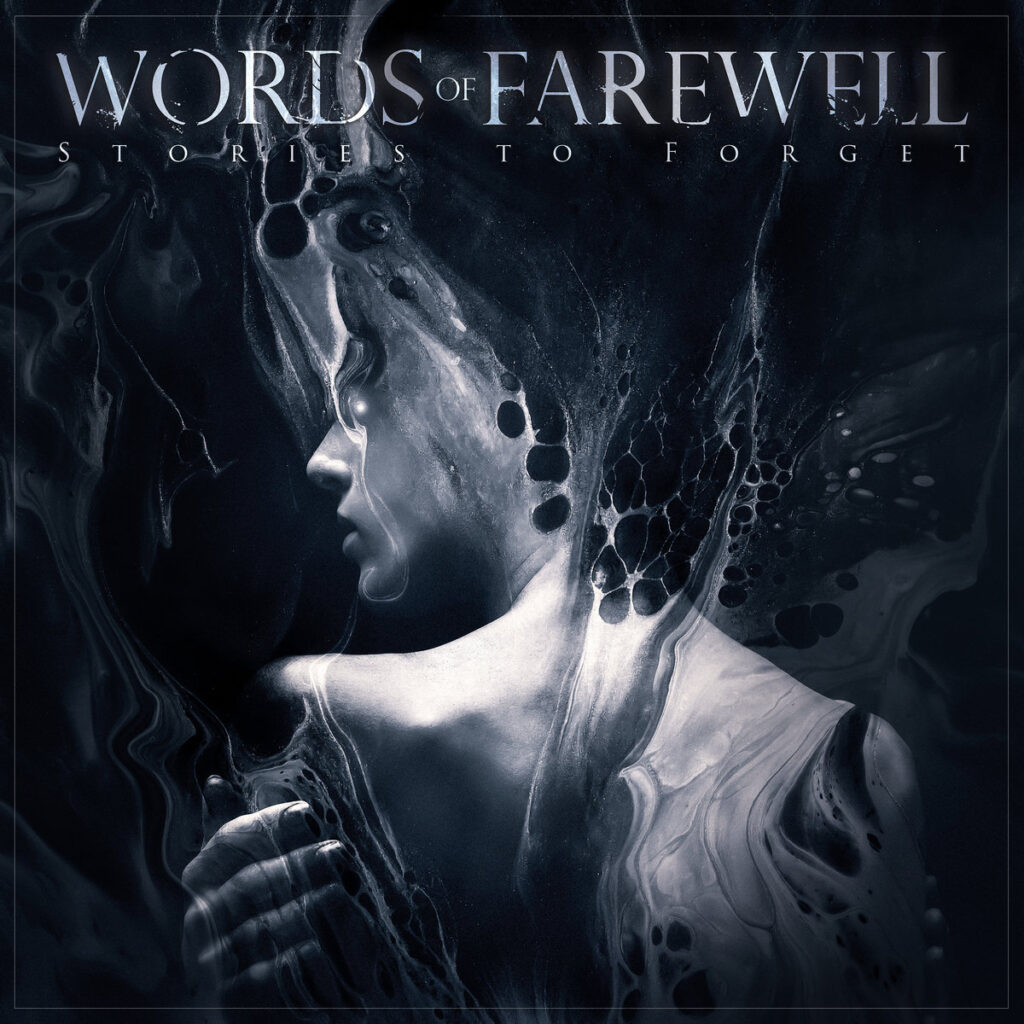
6) Stories to Forget EP, Words of Farewell (Bandcamp)
Words of Farewell have a pretty well-established sound at this point, putting out epic, industrial-tinged, melodic death metal. I’ve always enjoyed their new releases, and Stories to Forget is more of the same in that regard. From the opening moments, Stories to Forget is clearly Words of Farewell doing what they do well, but damn if it is not enjoyable. My favourite tracks here include “A Lesser King” and “Mono No Aware”, but you really can’t go wrong with any track on Stories to Forget. Also of interest is “This Mirage, My Likeness”, which is basically a cover of “This Shadow My Likeness” from their album A Quiet World, but given a very different sound which makes it an interesting companion piece. All-in-all, Stories to Forget is not reinventing the wheel, but it is an enjoyable little collection of solid music that is sure to please any fans of Words of Farewell.
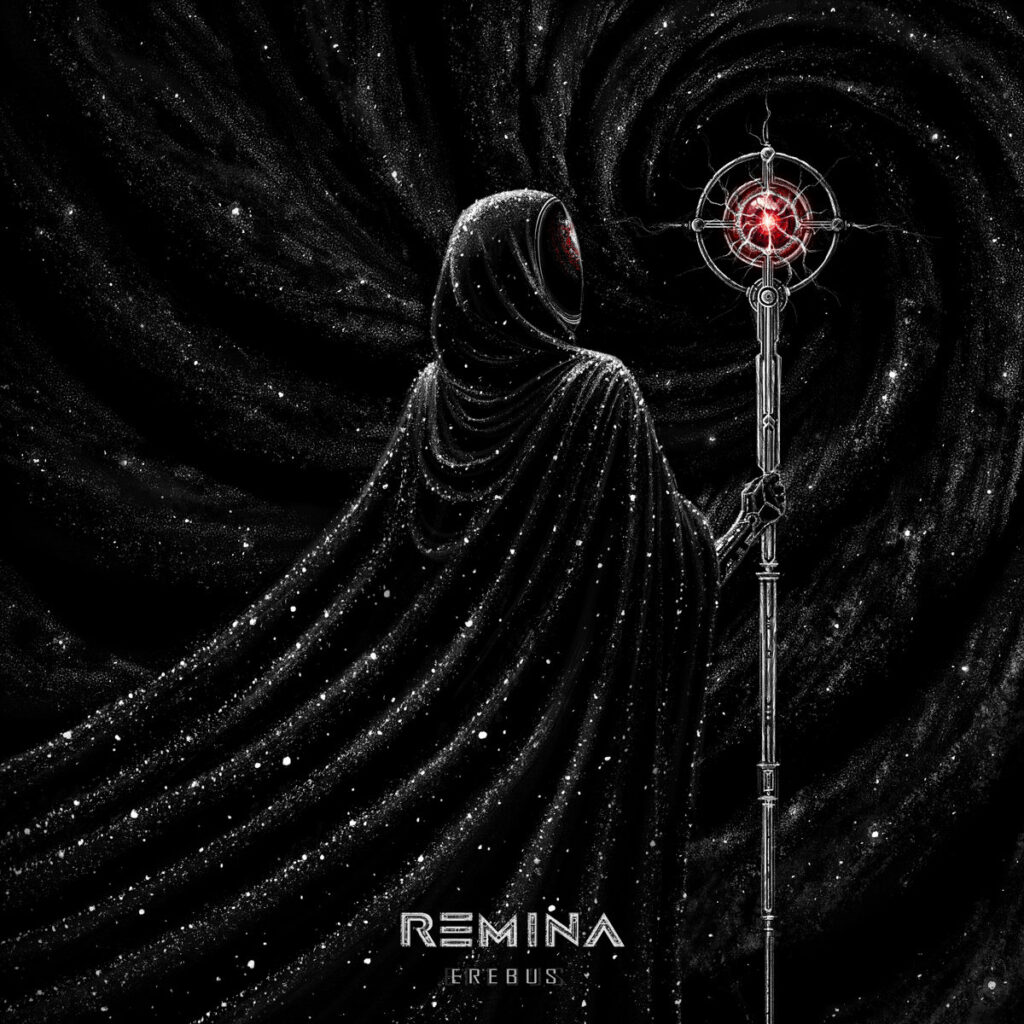
5) Erebus EP, REMINA (Bandcamp)
Since REMINA’s debut album released in 2022, I’ve found myself drawn back to STRATA again and again as a go-to chill, melancholy, atmospheric listen. Suffice to say, I’ve been looking forward to their next project ever since. Erebus is a stop-gap release of sorts, songs that were produced as part of an upcoming album, but which did not fit with the album’s themes. Rather than discard them, REMINA decided to release them as their own stand-alone thing. As a result, Erebus does have a somewhat incoherent feel to it, but the tracks that we have gotten are solid. REMINA are clearly trying to expand their sound beyond the atmospheric, chill, haunting, cosmic doom they established on STRATA, which is best exemplified with this EP’s title track and “Siren’s Sleep”. “Cinderfall” hews closer to what I’d expect from this band, but “Siren’s Sleep” is really the highlight here. It has a more traditional doom metal sound to it and features male vocals which contrast well with Heike Langhans’ poignant voice. If this is what REMINA’s cast-offs sound like, I cannot wait for the full album to get into my hands.
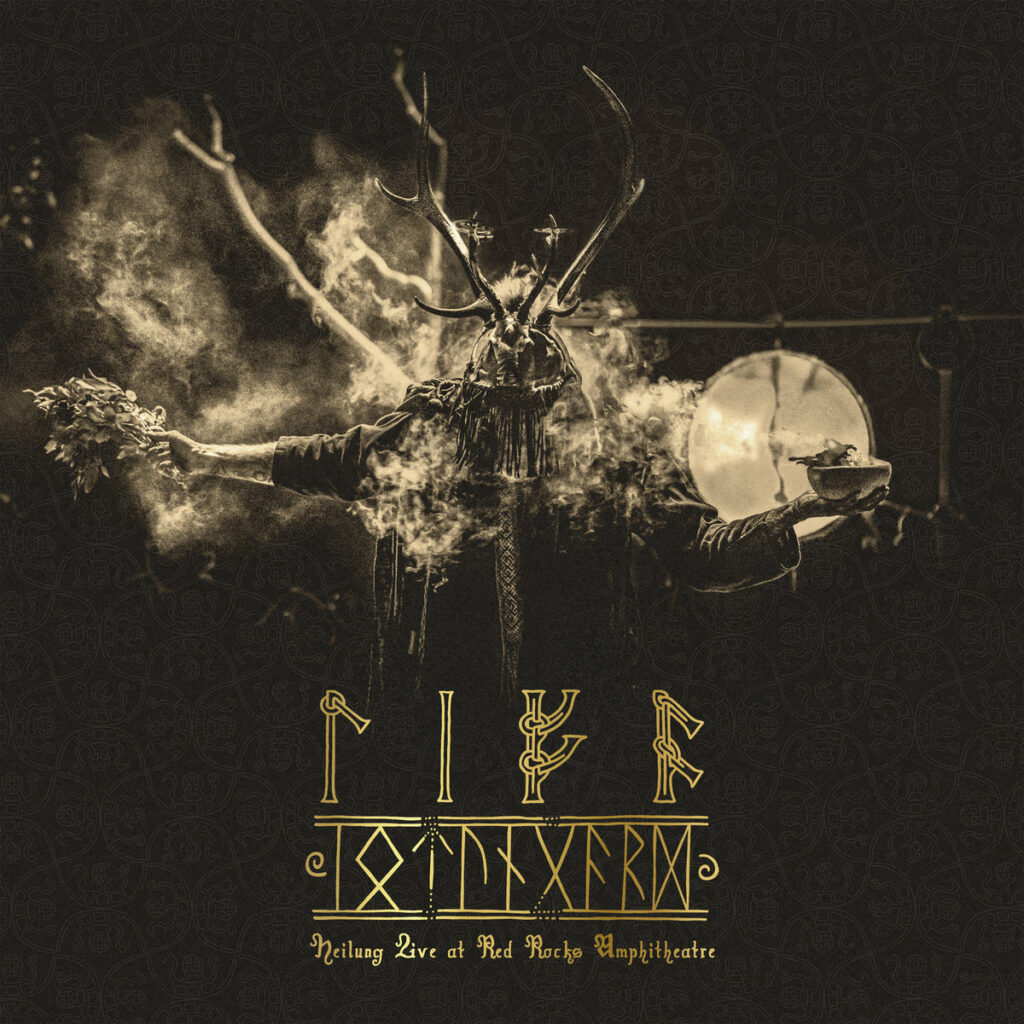
4) LIFA Iotungard (Live), Heilung (Bandcamp)
The original LIFA is easily my favourite Heilung release: the live setting works so well for their style of ritualistic, Neolithic folk music. Naturally, when I heard that Heilung were releasing a second live album, I was excited to see if it could capture that same sort of energy. While I can say that, for the most part, LIFA Iotungard succeeds, there’s a couple nagging issues which make me enjoy it less than I’d like. First of all, the quality of the recording is a bit worse compared to LIFA, sounding like some of the performers aren’t mic’d up and are getting recorded from halfway across the venue. Secondly, there is a lot of overlap in the setlist between LIFA and Iotungard, with only four new tracks added to this set. If this is your first Heilung experience, then you probably won’t mind, but if you’re like me and have listened to LIFA many times over the years, it’s probably a bit disappointing, especially since new tracks like “Svanrand”, “Norupo” and “Traust” are major highlights here. It also probably doesn’t help that this was performed and recorded in 2021, long before Heilung released Drif, so their options for new songs to perform was more limited than it would have been if they had released a more recent live recording. Really though, this is largely nitpicking – LIFA Iotungard is a spellbinding listen from start to finish. If you have not listened to Heilung before, then you owe it to yourself to experience the hypnotic splendor of tracks like “Alfadhirhaiti”, “Othan” and “In Maidjan”, especially in a live setting like this.
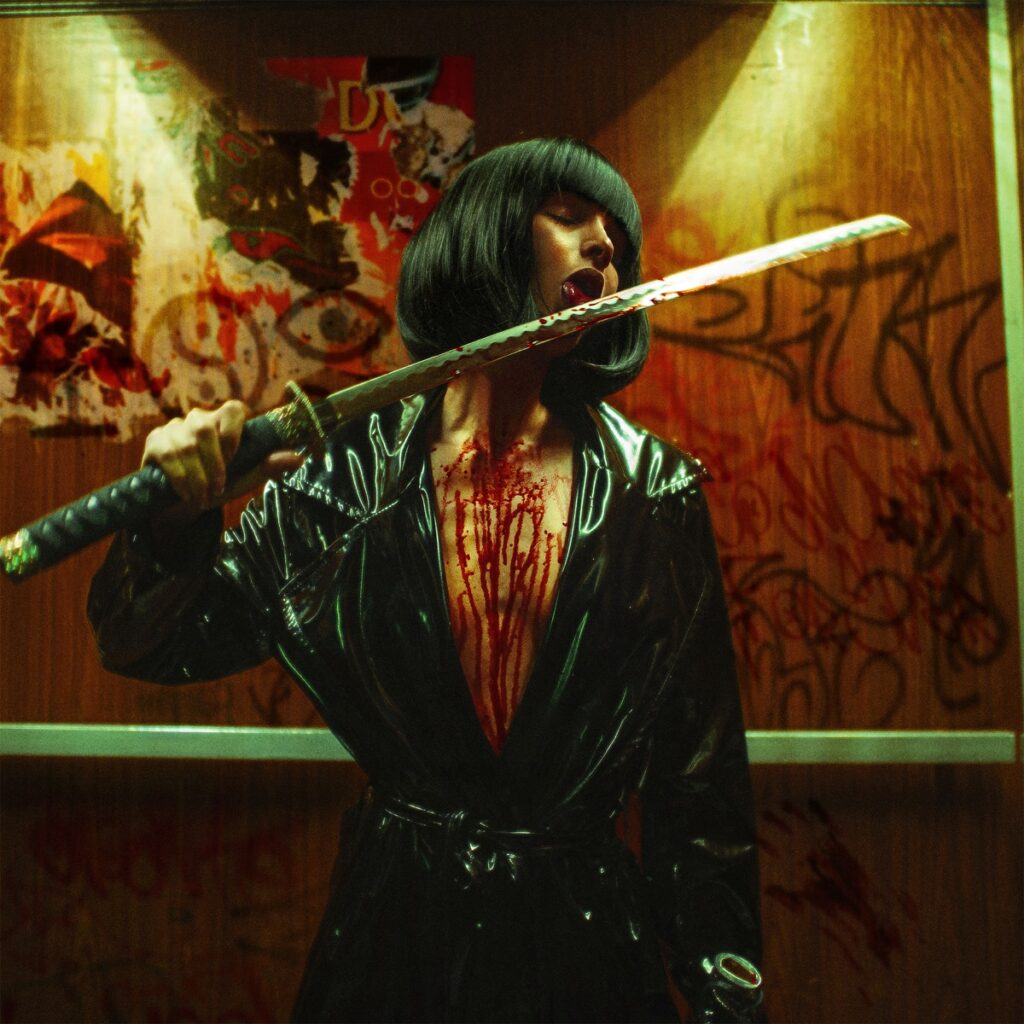
3) CONCRETE JUNGLE [THE OST], Bad Omens
Since topping my list of best albums of 2022, Bad Omens have found themselves become arguably the biggest new band in metal, leading the charge for a new movement of pop-metal fusion bands. It’s kind of a cool moment for me, because I’ve never had a band I liked suddenly become popular. Interestingly, Bad Omens have decided to follow-up this success with an experimental album which gives me some hope for the band’s future. My biggest hang-up with The Death of Peace of Mind was always that I feared that Bad Omens would drop their metal roots altogether, but CONCRETE JUNGLE [THE OST] suggests a future where Bad Omens doubles down on the pop elements and the metal elements simultaneously, which is enticing to say the least.
CONCRETE JUNGLE [THE OST] is basically a three-part “expansion pack” to The Death of Peace of Mind, featuring new tracks, remixes, and some live performances, for a meaty, hour-and-a-half release. The remixes and live tracks are all what you’d expect, so I won’t labour on them, but the real meat of this release is in the nine new tracks (one of which is a cover of a song from the first Bad Omens album). These new tracks have a distinctly cyberpunk feel to them, weaving pop, metal, and industrial elements together in a way that just bores into your skull and stays there. My favourite of the bunch is “THE DRAIN”, which has an absolutely killer, heavy bassline which you can’t help but headbang along to. Other highlights here include the infectious “V.A.N.”, “ANYTHING > HUMAN” , and the heavy EDM stylings of “NERVOUS SYSTEM”. Really, for an album billed as an experimental supplement, CONCRETE JUNGLE [THE OST] is brimming with ideas and great music and makes for a great listen in its own right. Add in the fact that they also threw in an entire album of remixes AND an entire live album as gravy, and this release is just an absolute treat. I may have had some hesitation about Bad Omens’ future after TDOPOM, but after CONCRETE JUNGLE [THE OST], I can’t wait to see what the band has in store for us going forward.
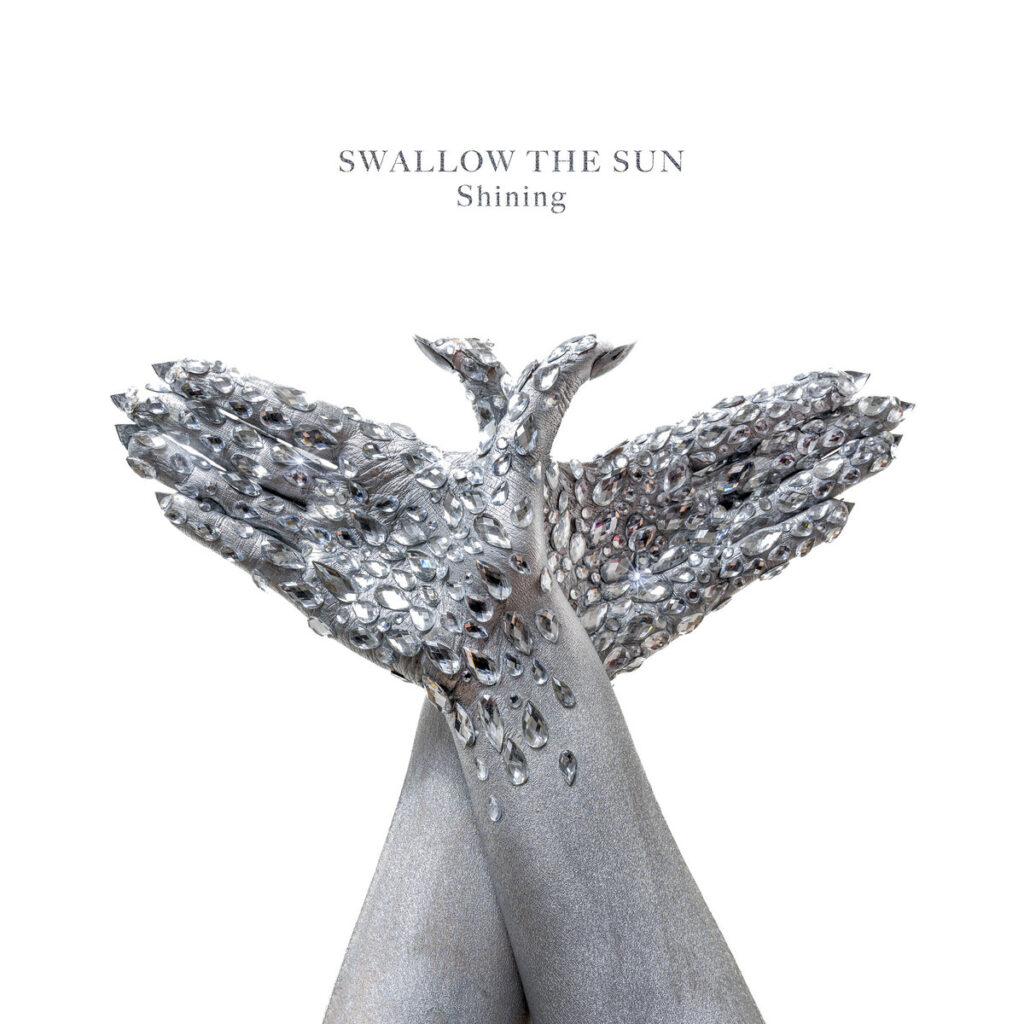
2) Shining, Swallow the Sun (Bandcamp)
Since I discovered them in 2020, Swallow the Sun have become one of my all-time favourite bands. Their brand of doom metal mixes beauty and melancholy in such an evocative way. Their past couple albums have been grappling with the tragic passing of Aleah Stanbridge, the partner of songwriter Juho Raivio, which has clearly affected the band’s musical output. Moonflowers was particularly dour and depressing, but it seems like Swallow the Sun have turned the page for Shining. If I had to liken it to one of their previous albums, I’d say it’s closest to Emerald Forest and the Blackbird: it’s still definitely extreme/doom metal, but there’s much more of a focus on melody and catchy songwriting (“Under the Moon & the Sun” is probably the best example of this). Every track here is solid and easy to listen to, to the point where I’d argue that this is the most accessible Swallow the Sun album ever put out. So what are you waiting for then? If you haven’t listened to Swallow the Sun yet, then there’s no better time than now!
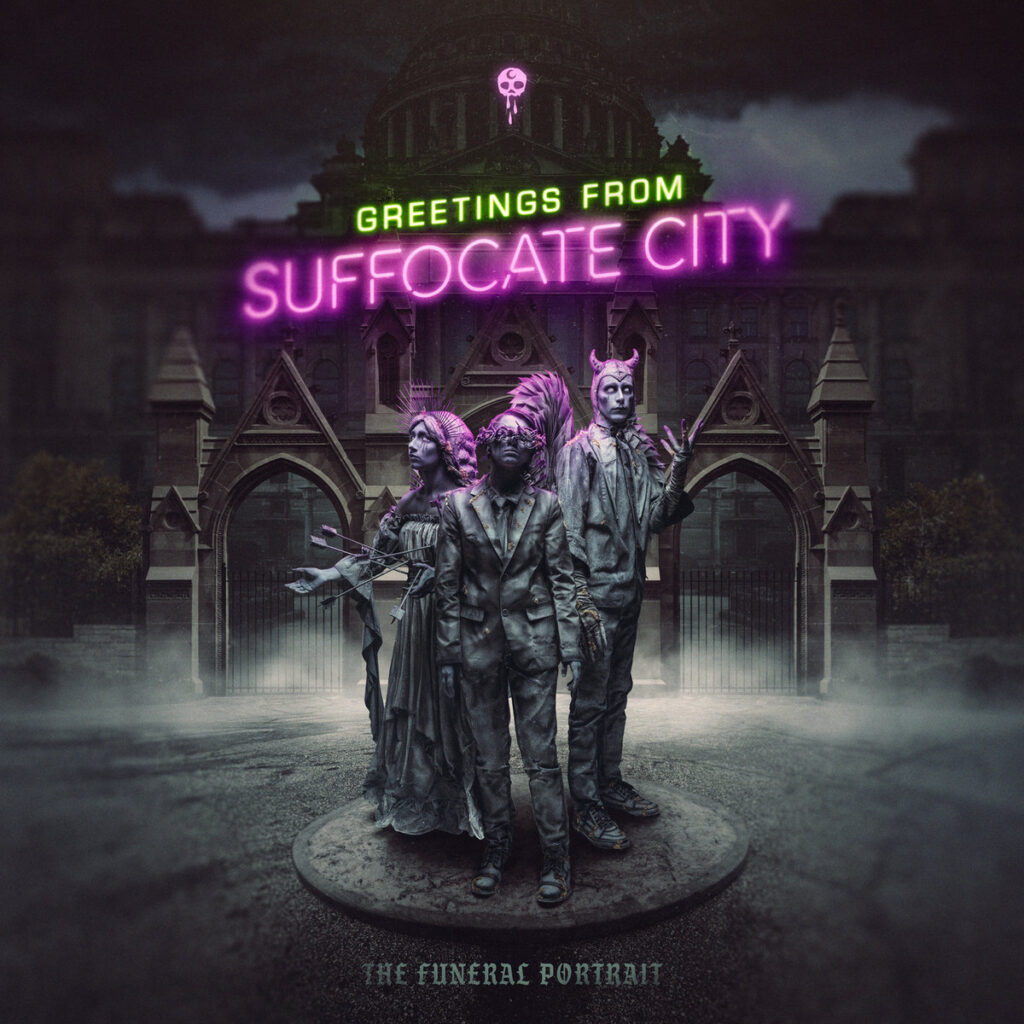
1) Welcome to Suffocate City, The Funeral Portrait (Bandcamp)
Earlier this year, one of my friends excitedly recommended me a song they had discovered. I decided to check it out and that was my introduction to The Funeral Portrait. I really dug their emo rock sound and hungrily devoured every song they had put out. They reminded me a lot of early Marilyn Manson, except not garbage and without the edgelord pontification. It looks like I got onto the train just in time, because shortly thereafter, The Funeral Portrait were an up-and-coming supporting act for big bands and they announced their first big album in years, Greetings From Suffocate City. About half of the tracks on it had already been released as singles, and they were all great, so I already knew that this was album of the year material for me.
Greetings From Suffocate City is just packed front to back with great rock tracks. “Holy Water”, “Greetings From Suffocate City”, “You’re So Ugly When You Cry”, “Happier Than You”, “Alien”, and “Generation Psycho” are all well-worth a listen and any one of them would easily be stand-outs on a weaker album. In my opinion, the diamond that shines the brightest is “Dark Thoughts”. This is the track that first got me into The Funeral Portrait. For the album release, they’ve turned it into a duet with Danny Worsnop, which compliments the track’s bluesy feel. It’s easily one of my favourite tracks of 2024, but “Voodoo Doll” is a close second, with a powerful message which is made all the better with the soaring guest vocals from Eva Under Fire. Greetings From Suffocate City is a triumph and I hope it heralds great things for The Funeral Portrait going forward.
If you liked this article…
I hate ads. You hate ads. In order to stop polluting my site with obtrusive and annoying ads, I’ve elected to turn them off on IC2S. That said, writing still takes time and effort. If you enjoyed what you read here today and want to give a token of appreciation, I’ve set up a tip jar. Feel free to donate if you feel compelled to and I hope you enjoyed the article! 🙂
